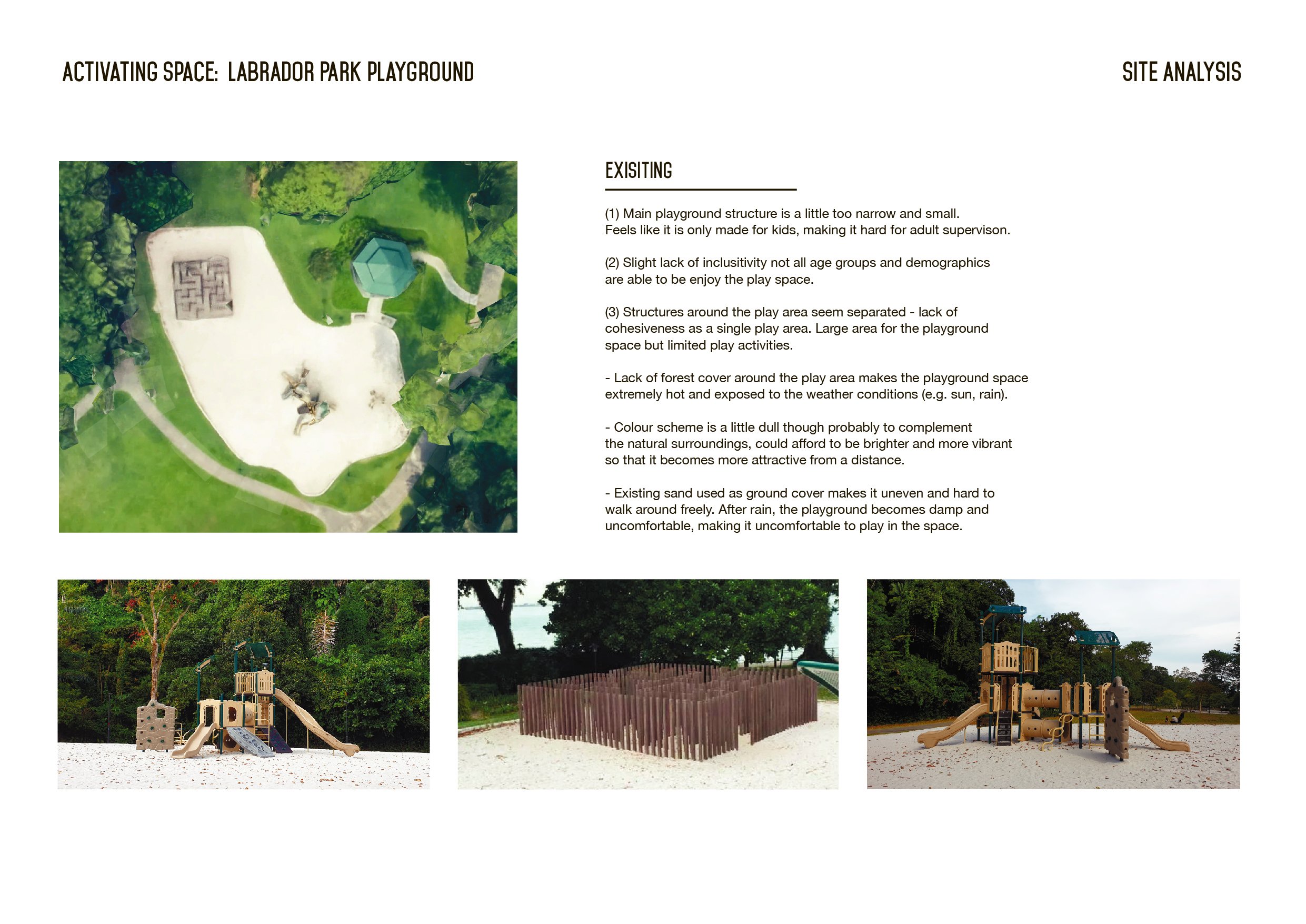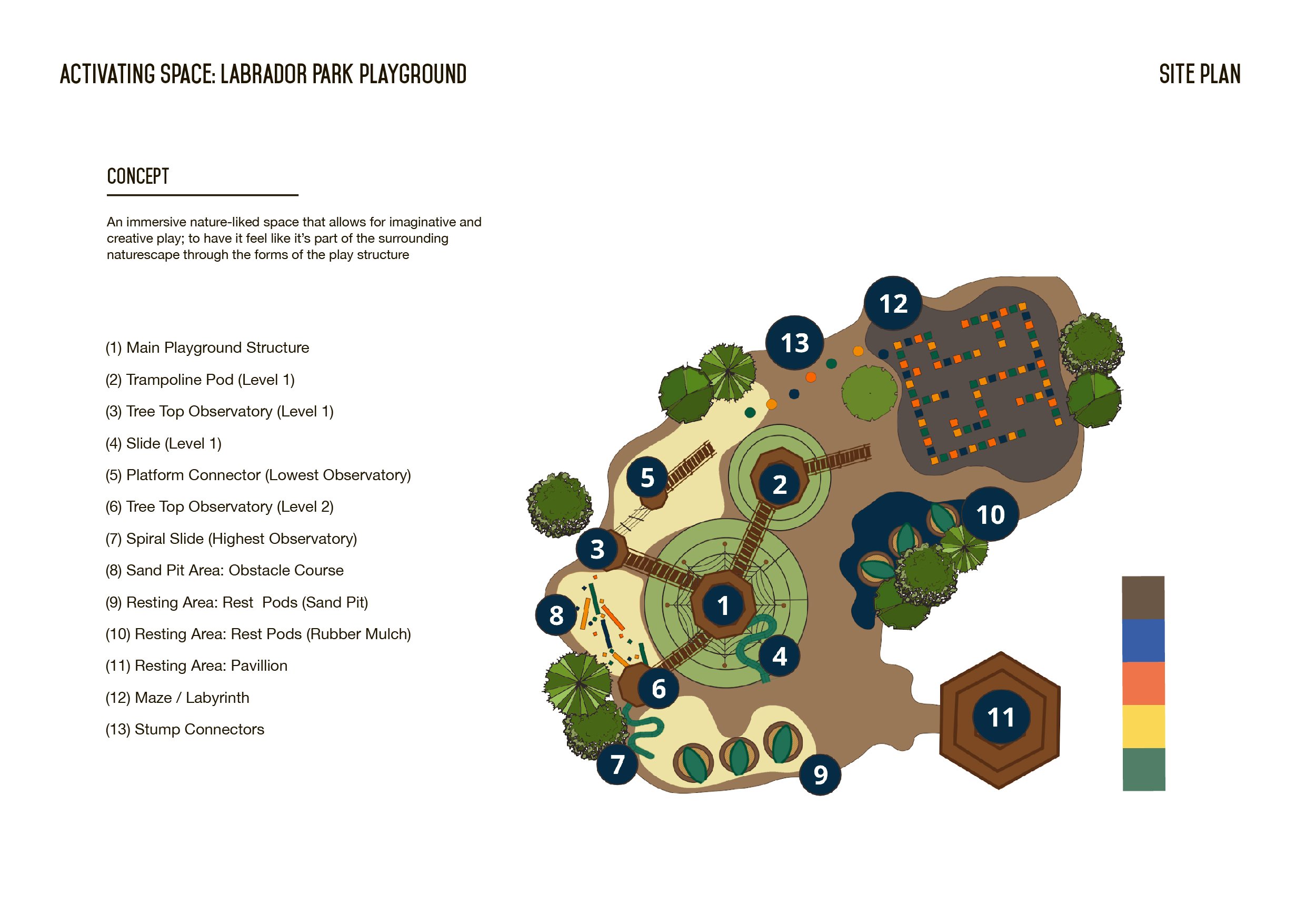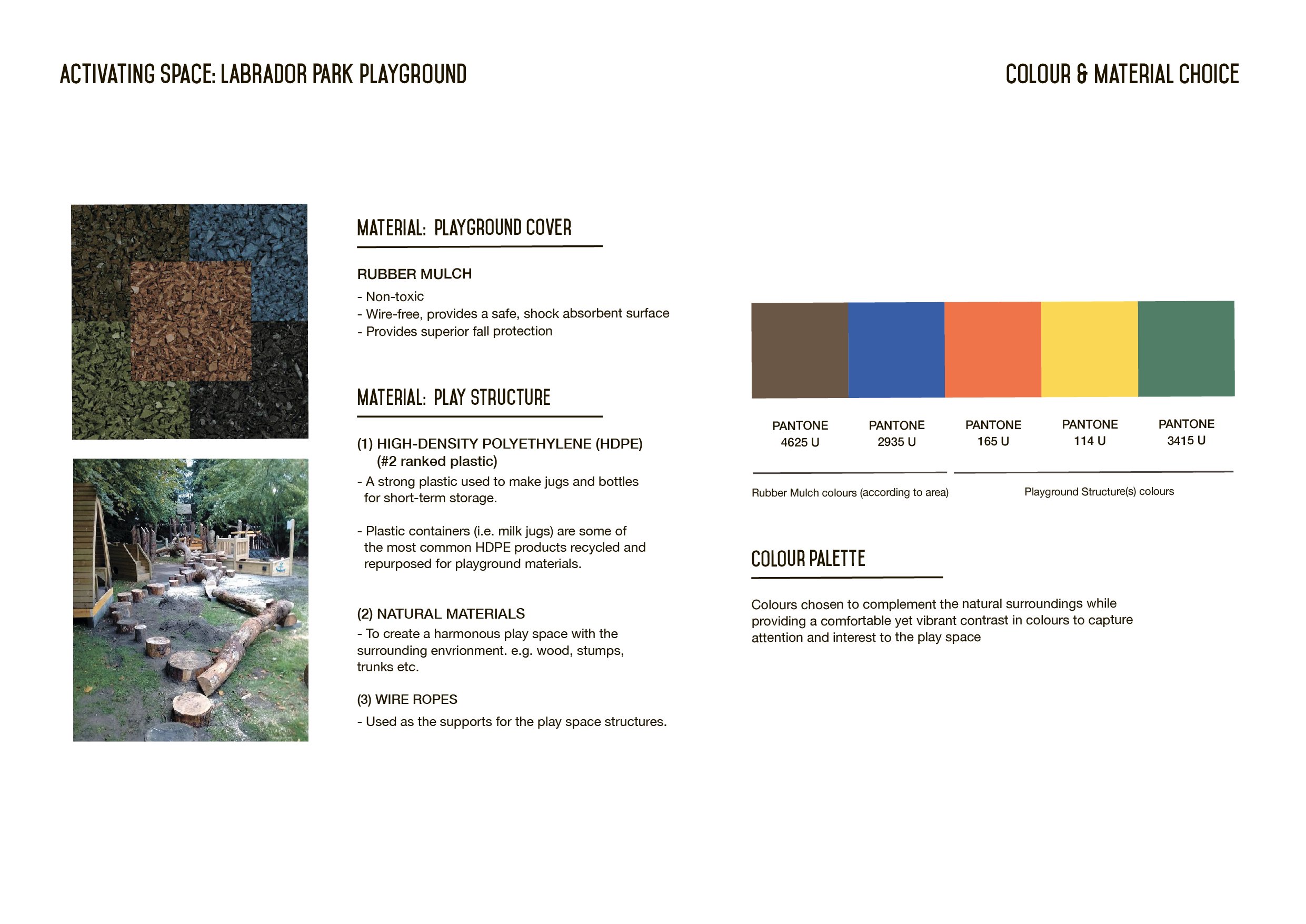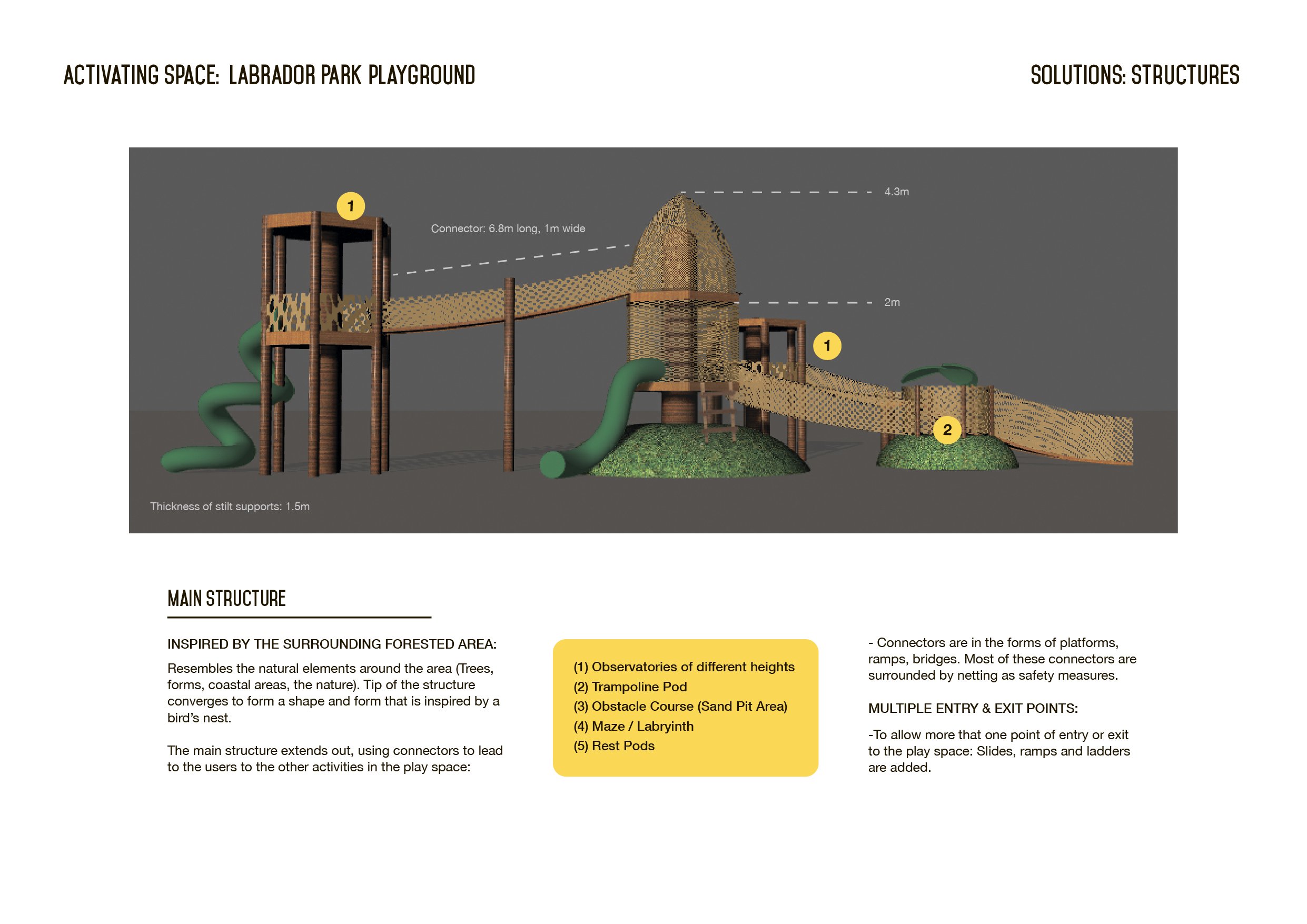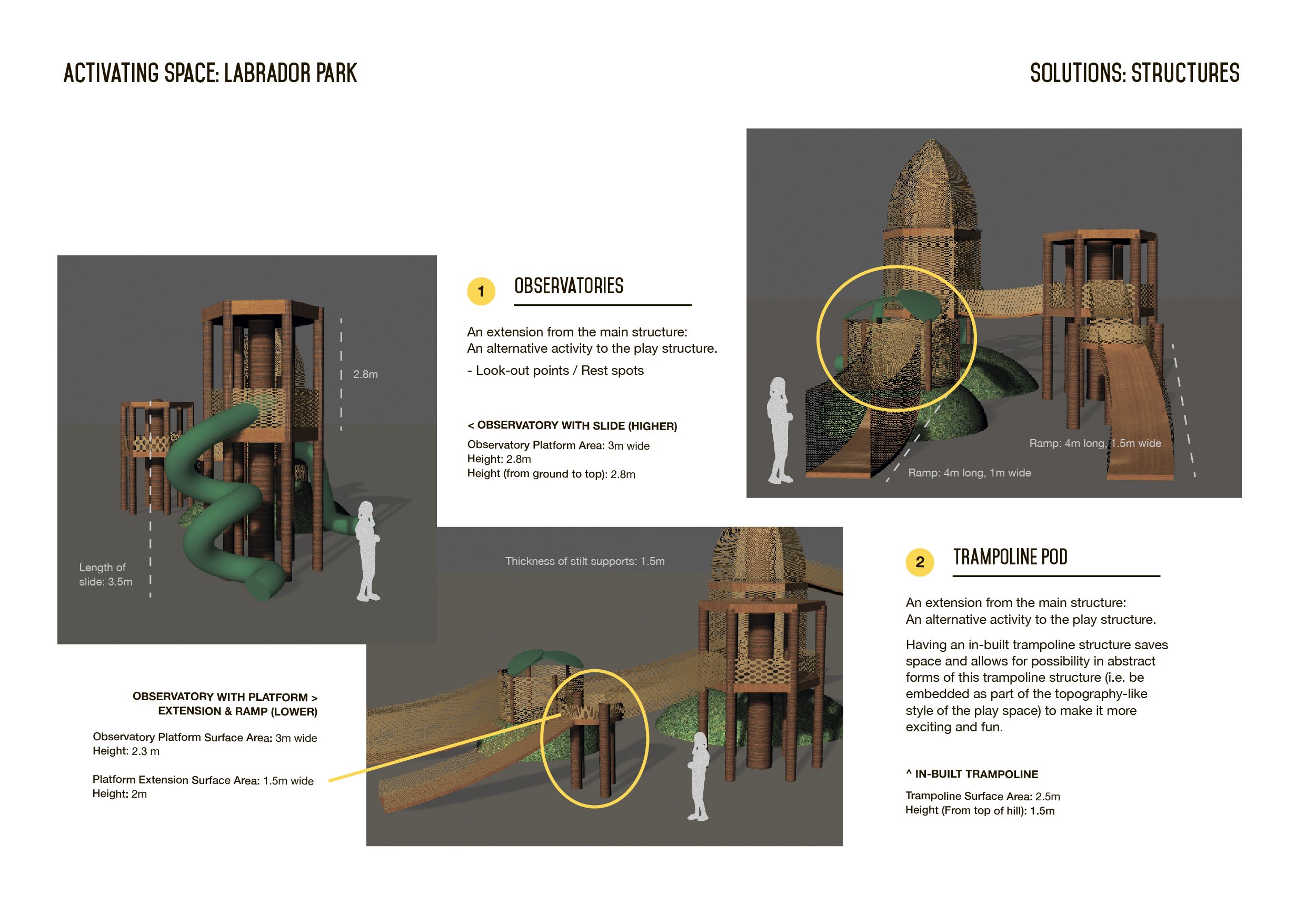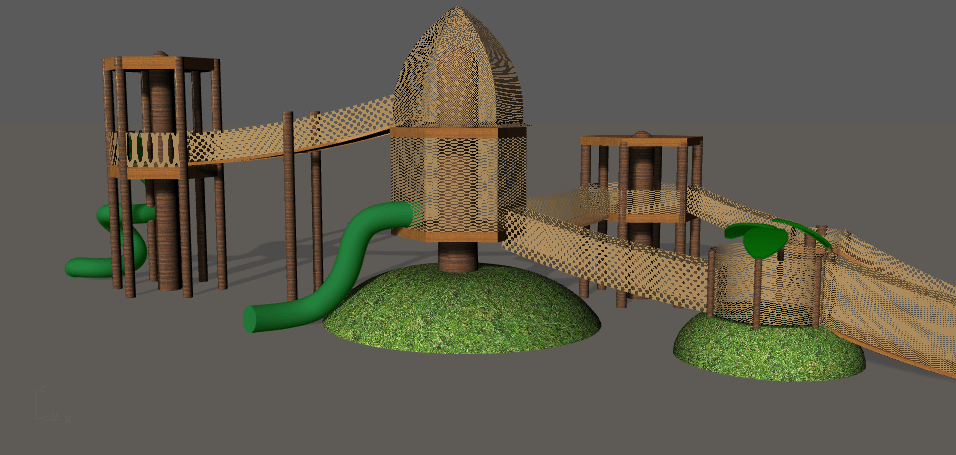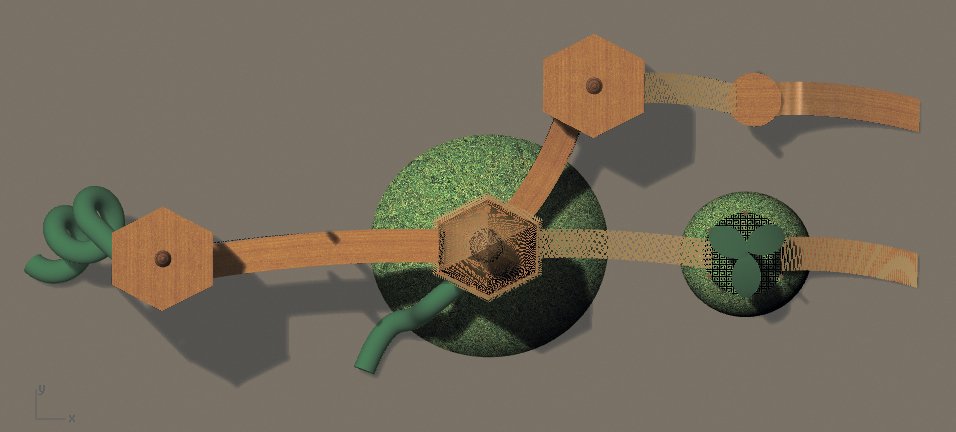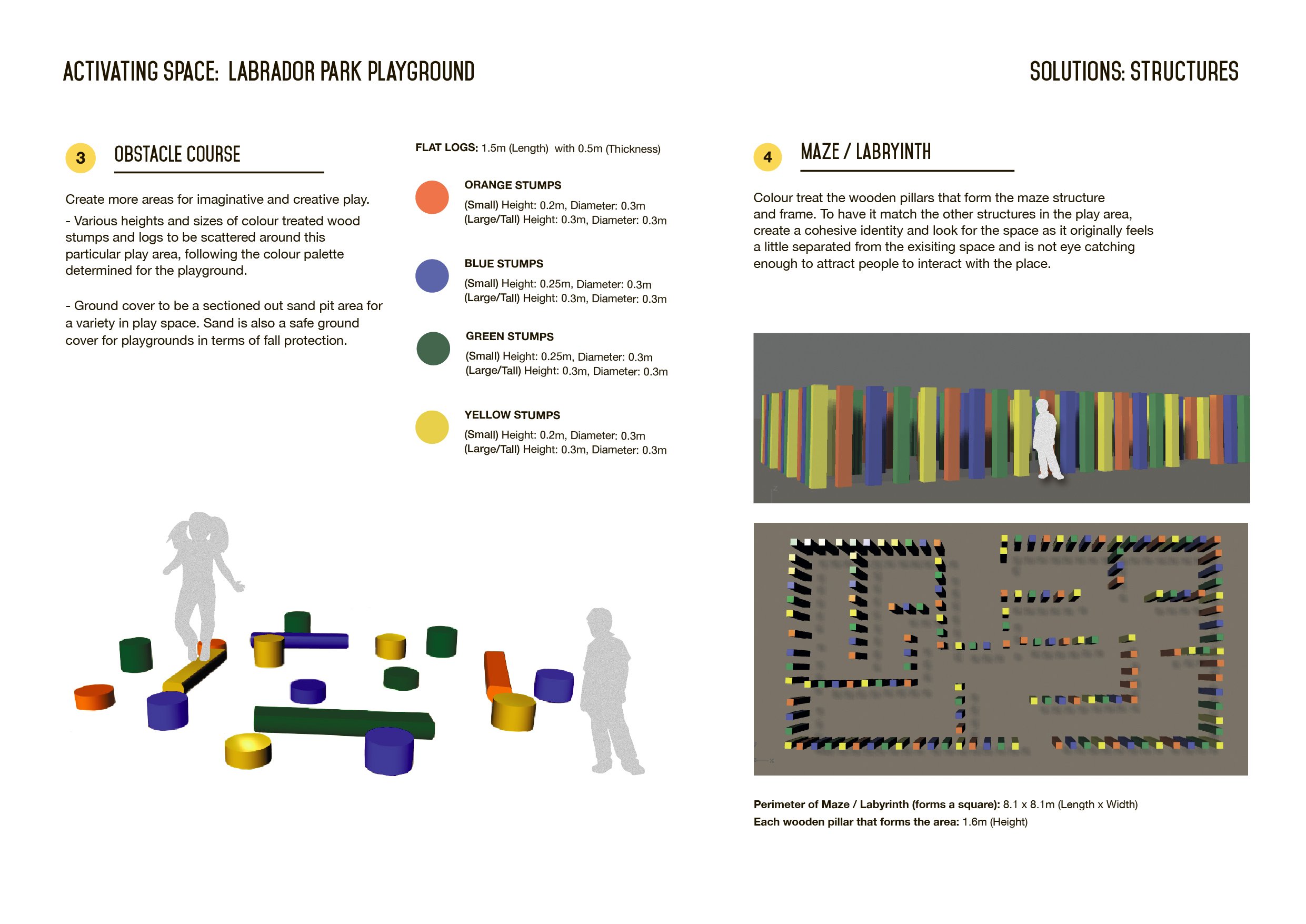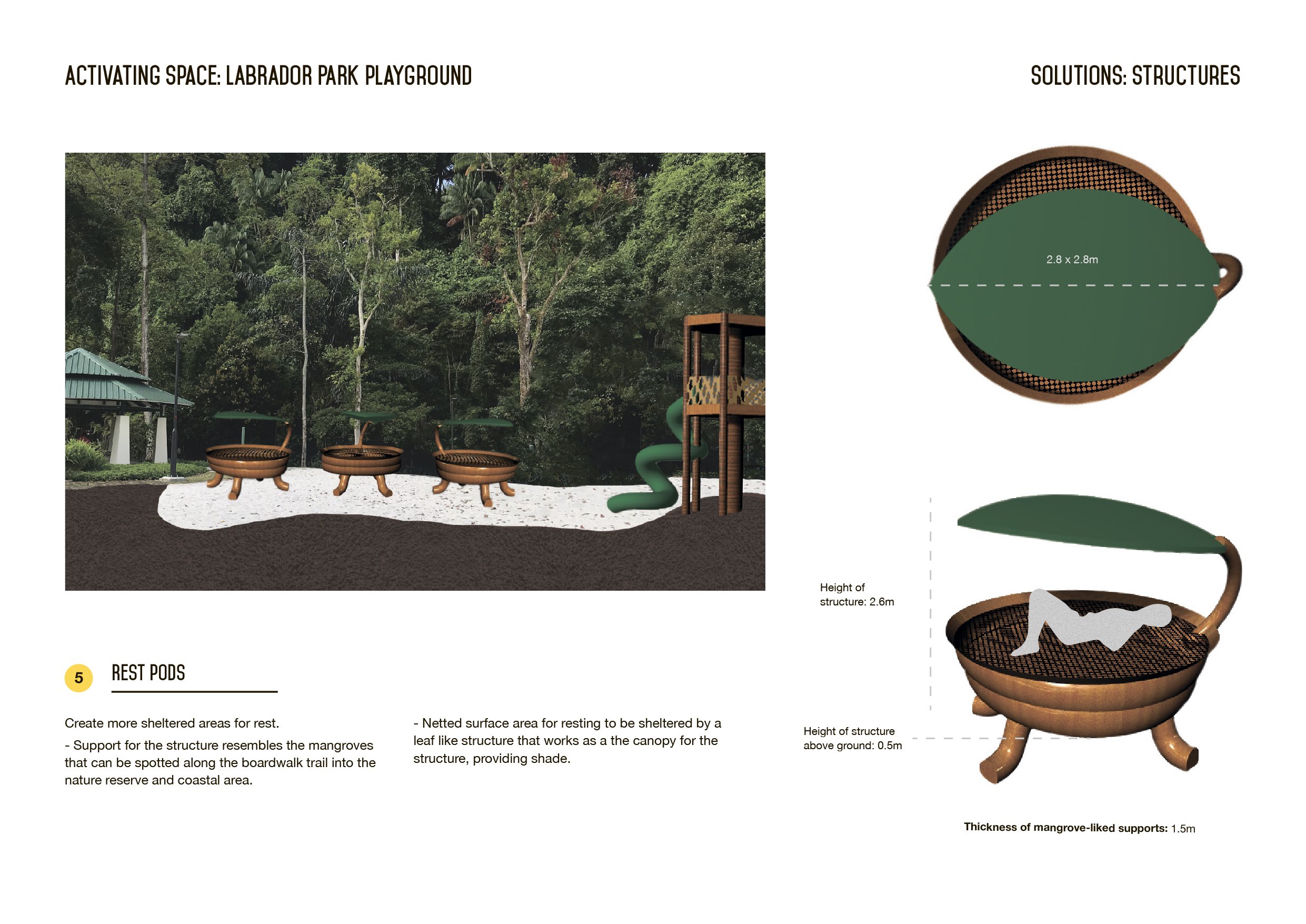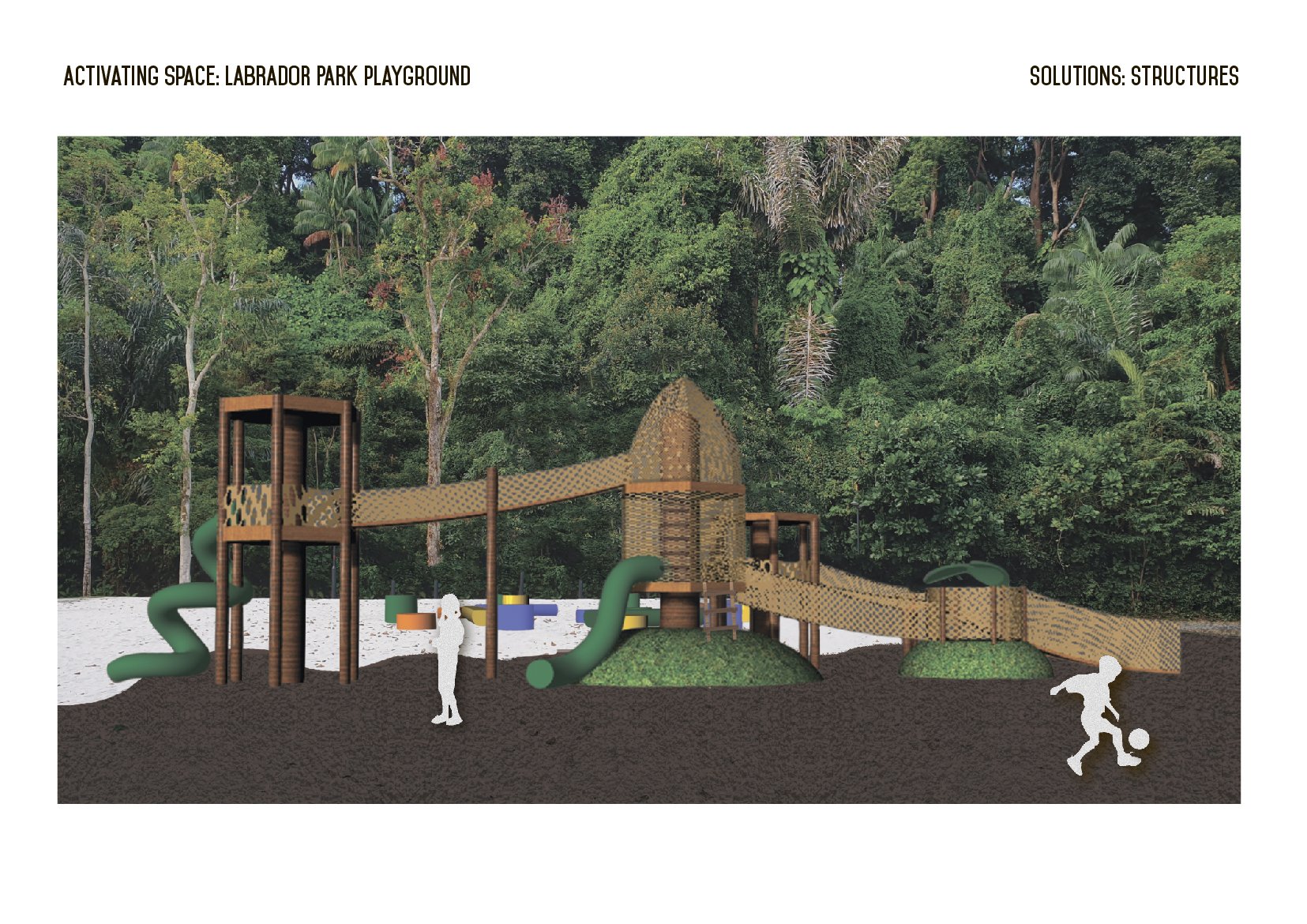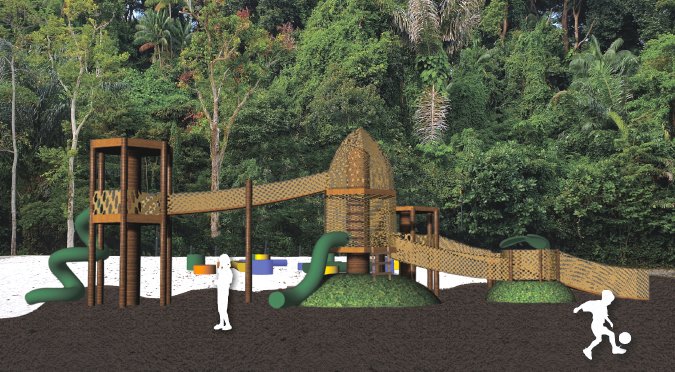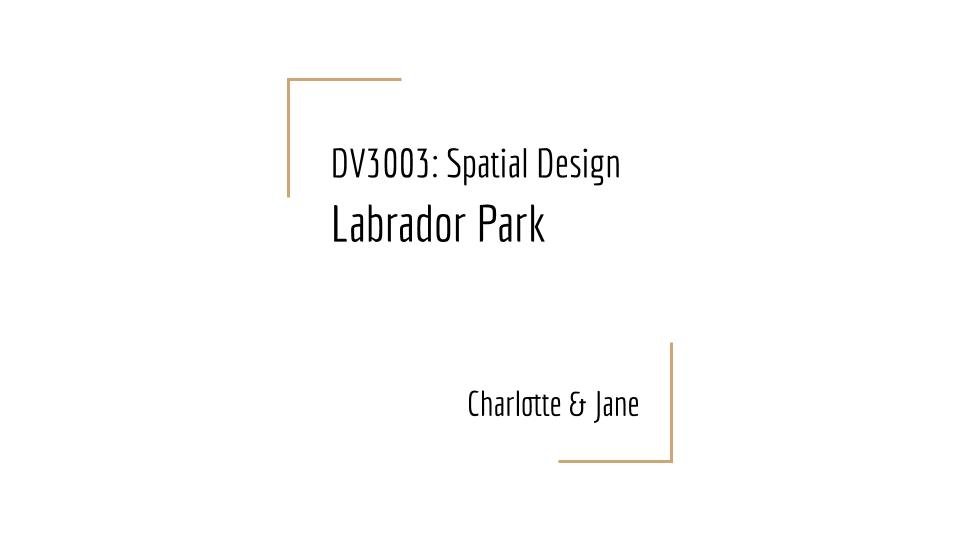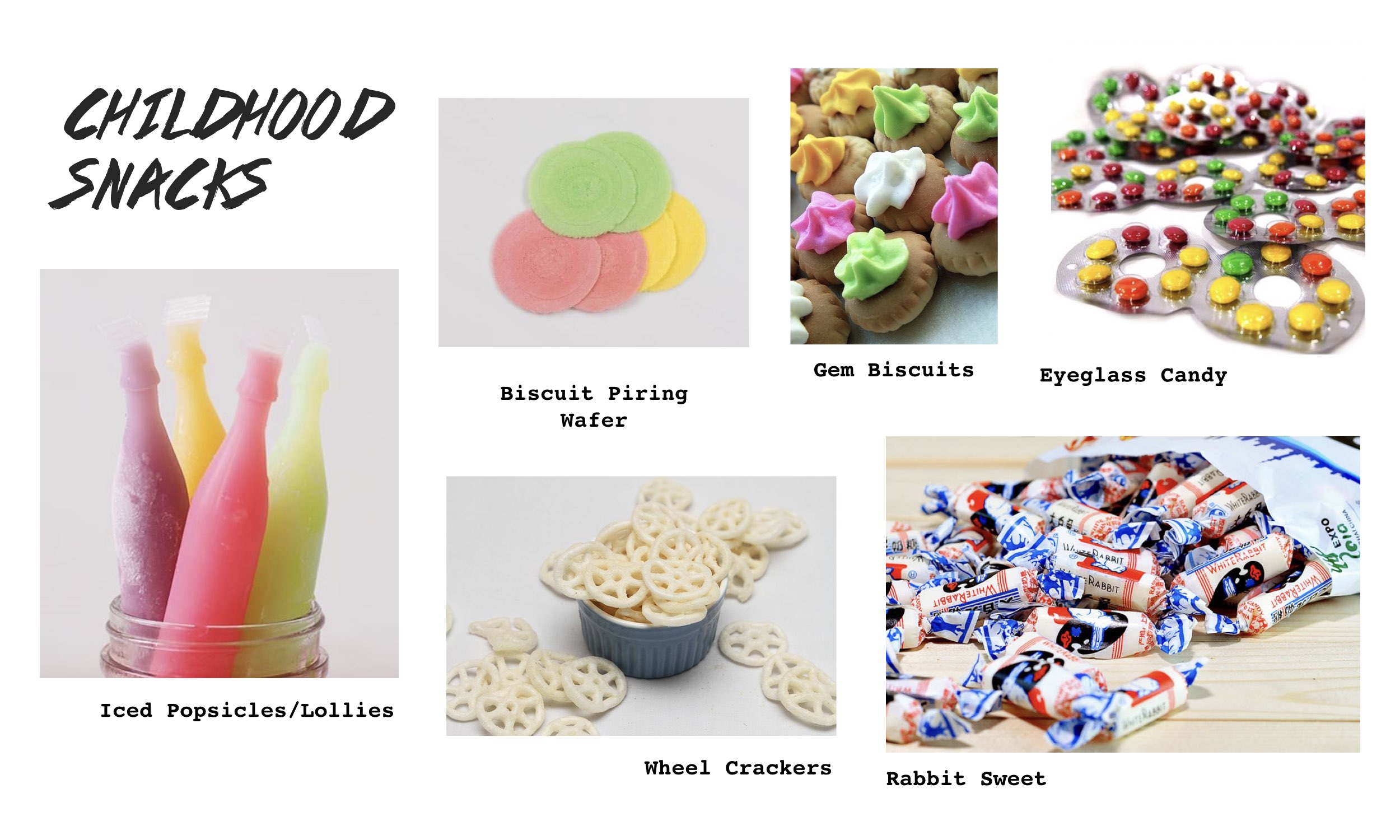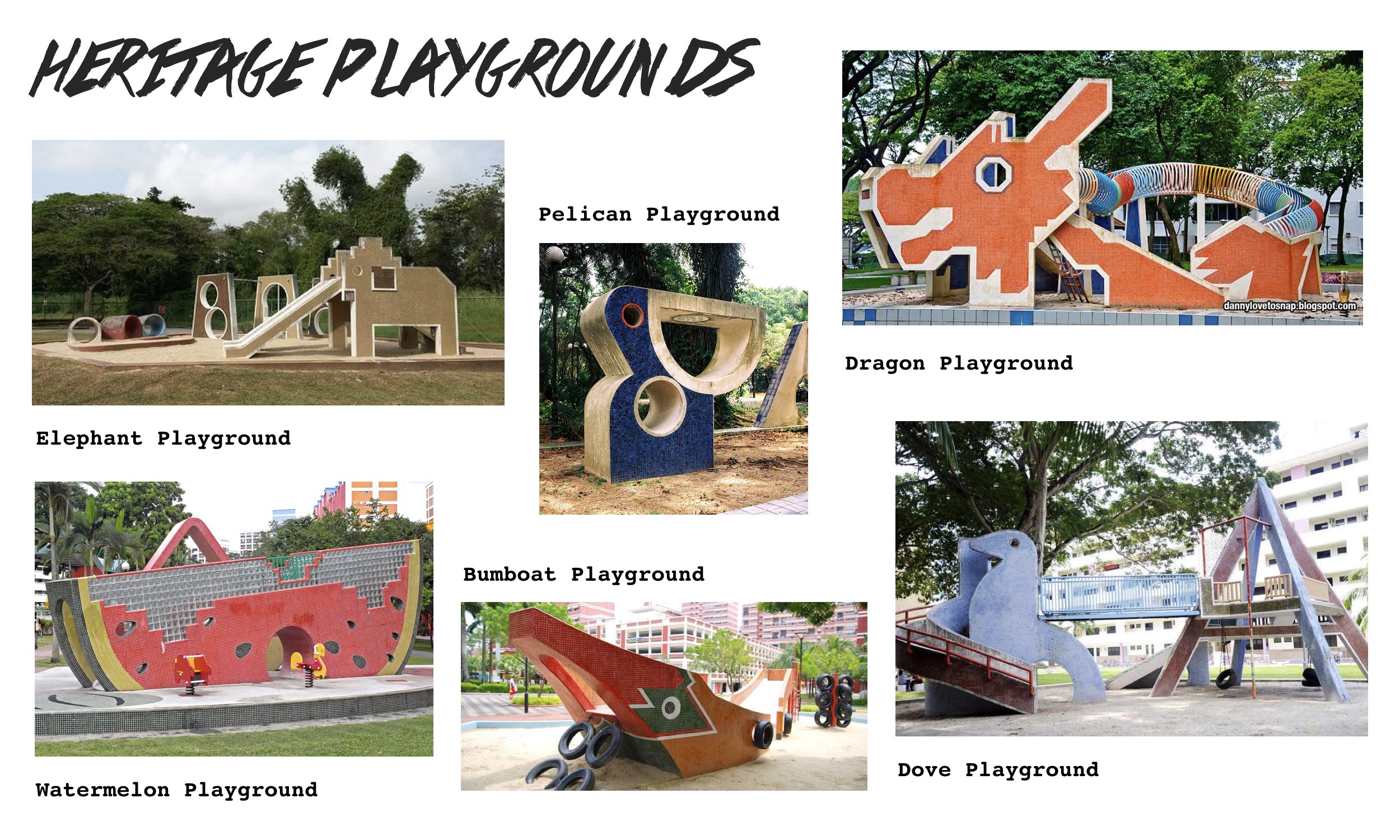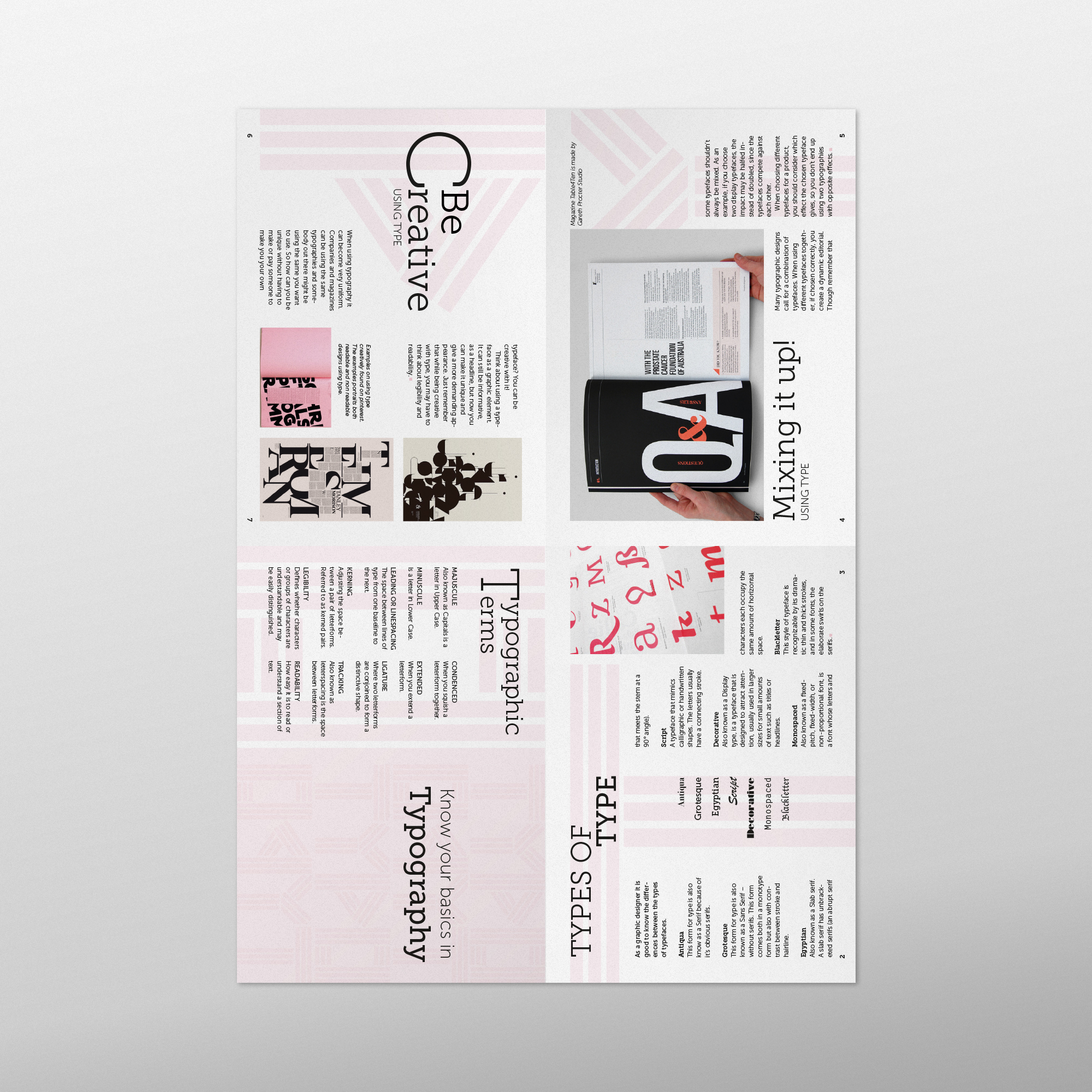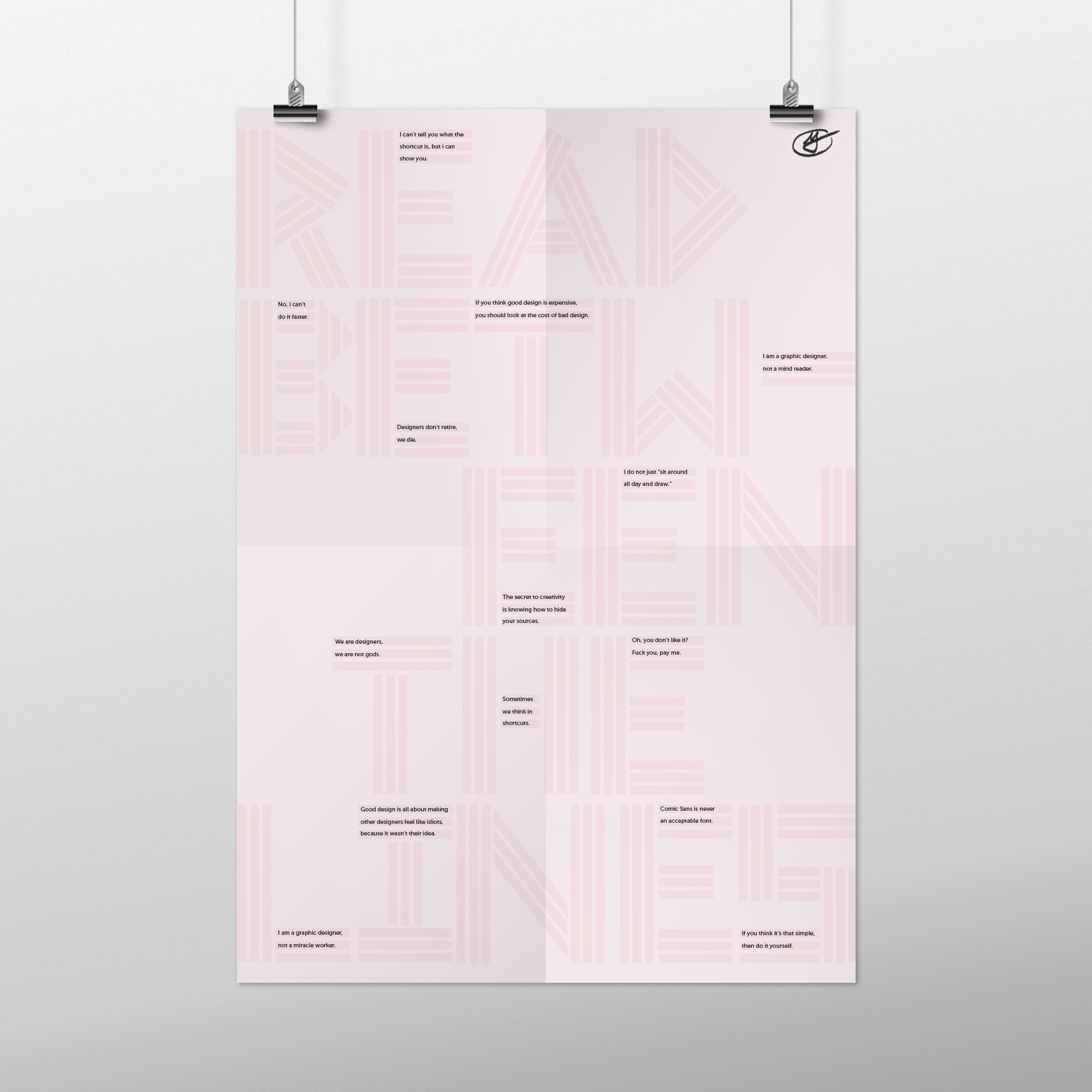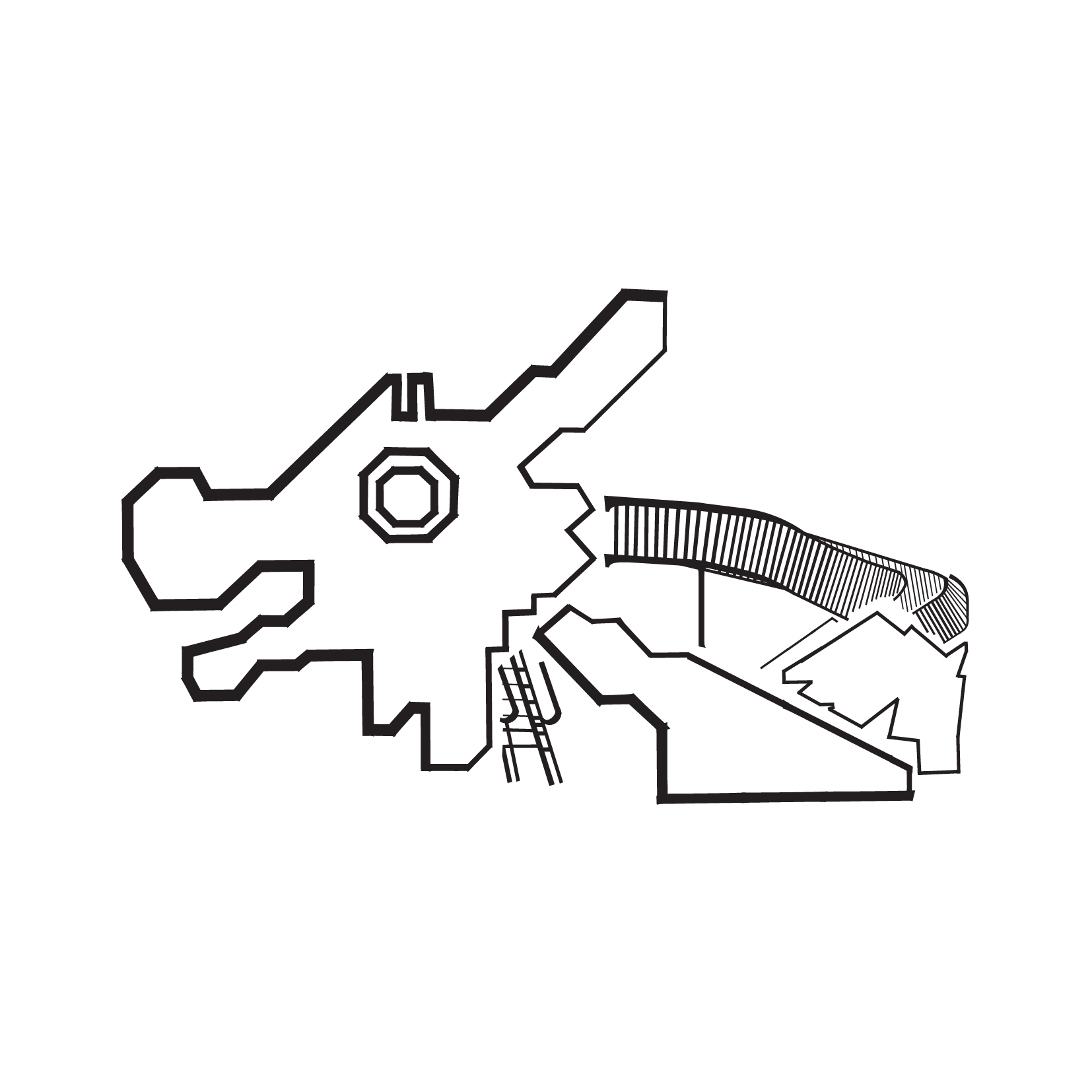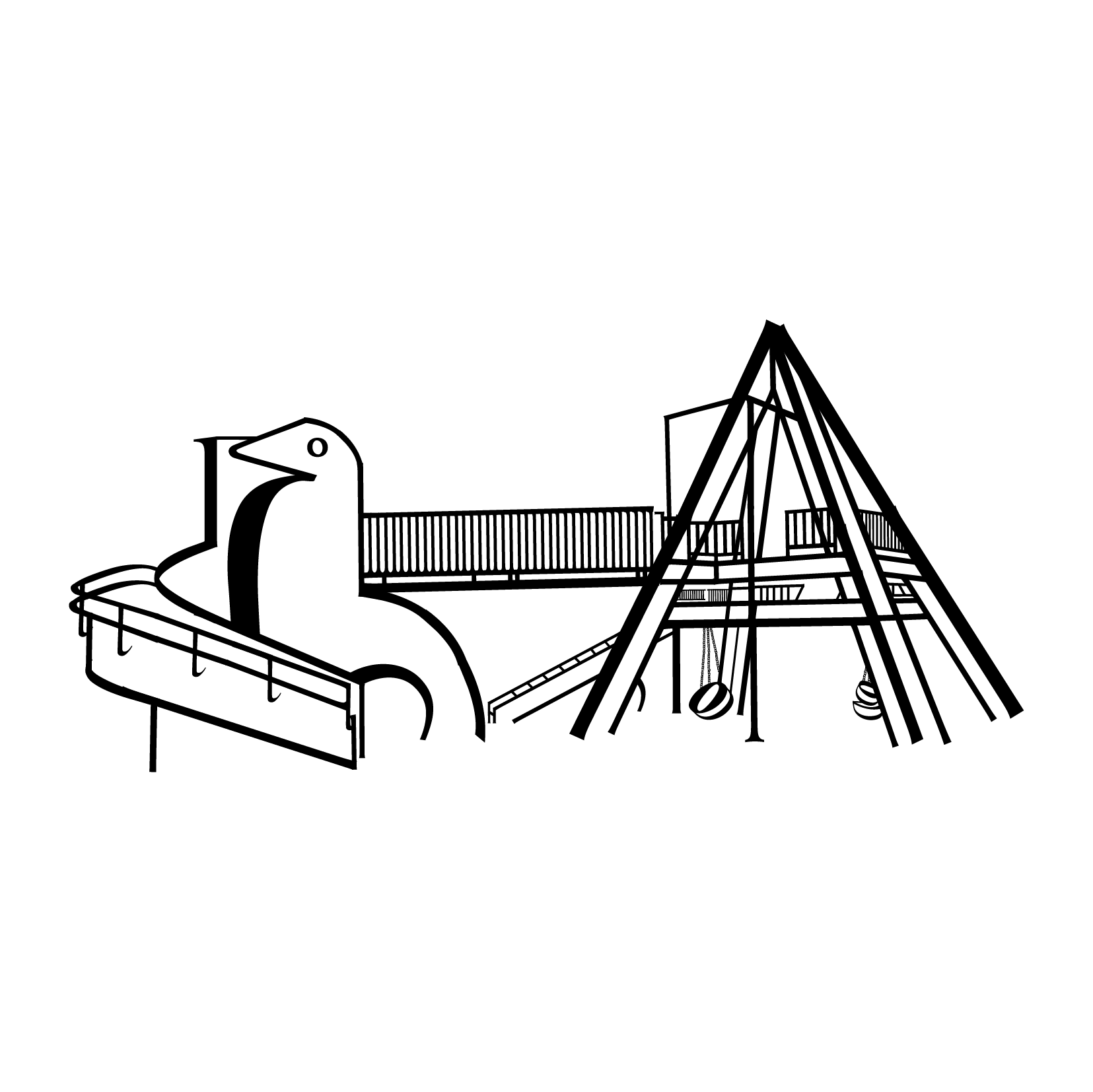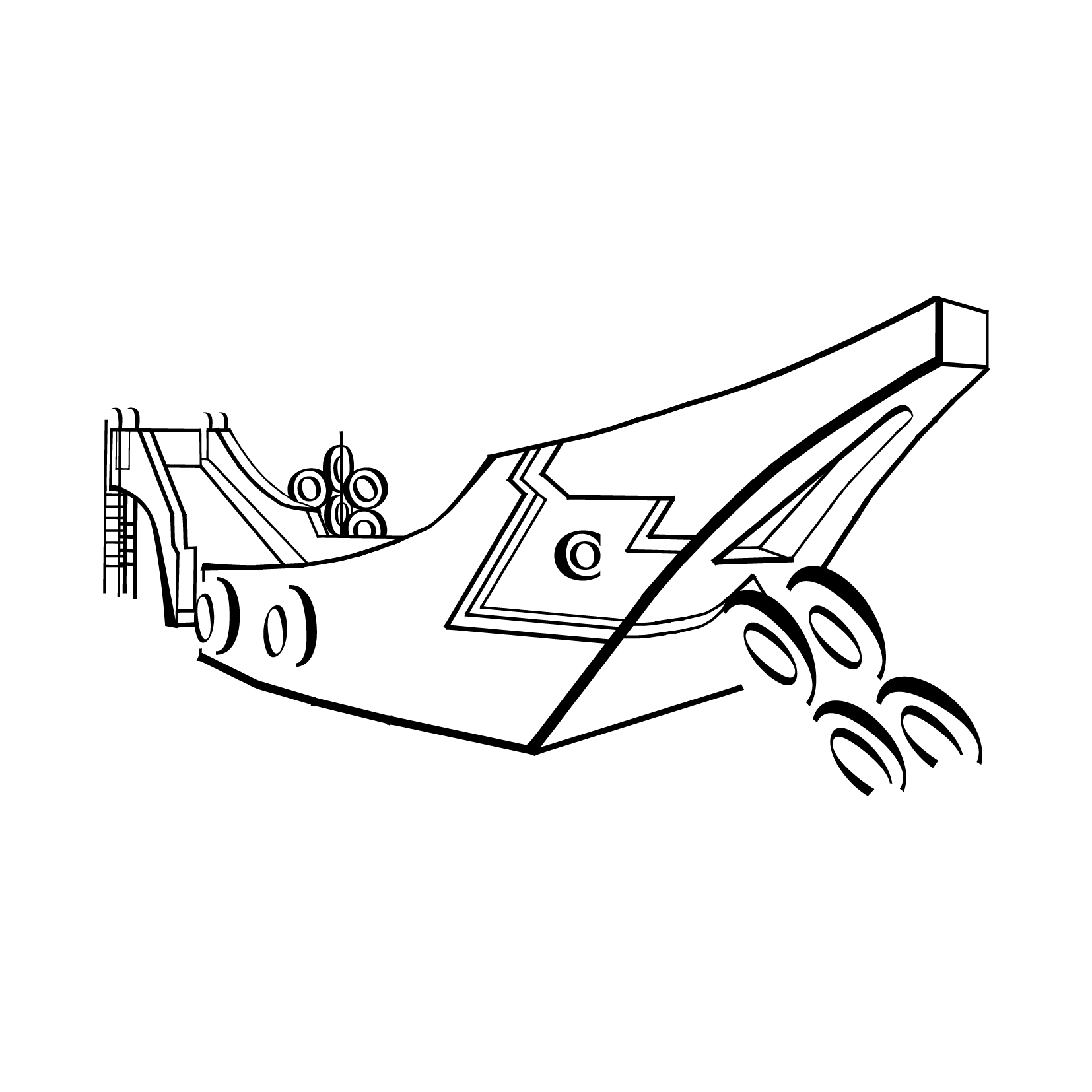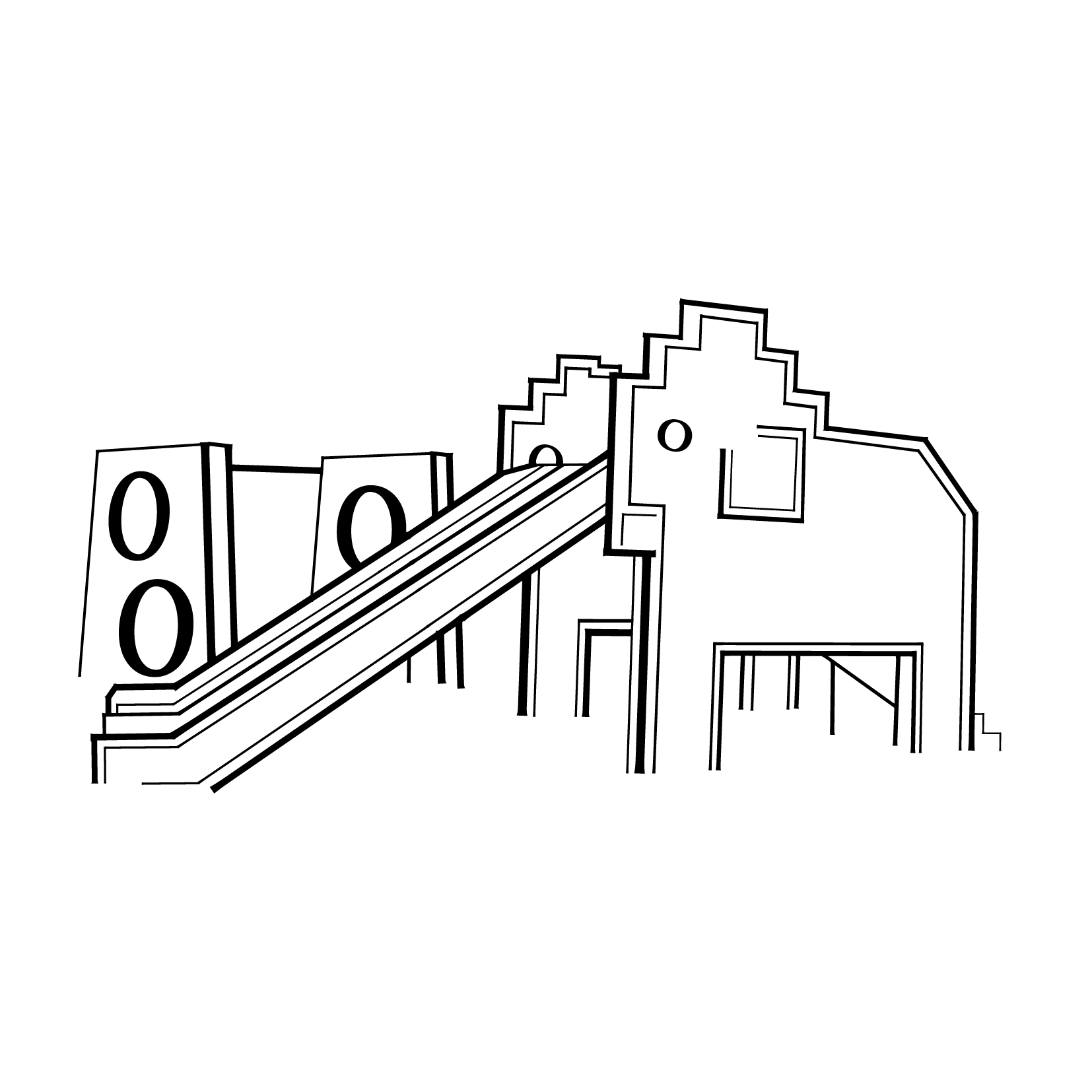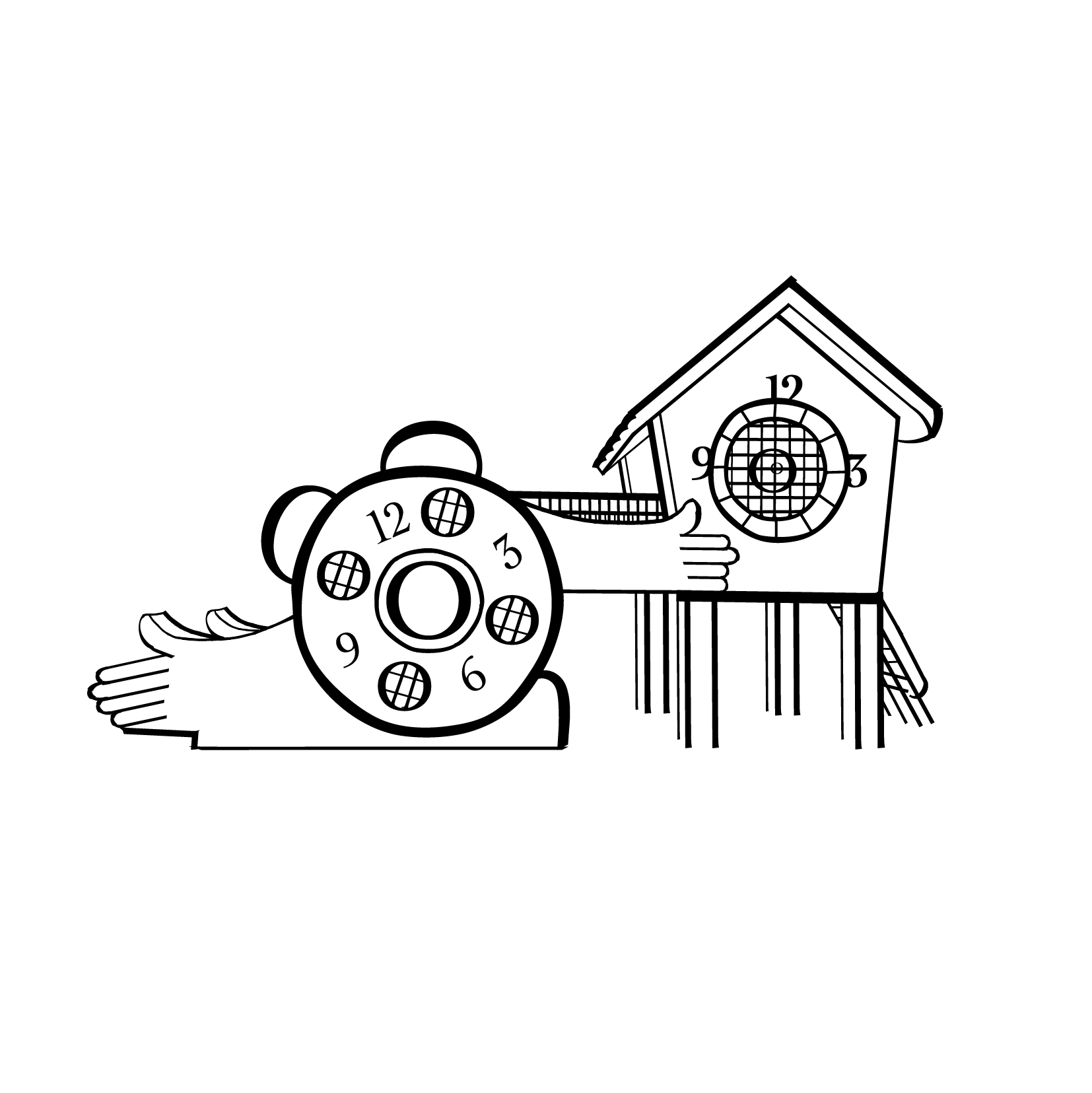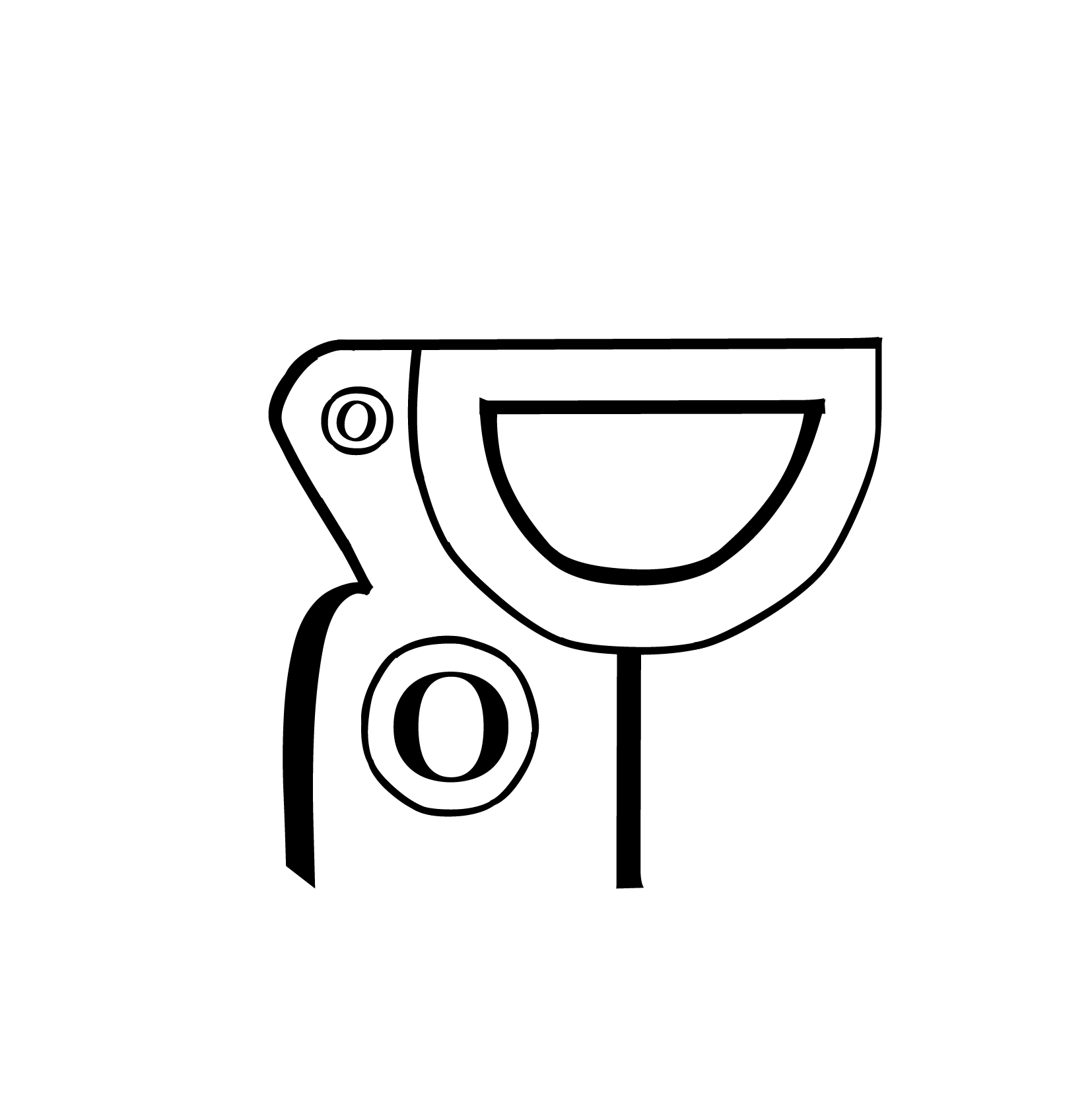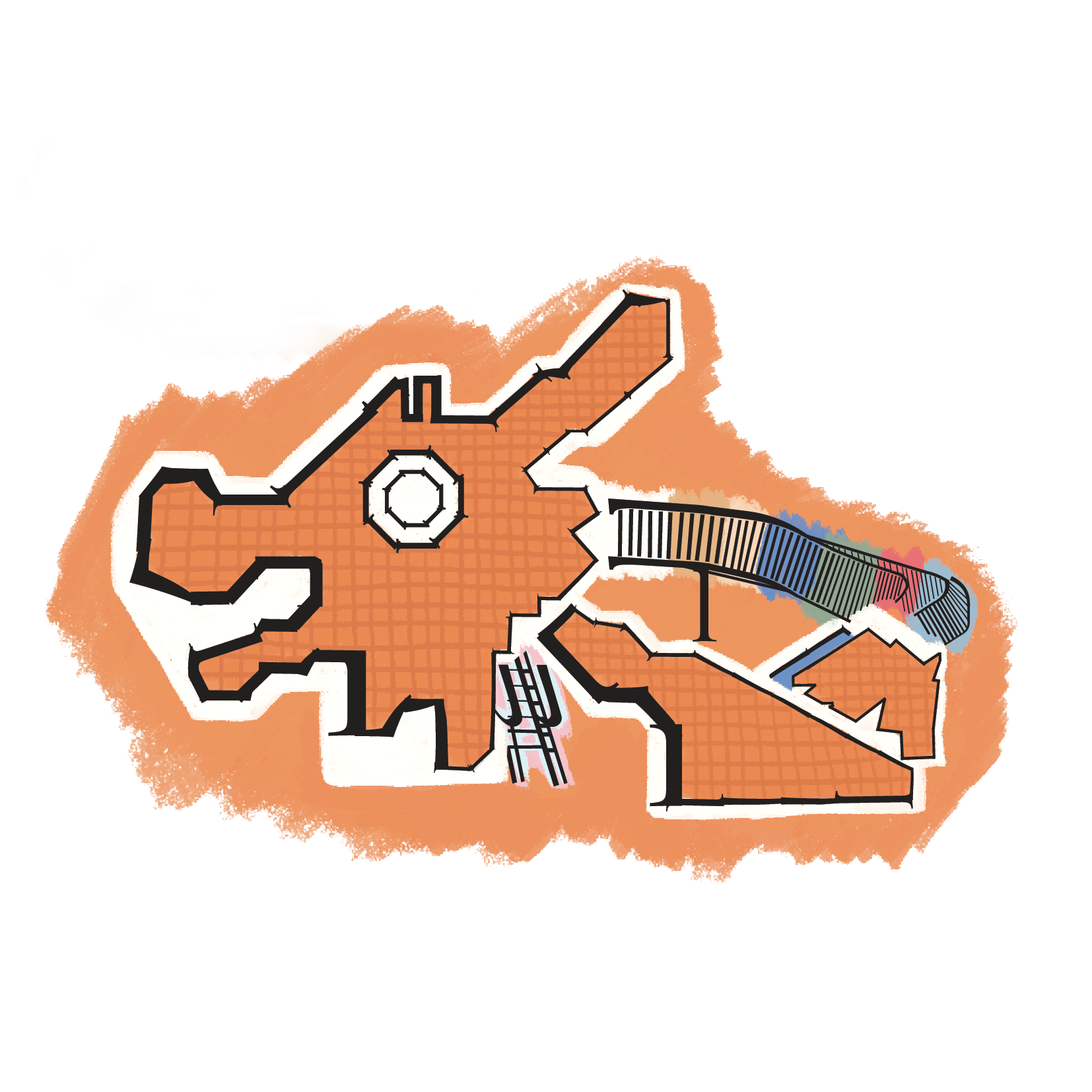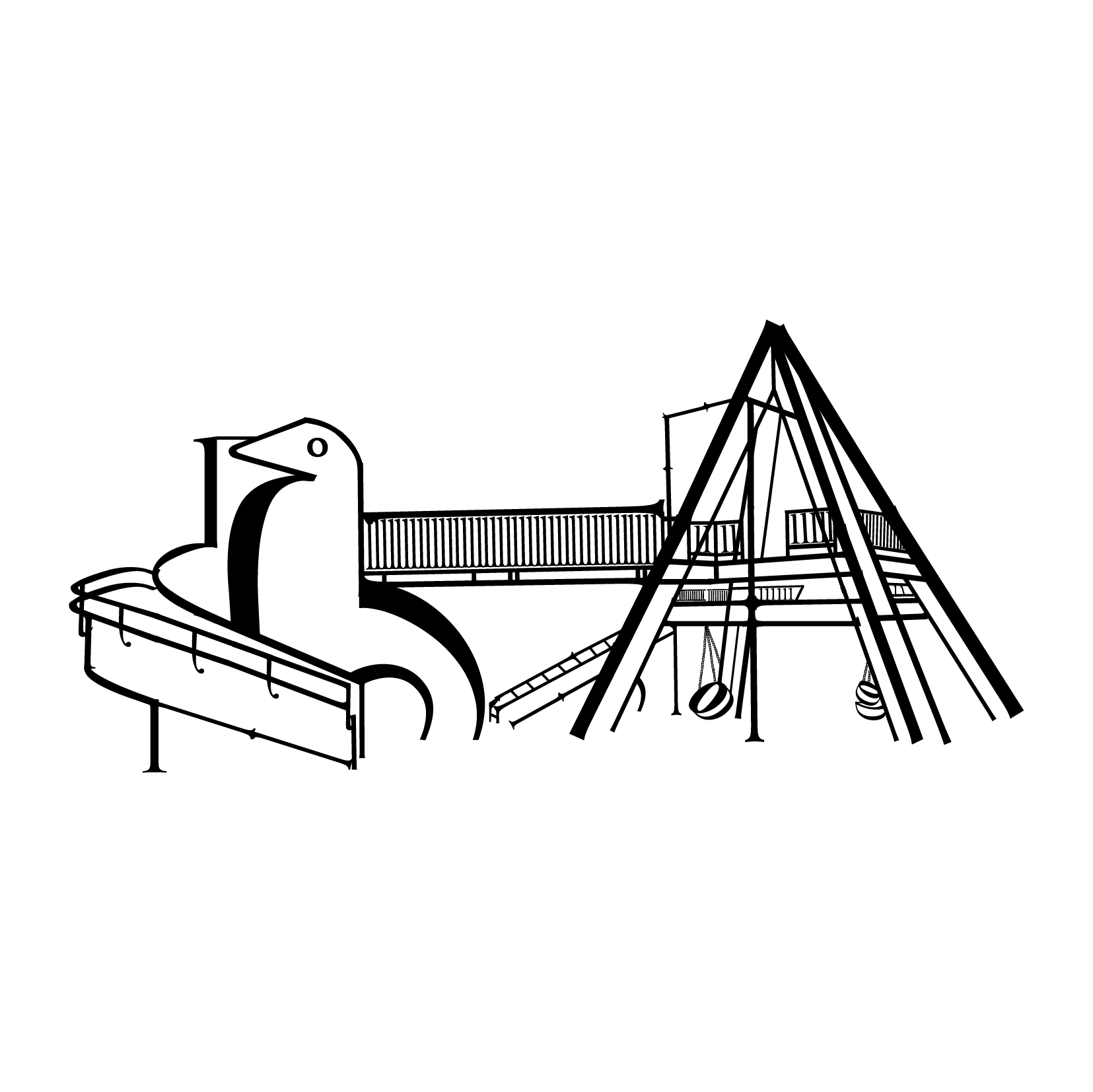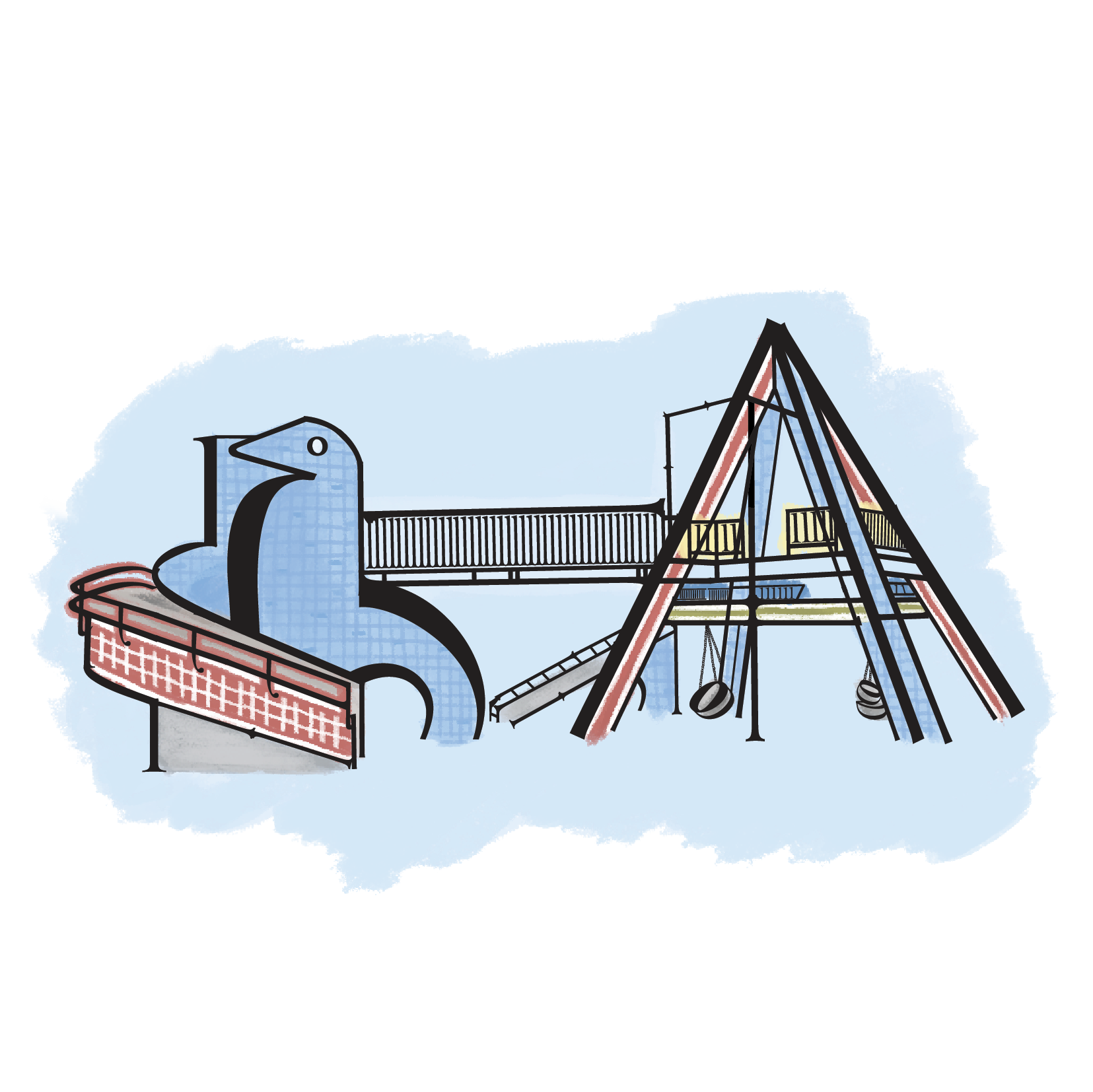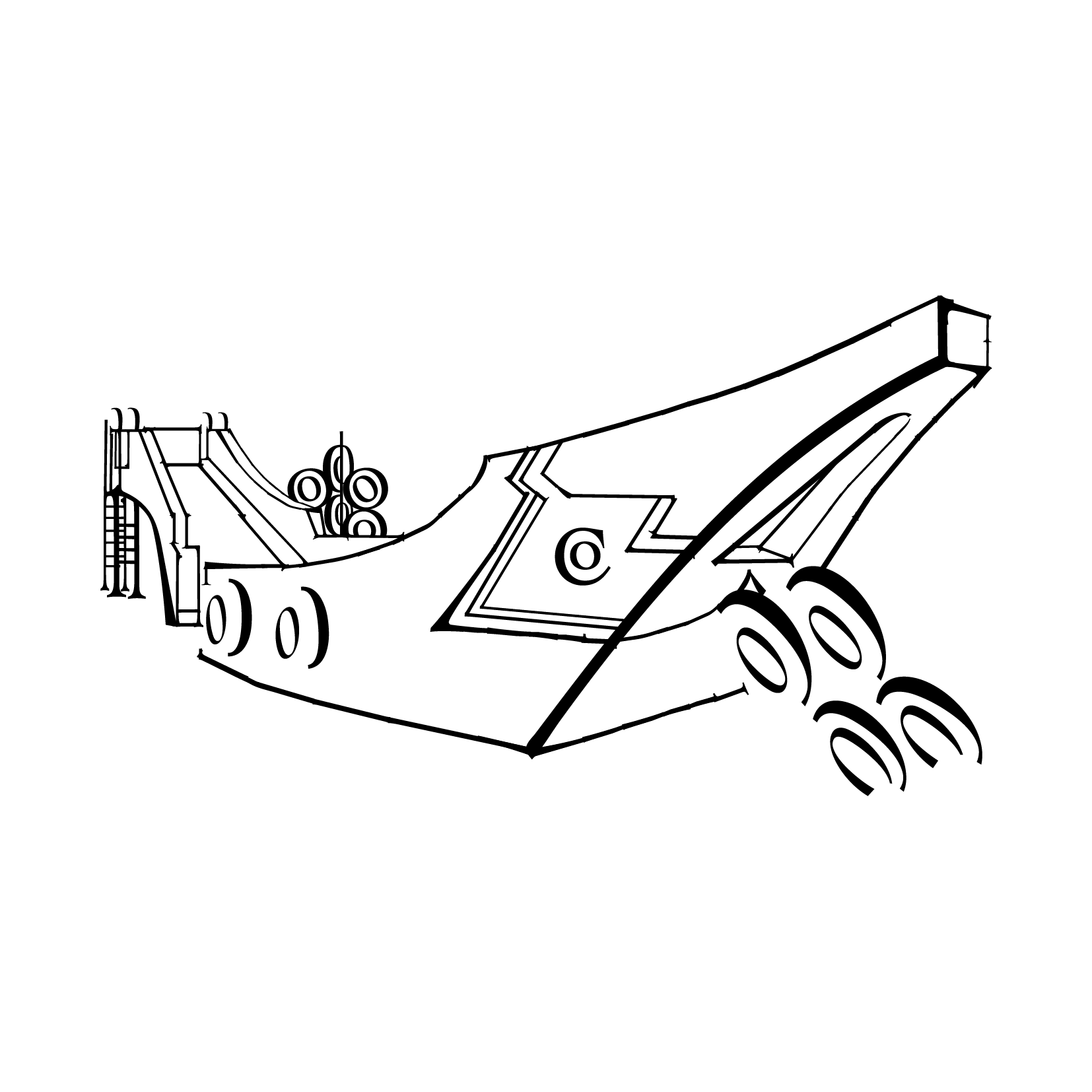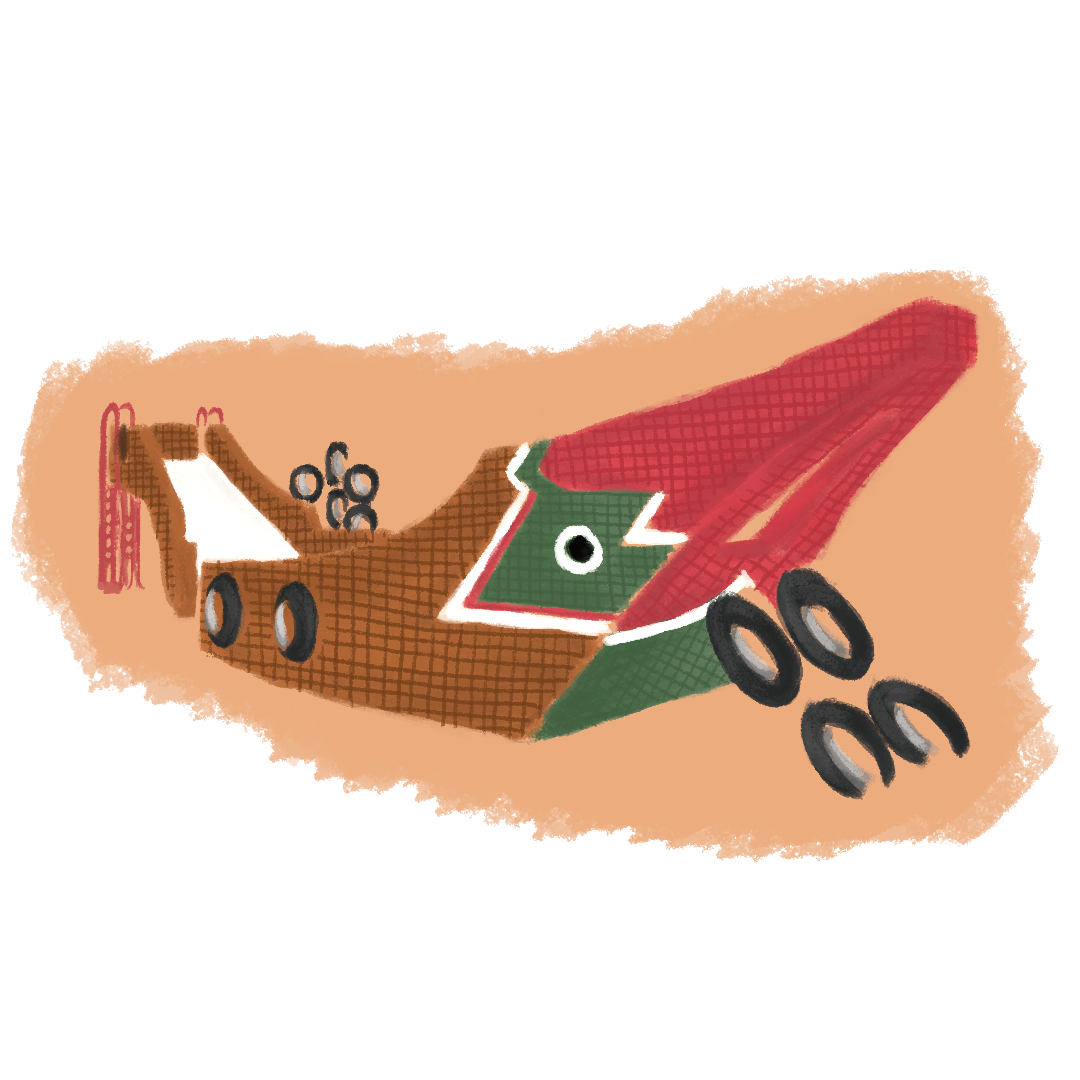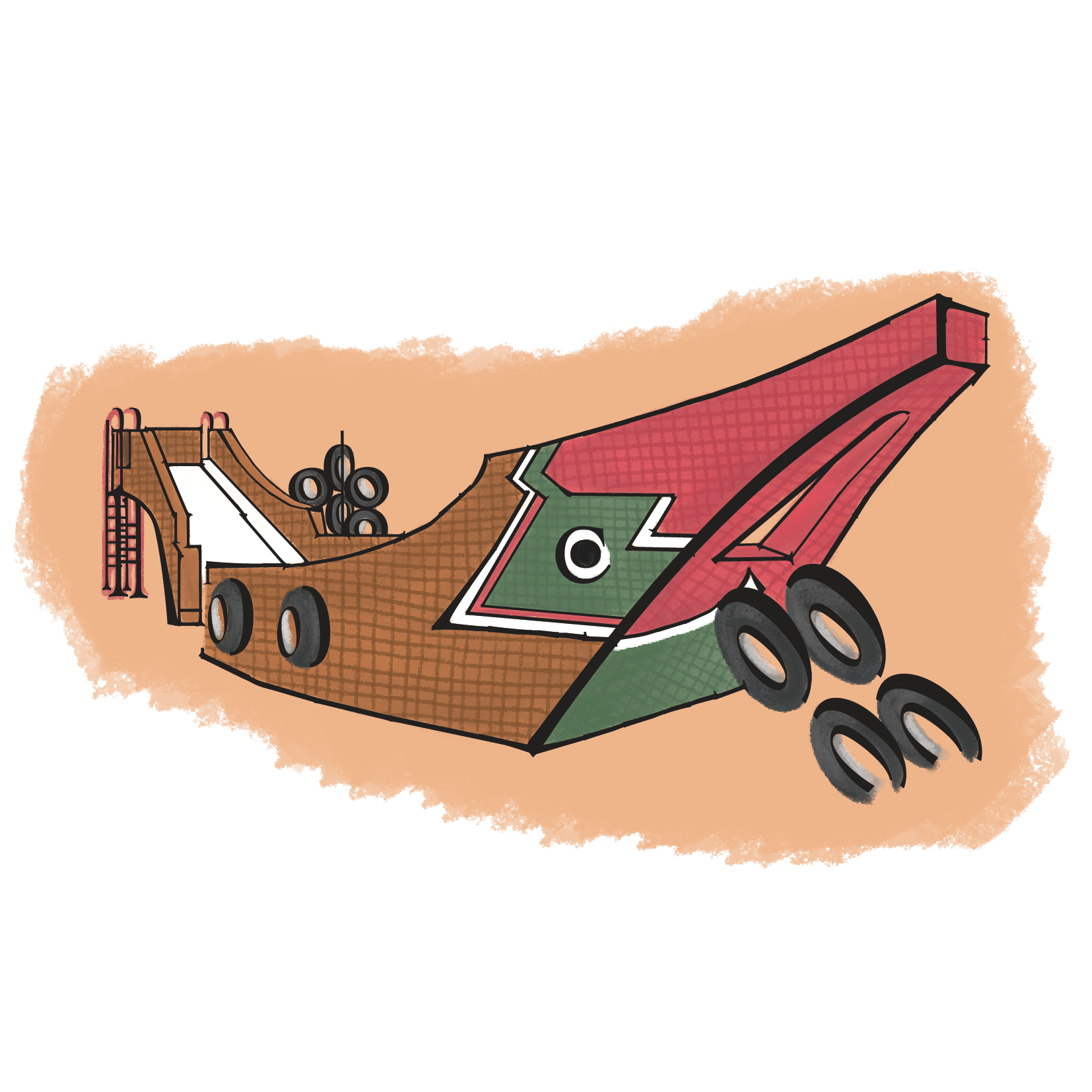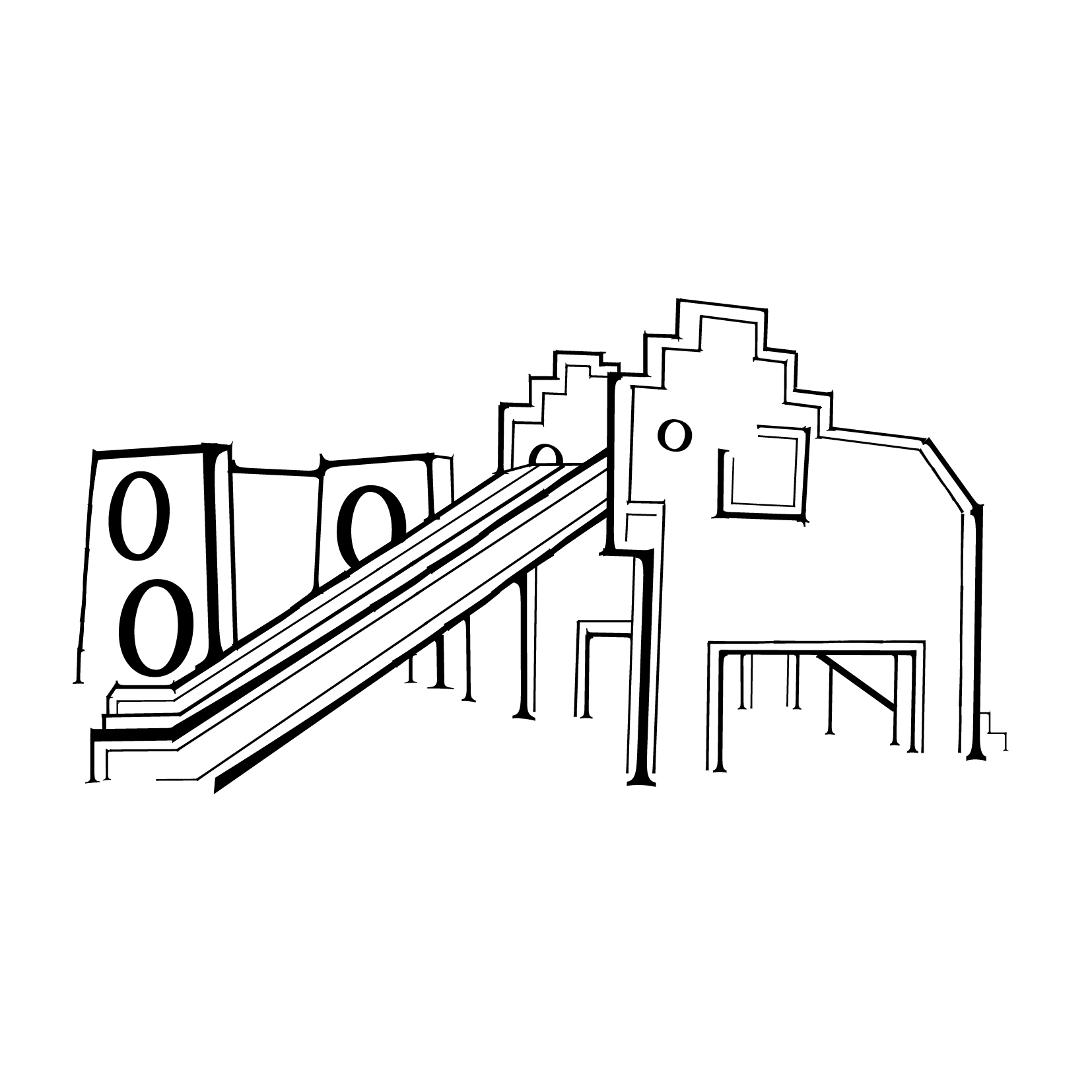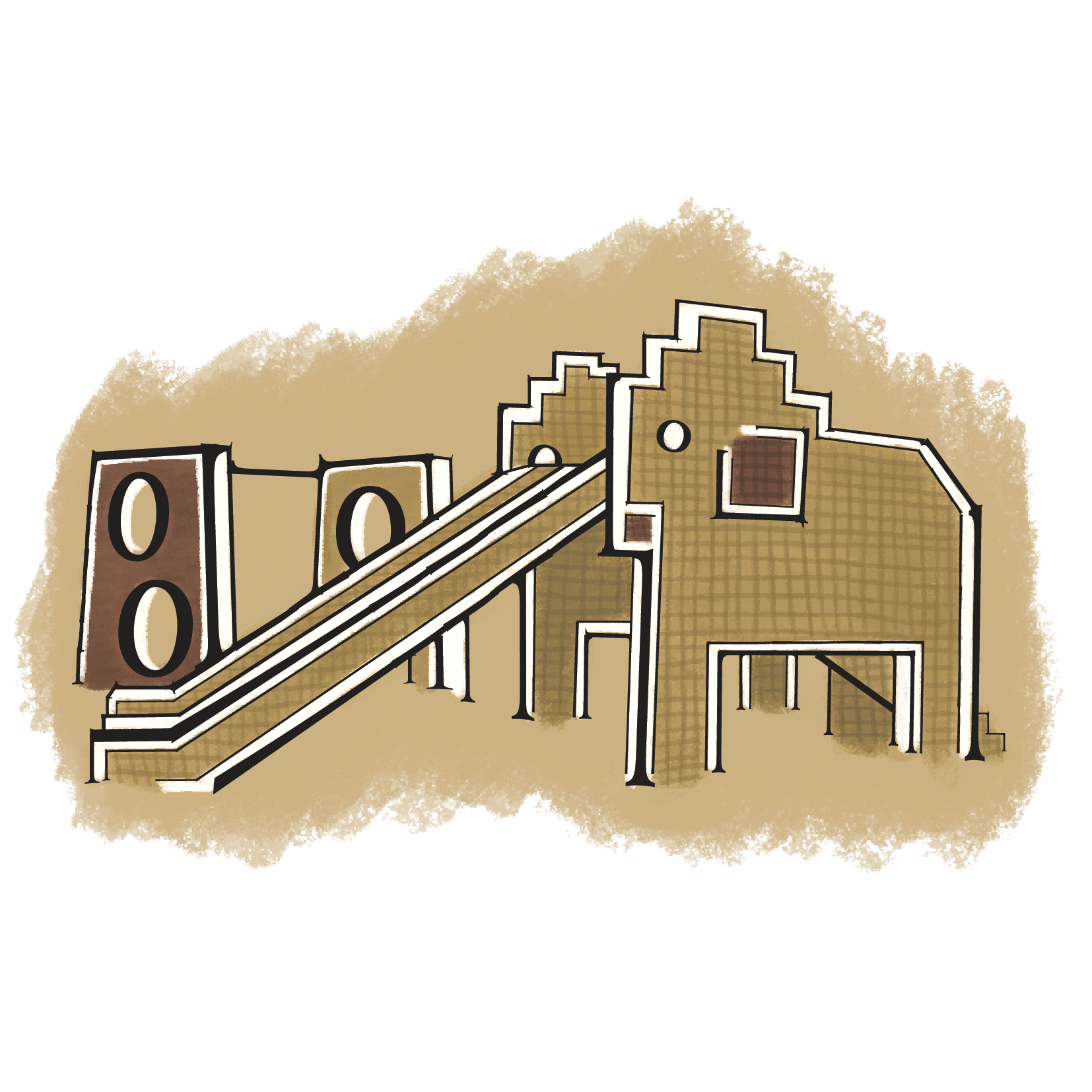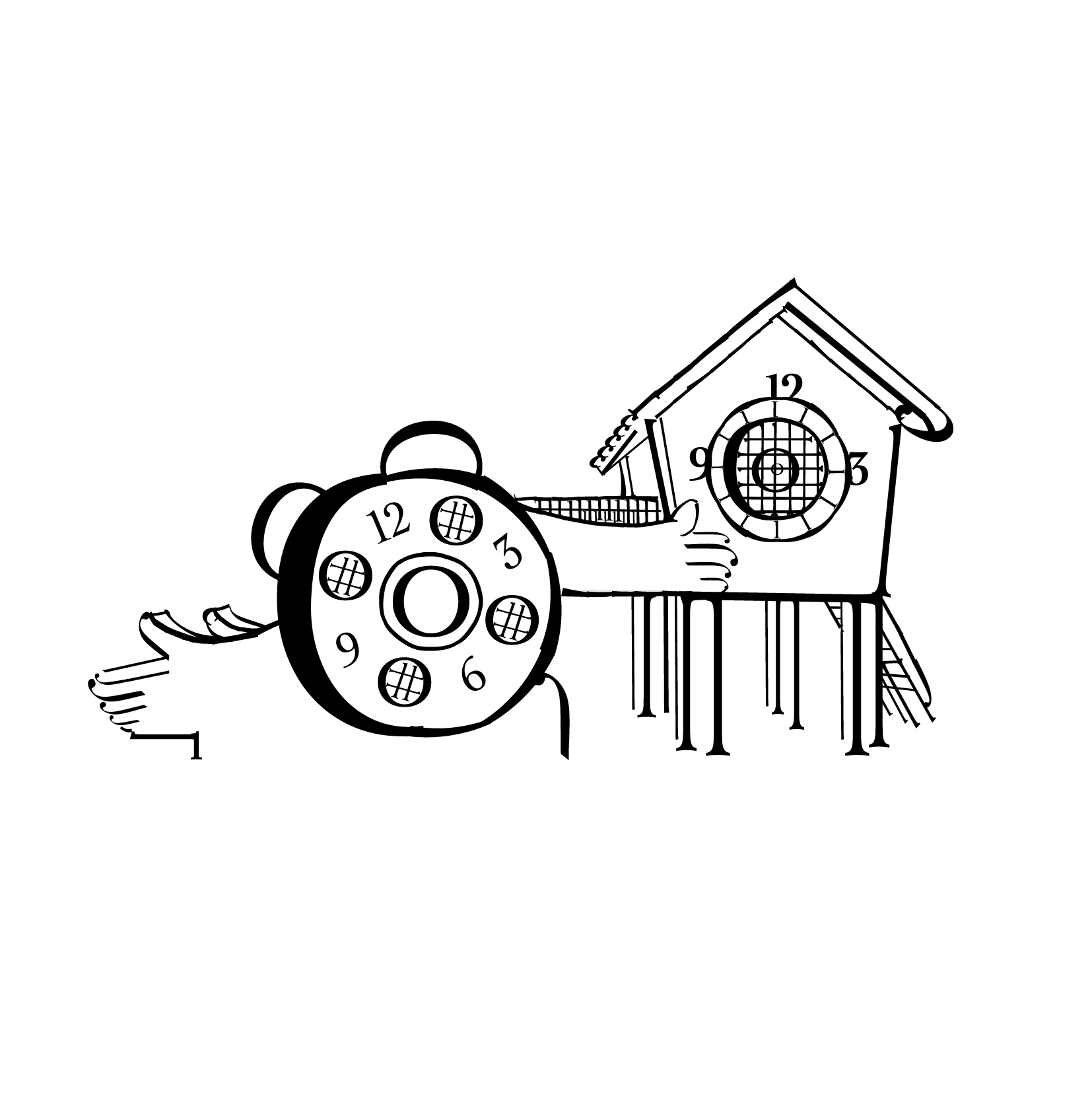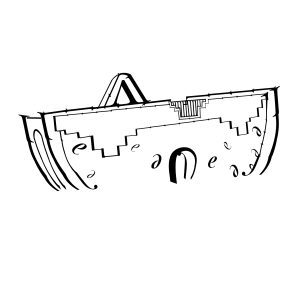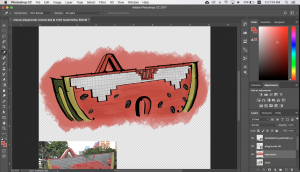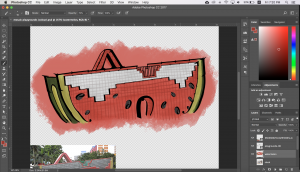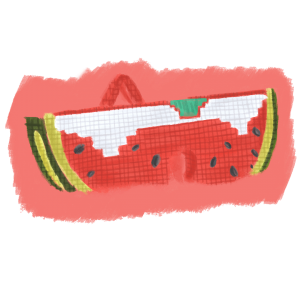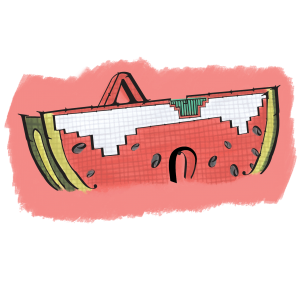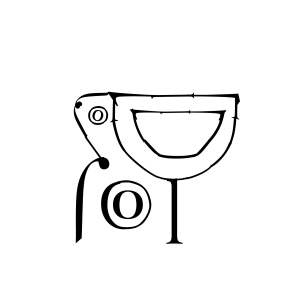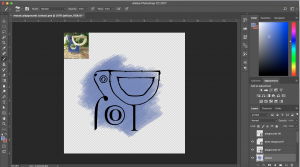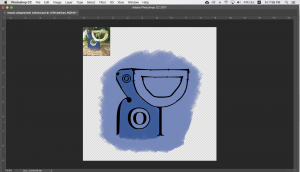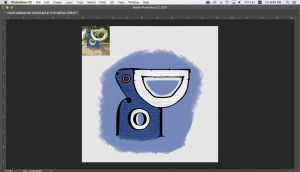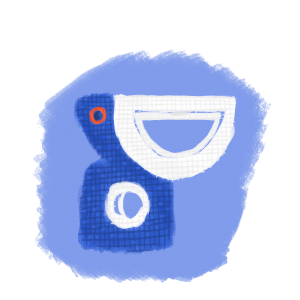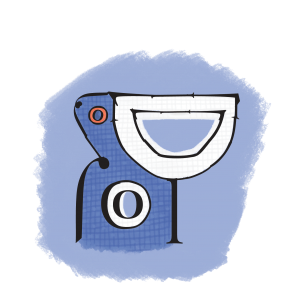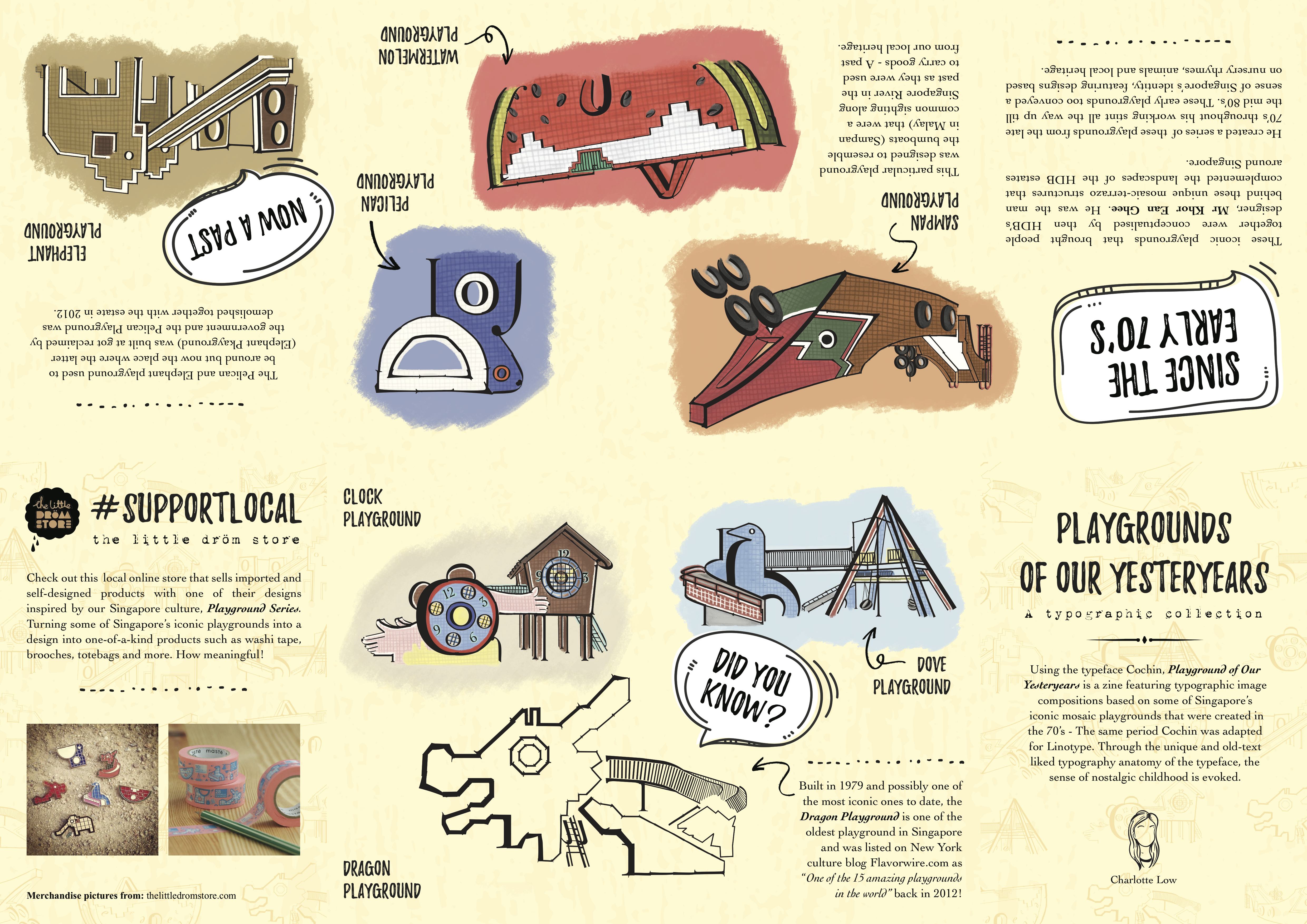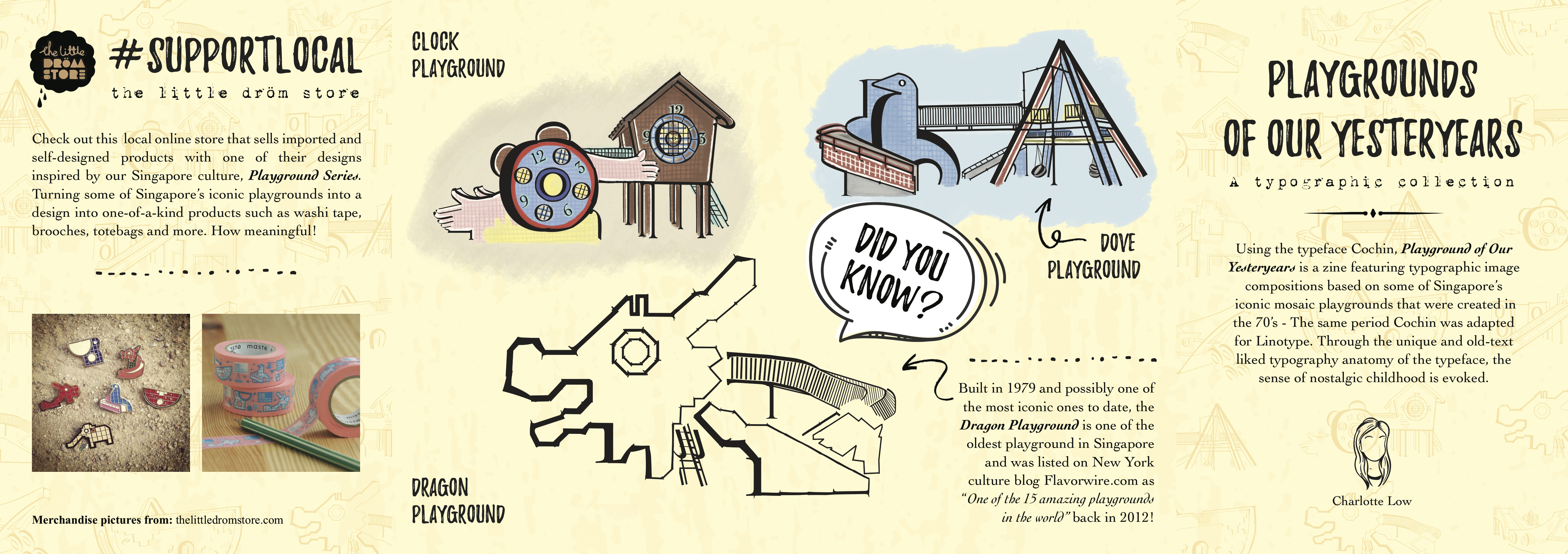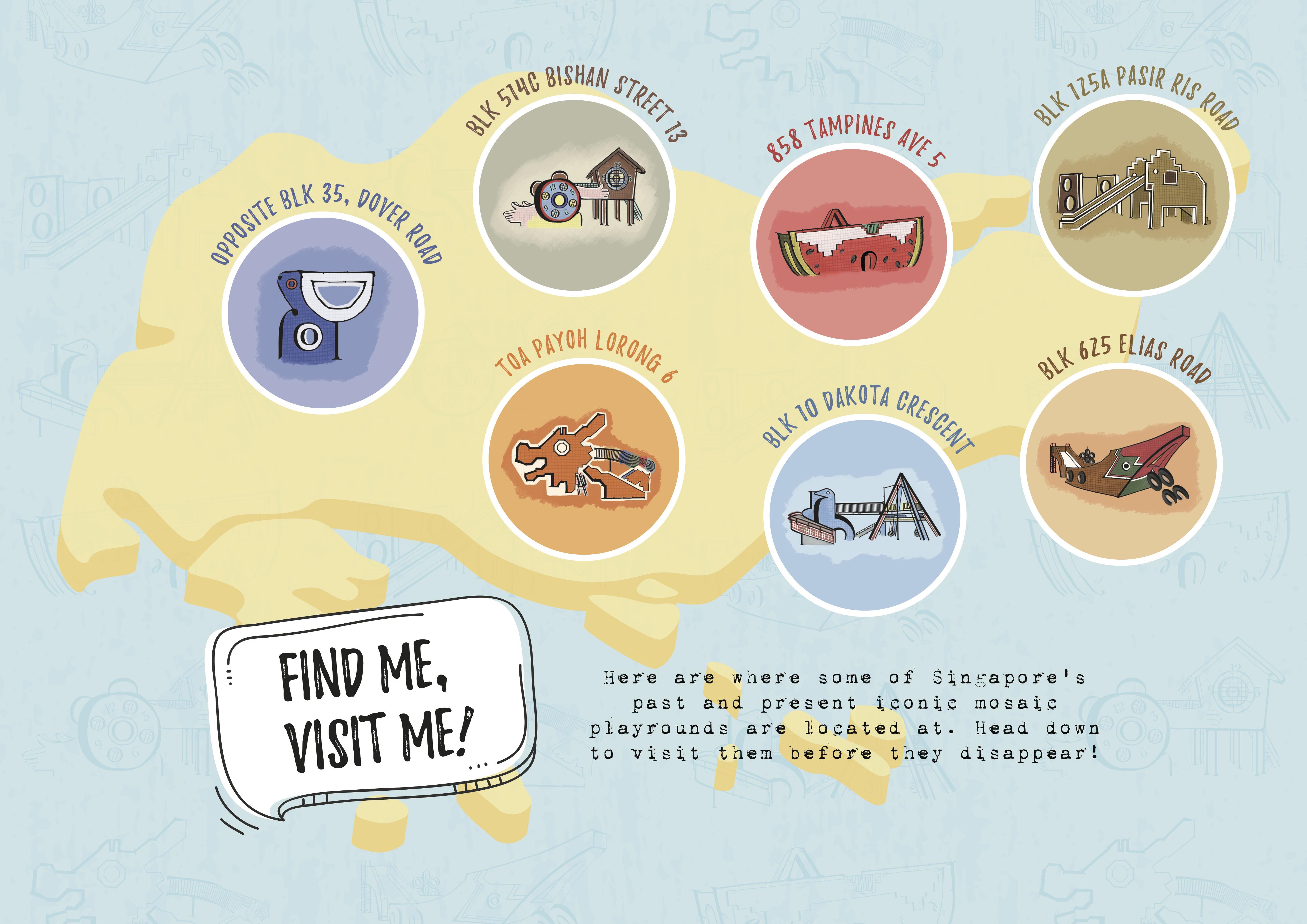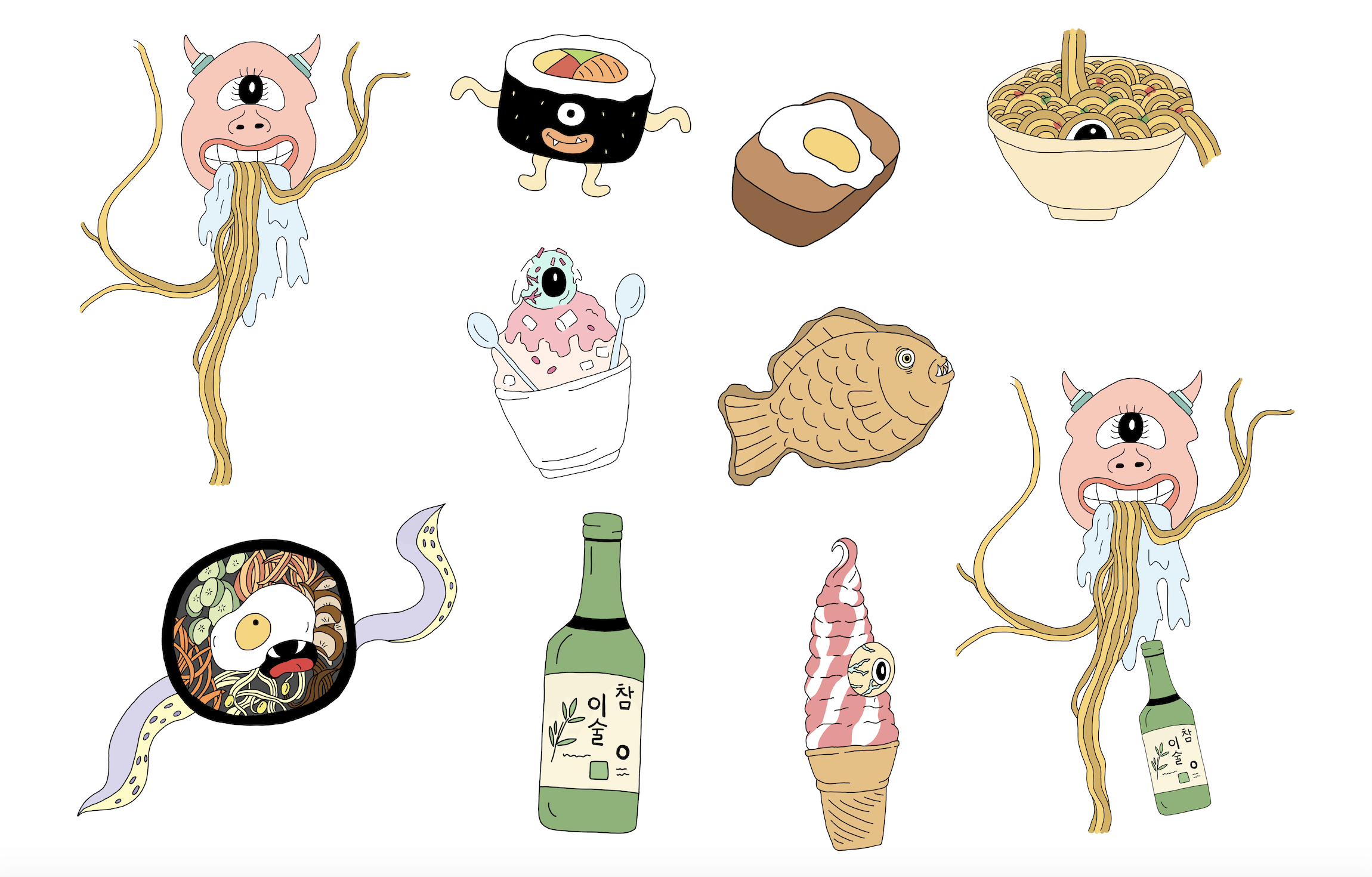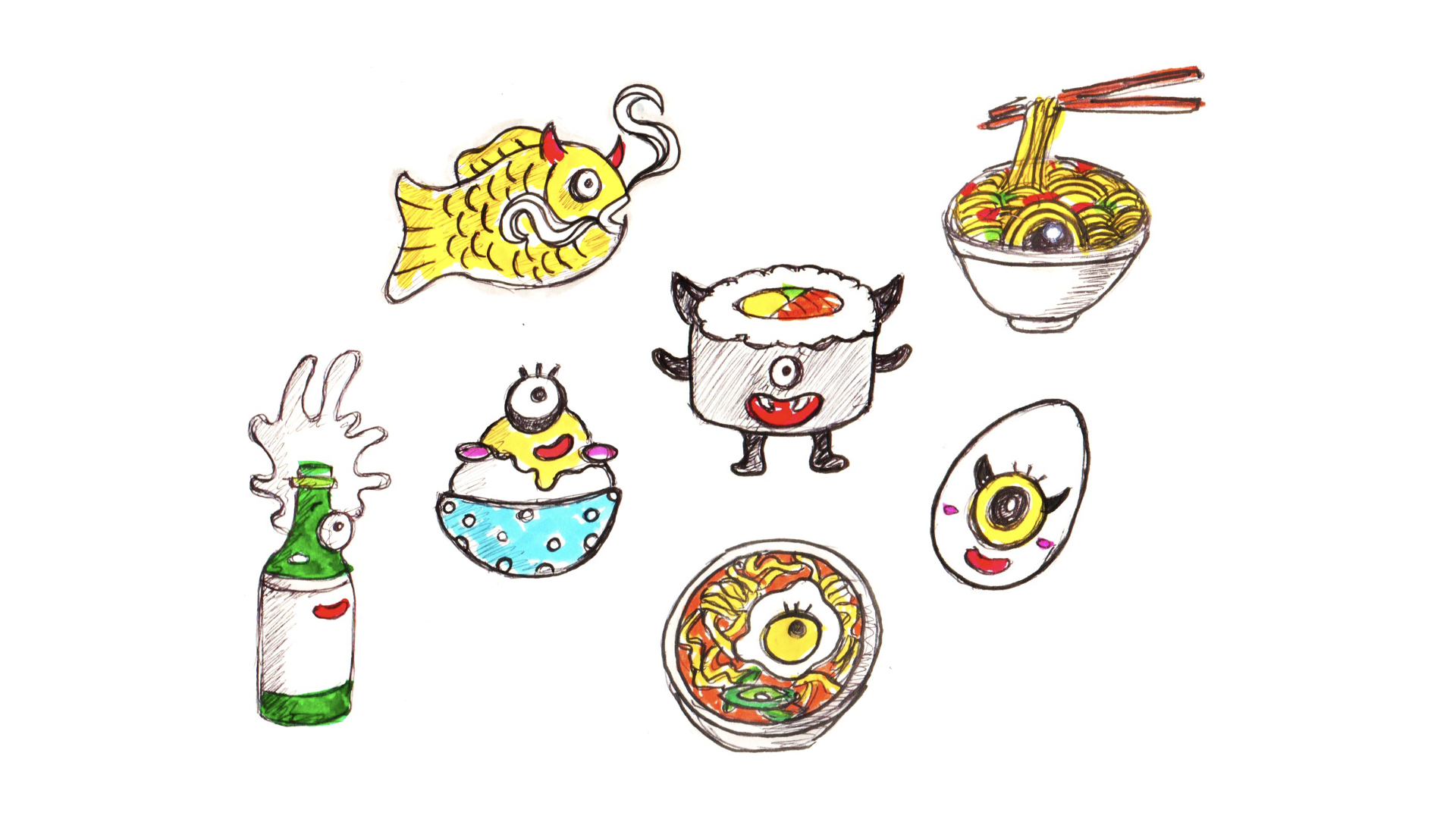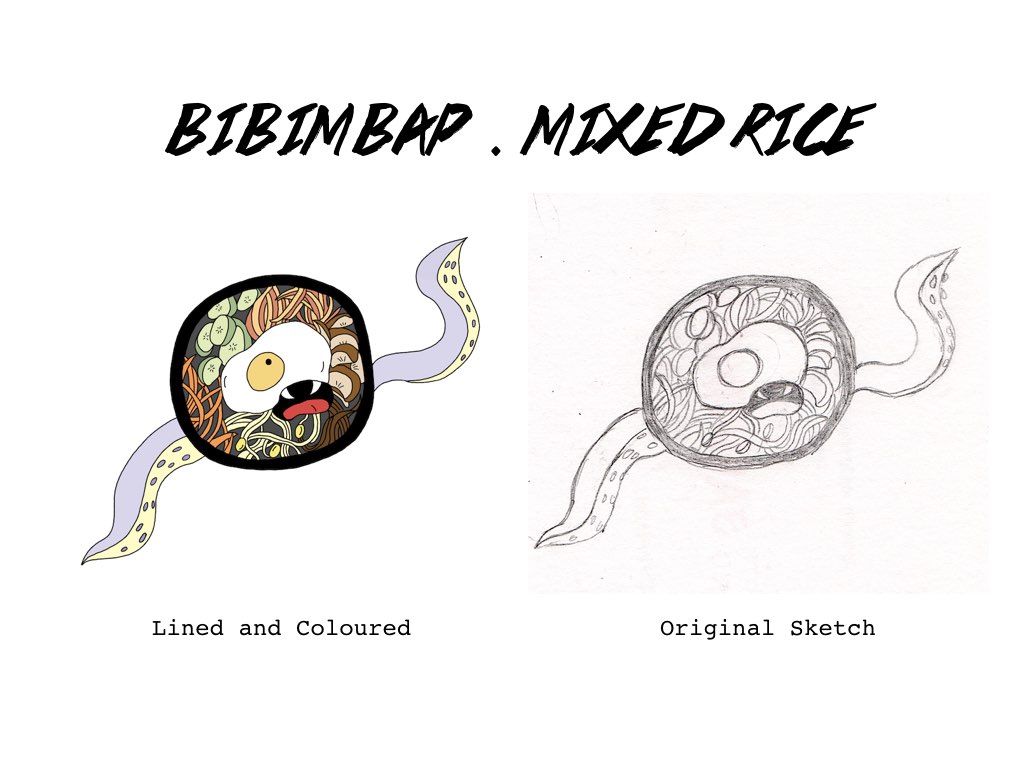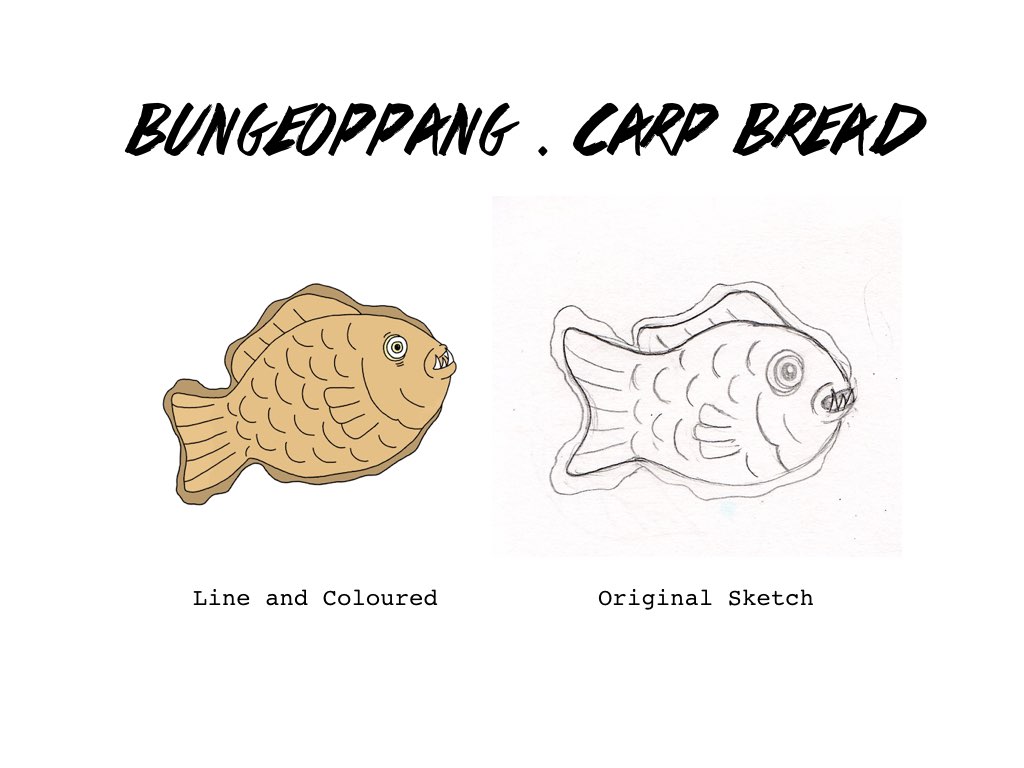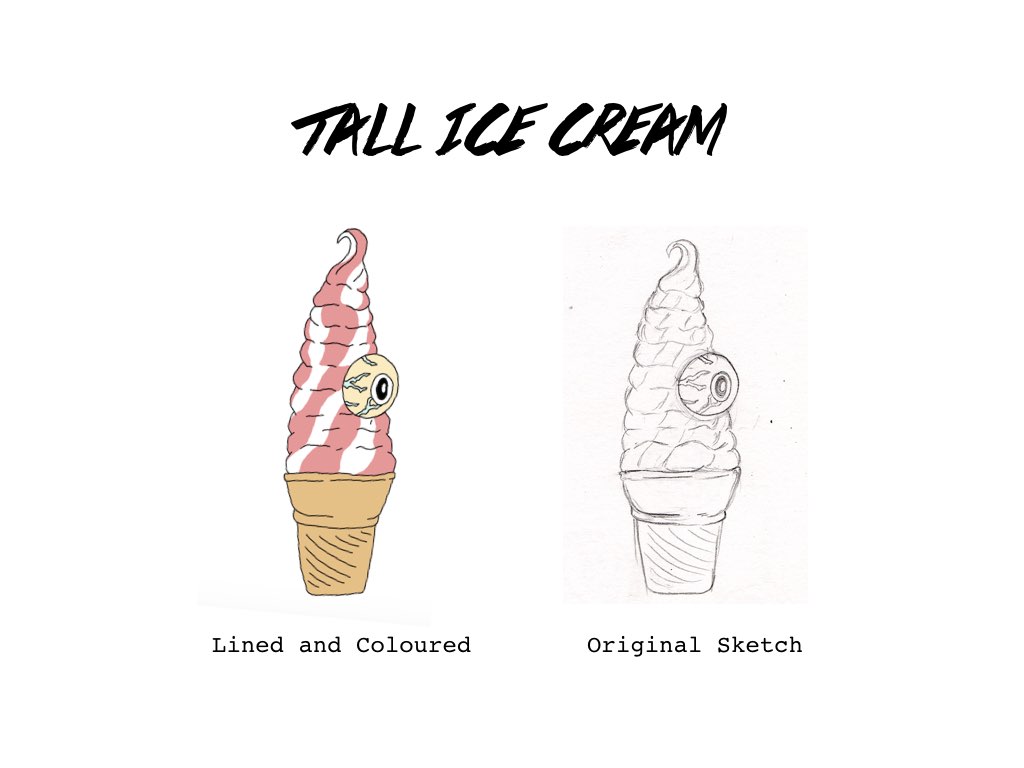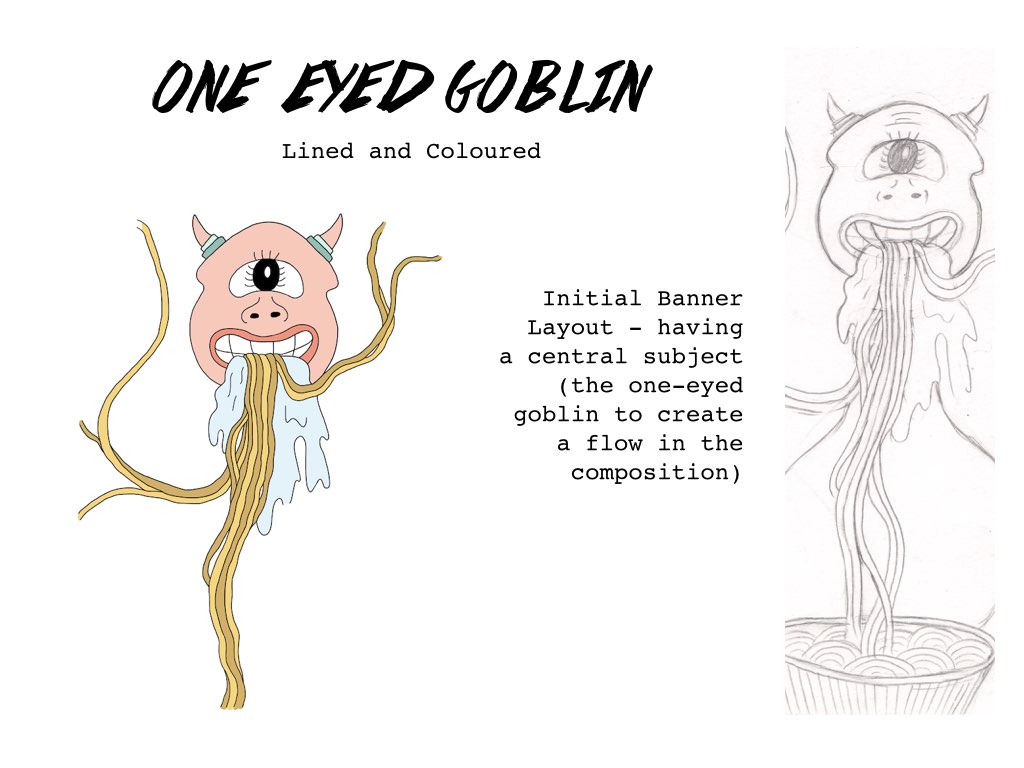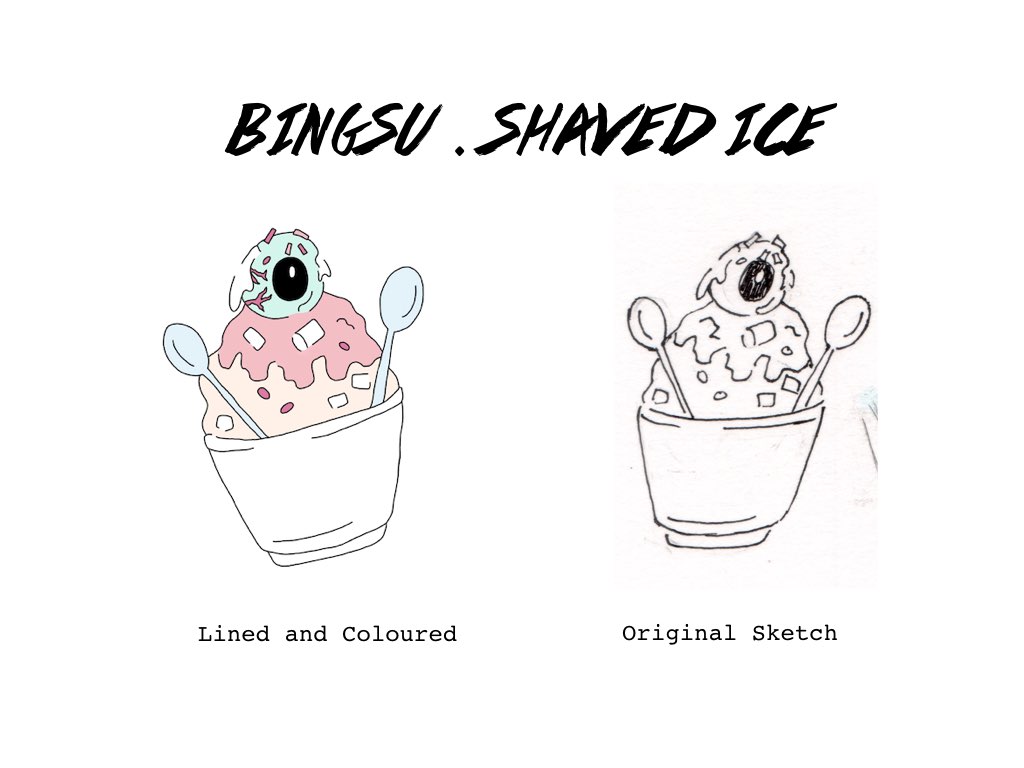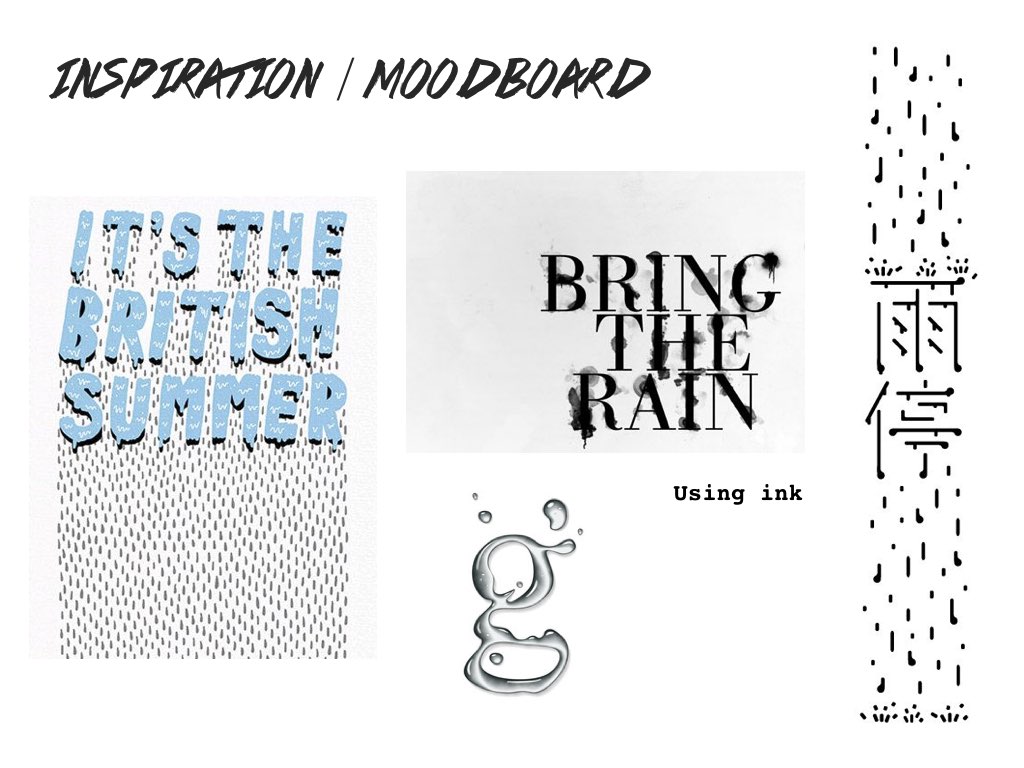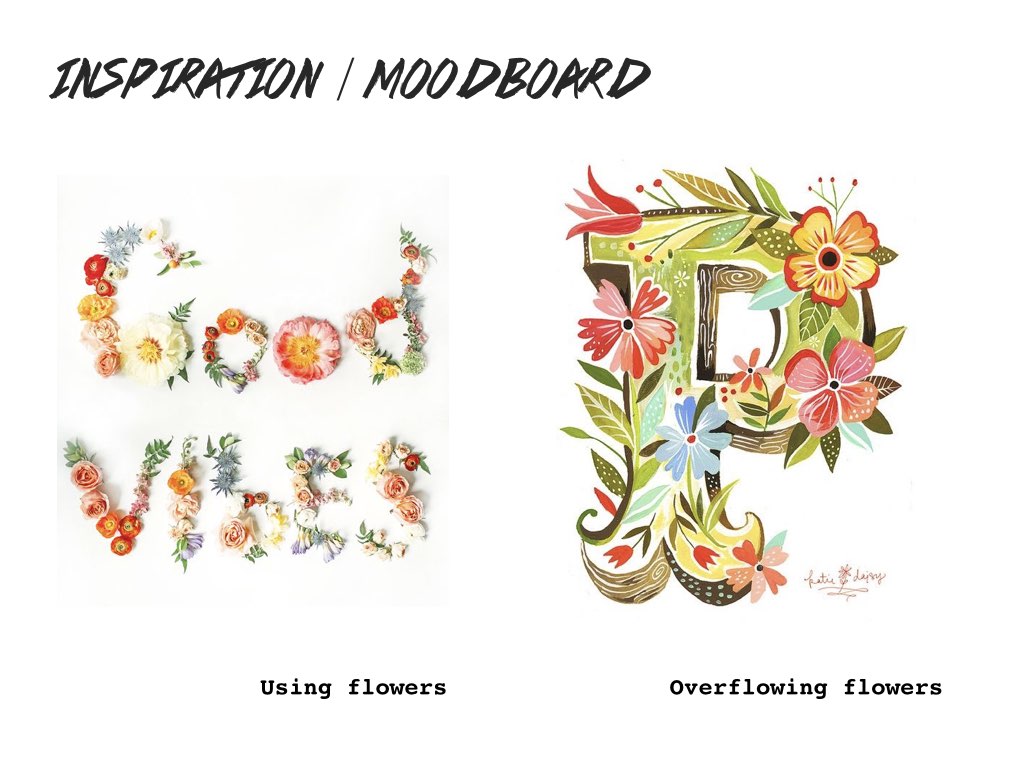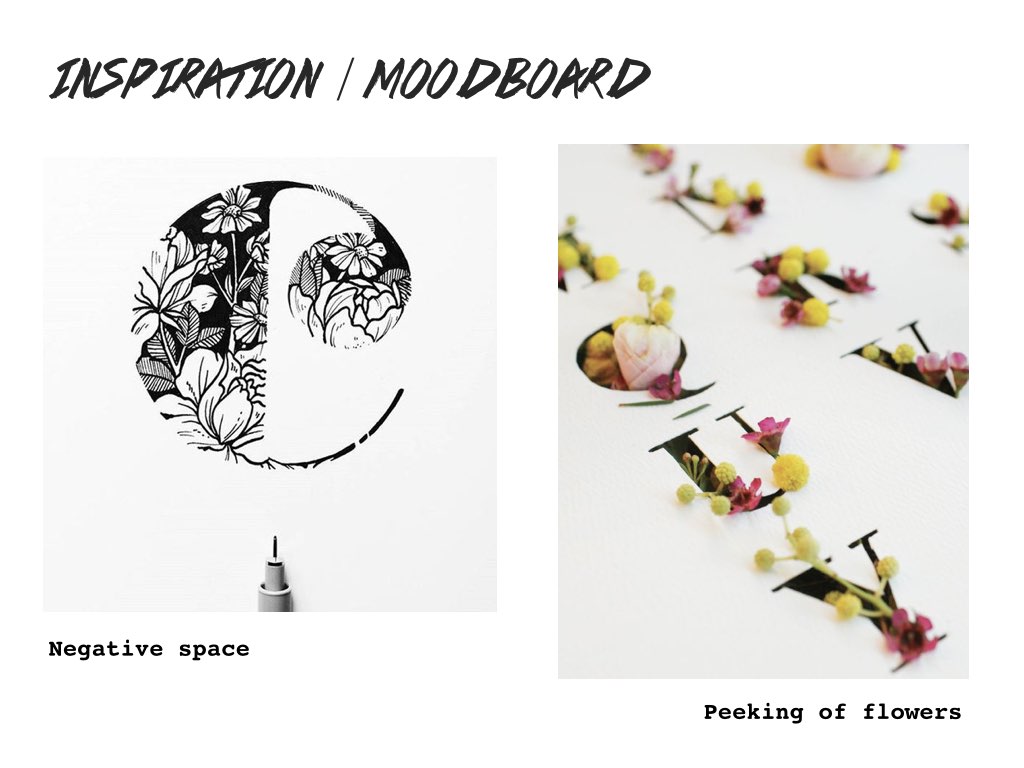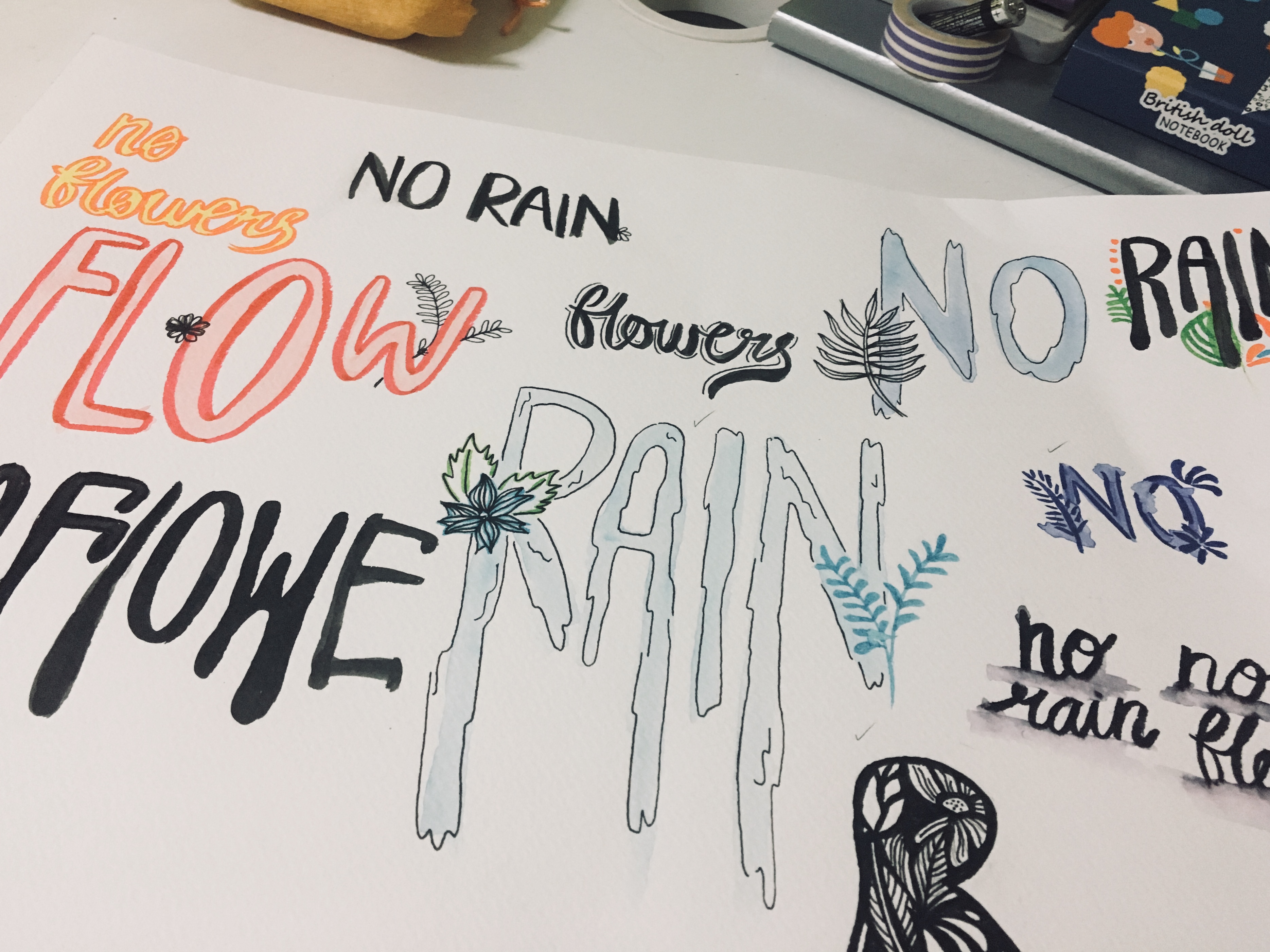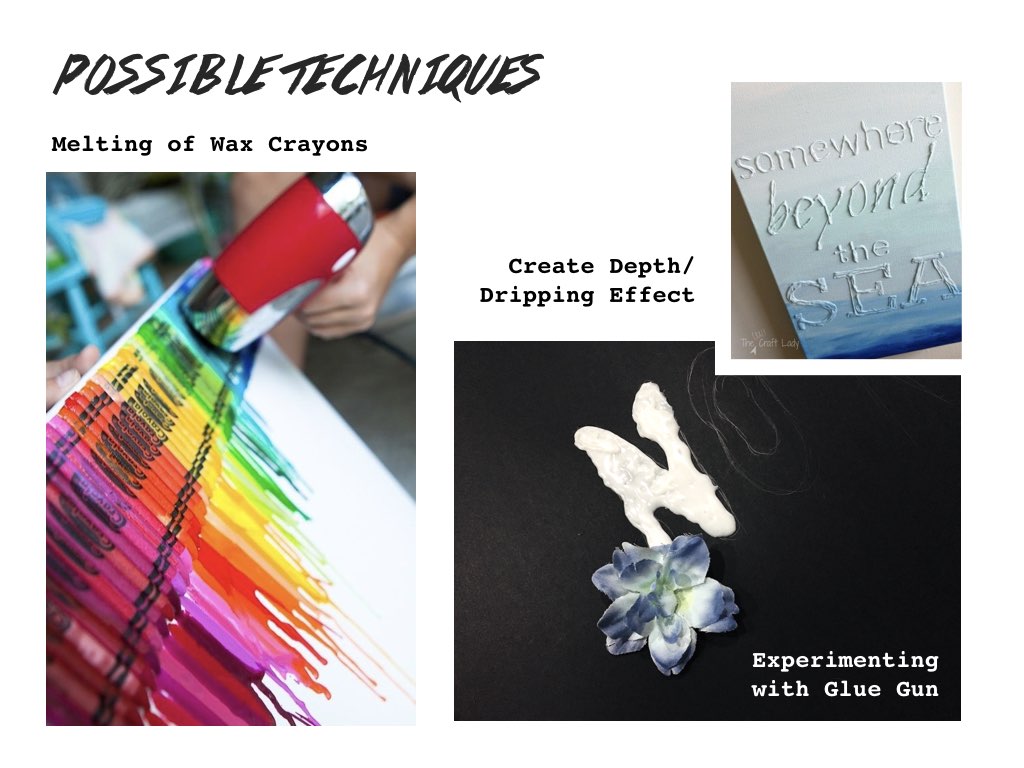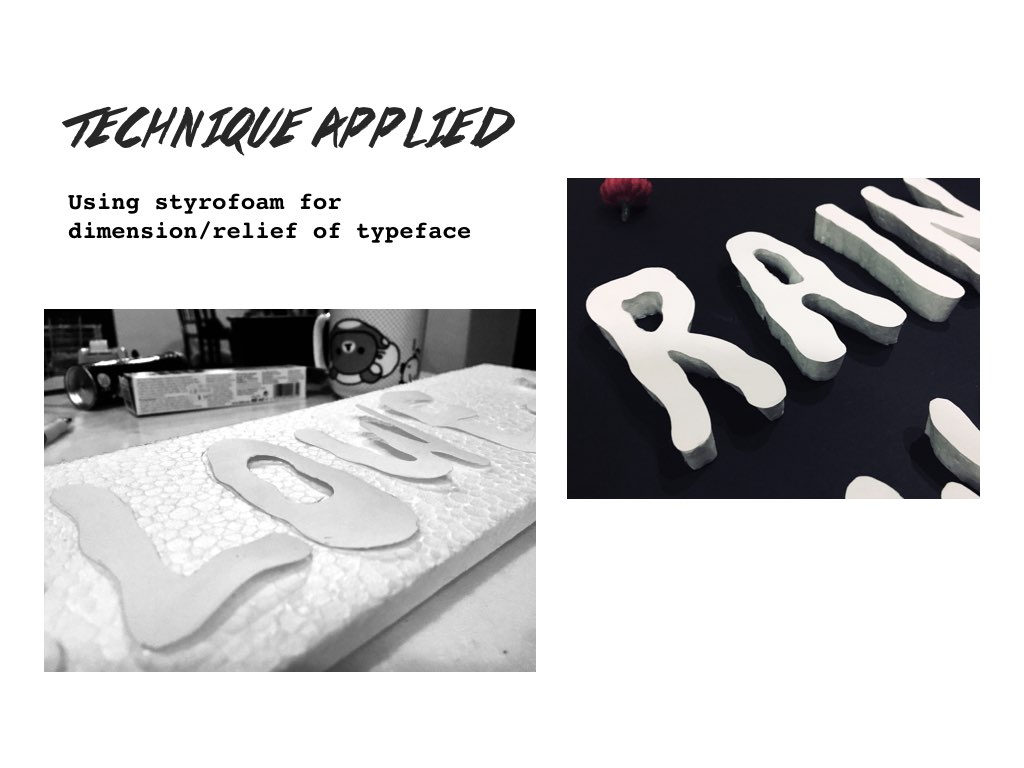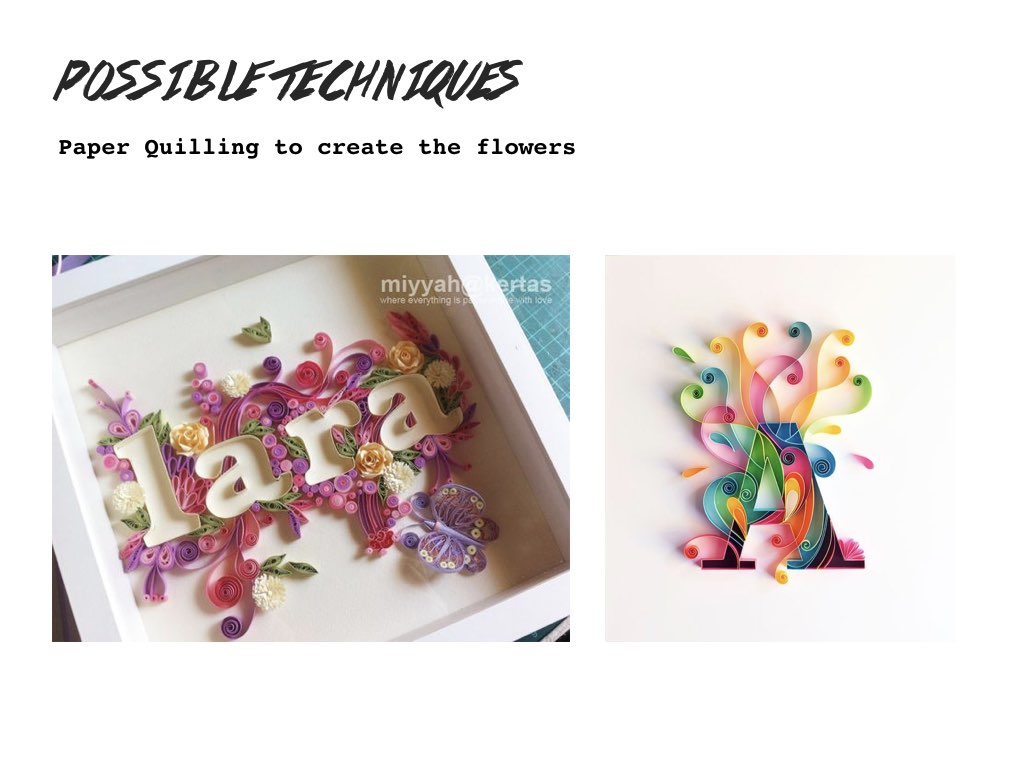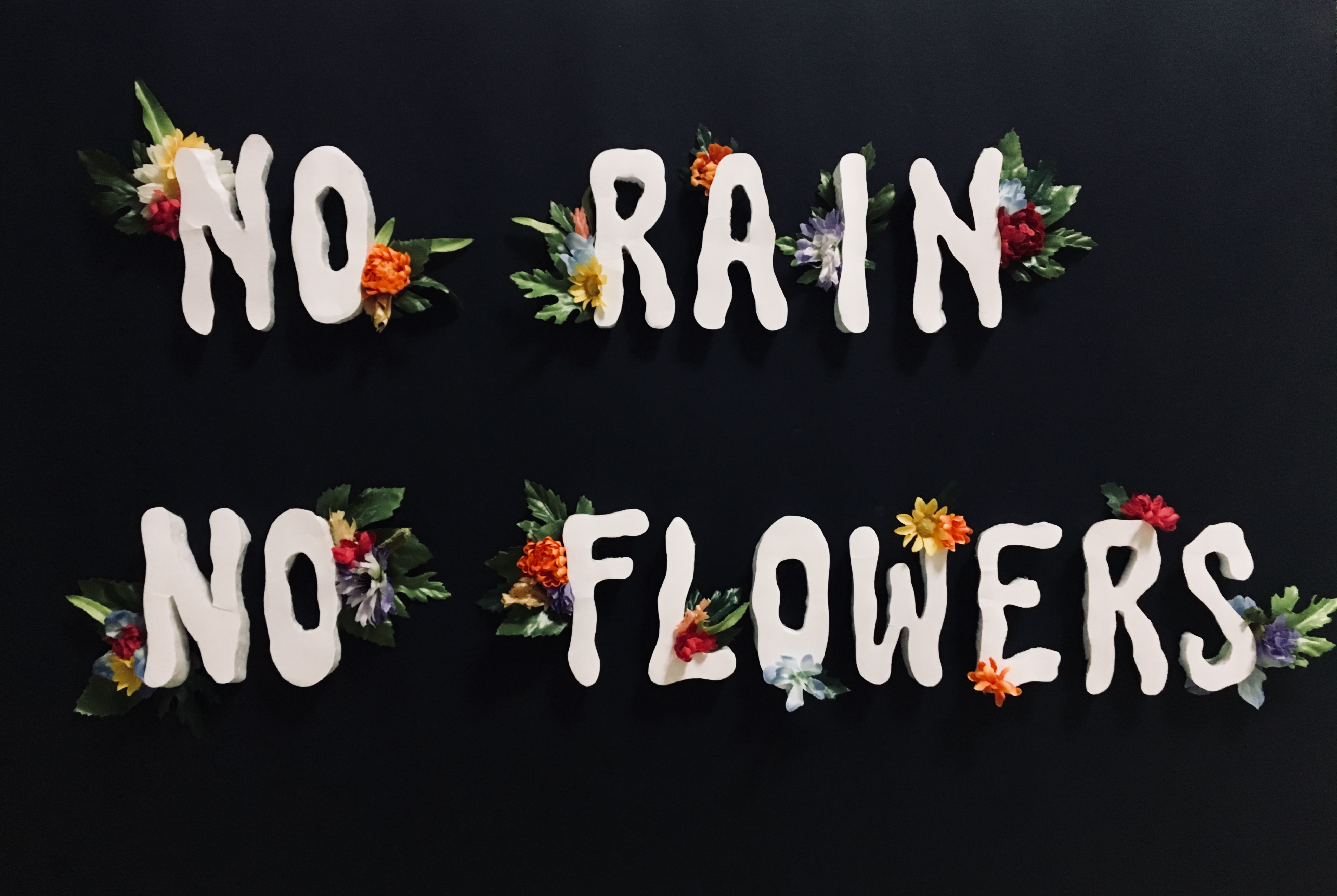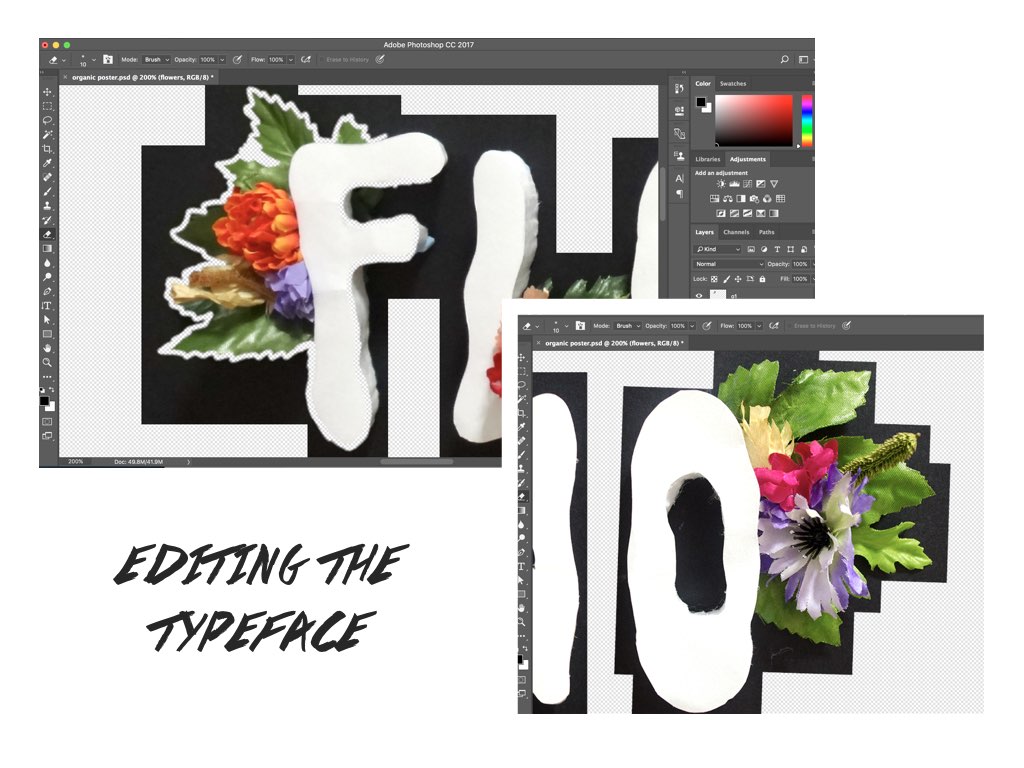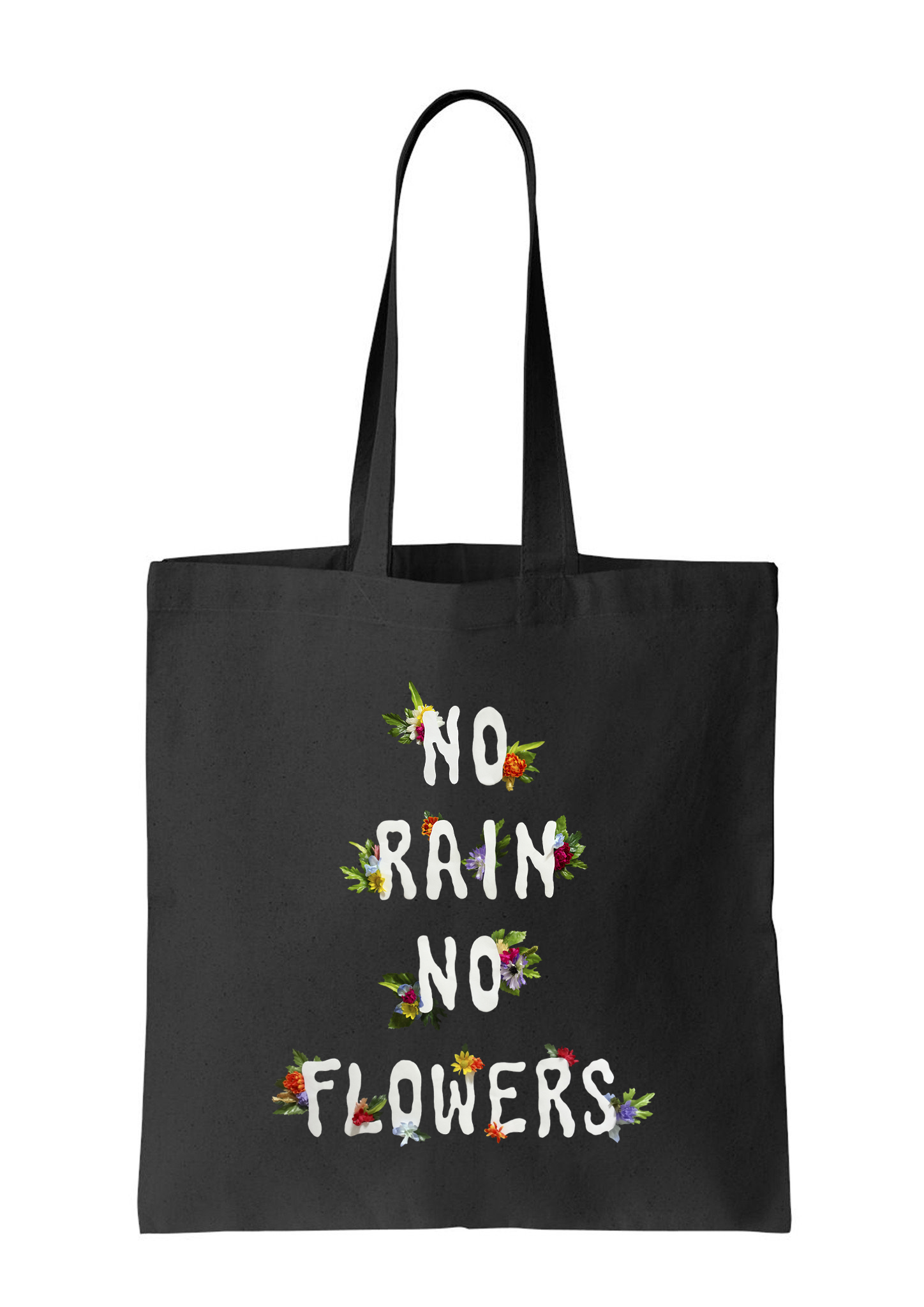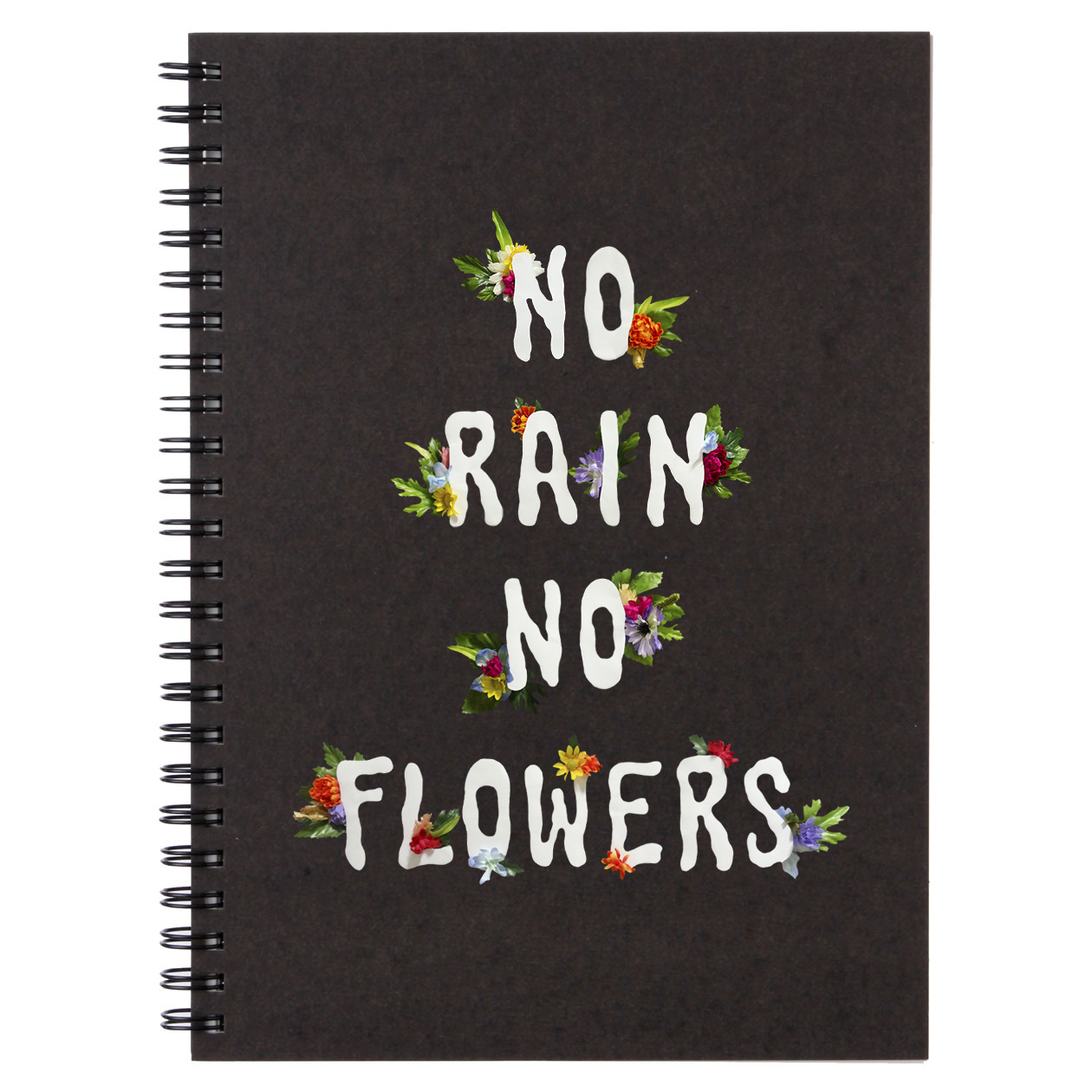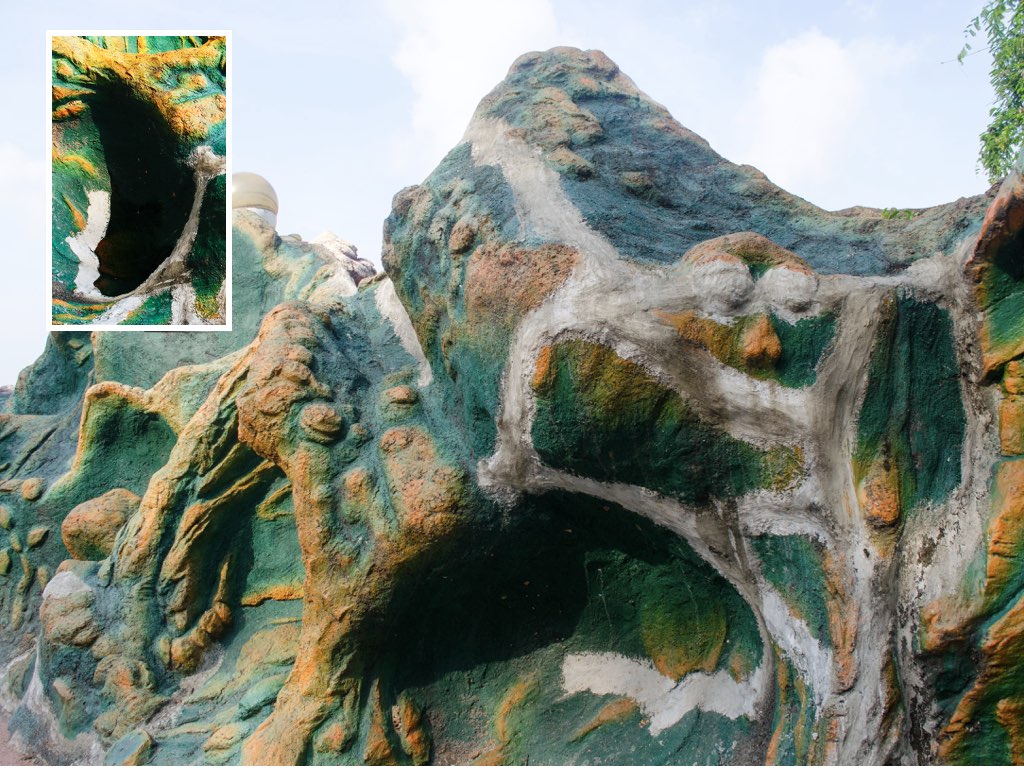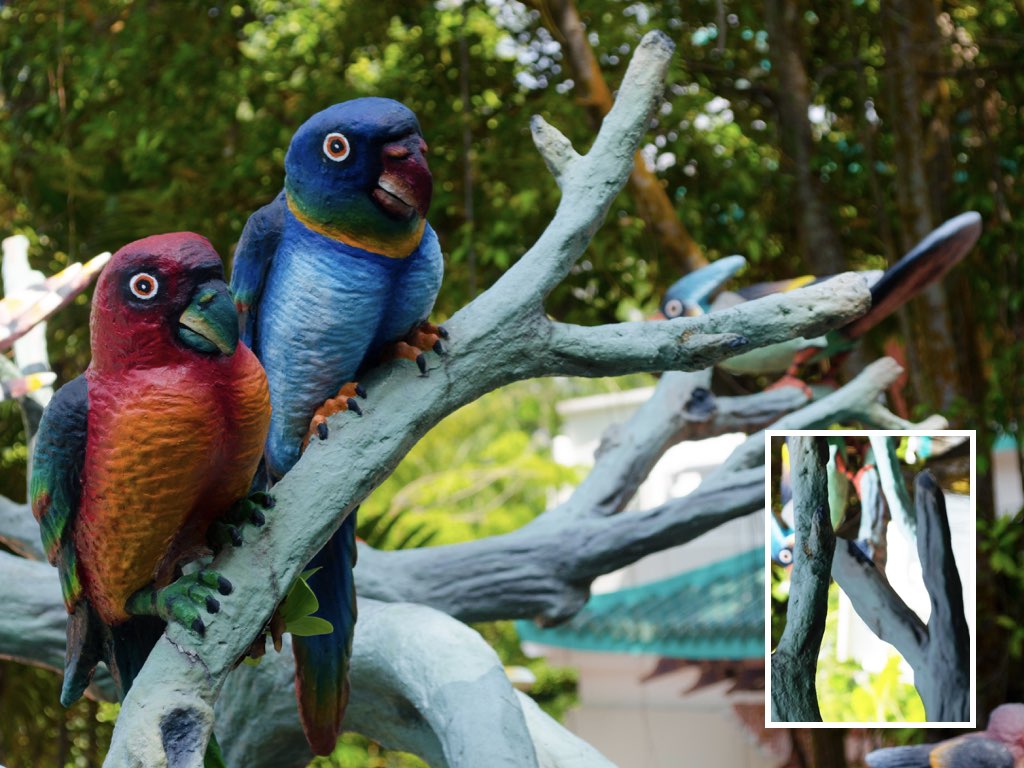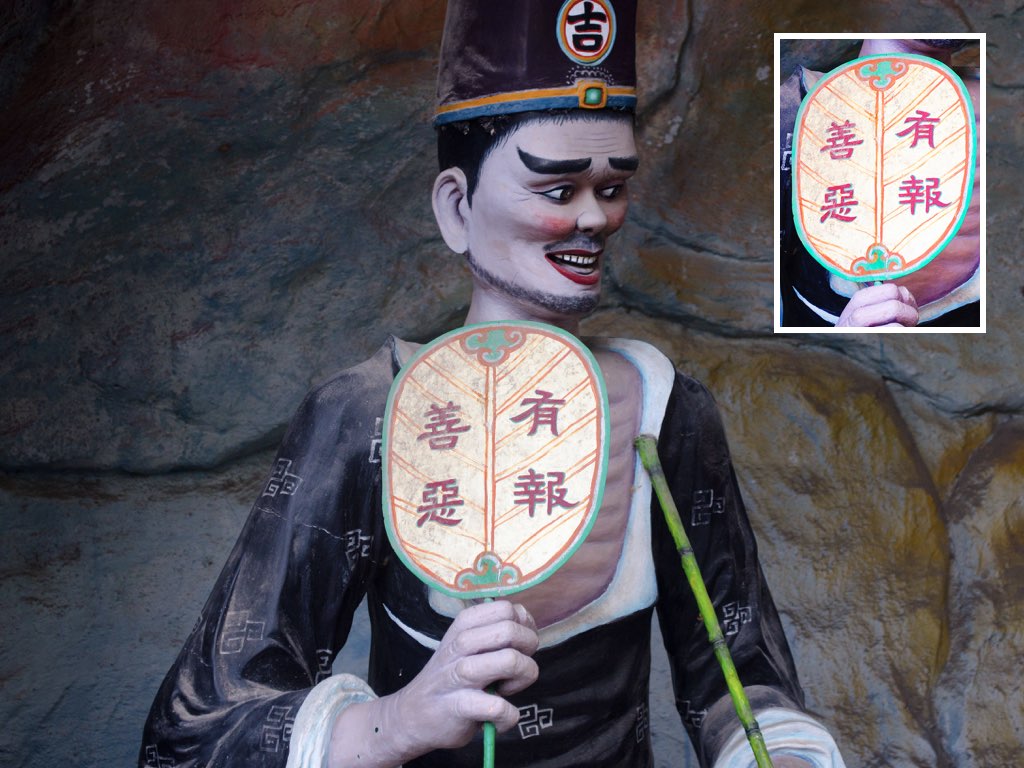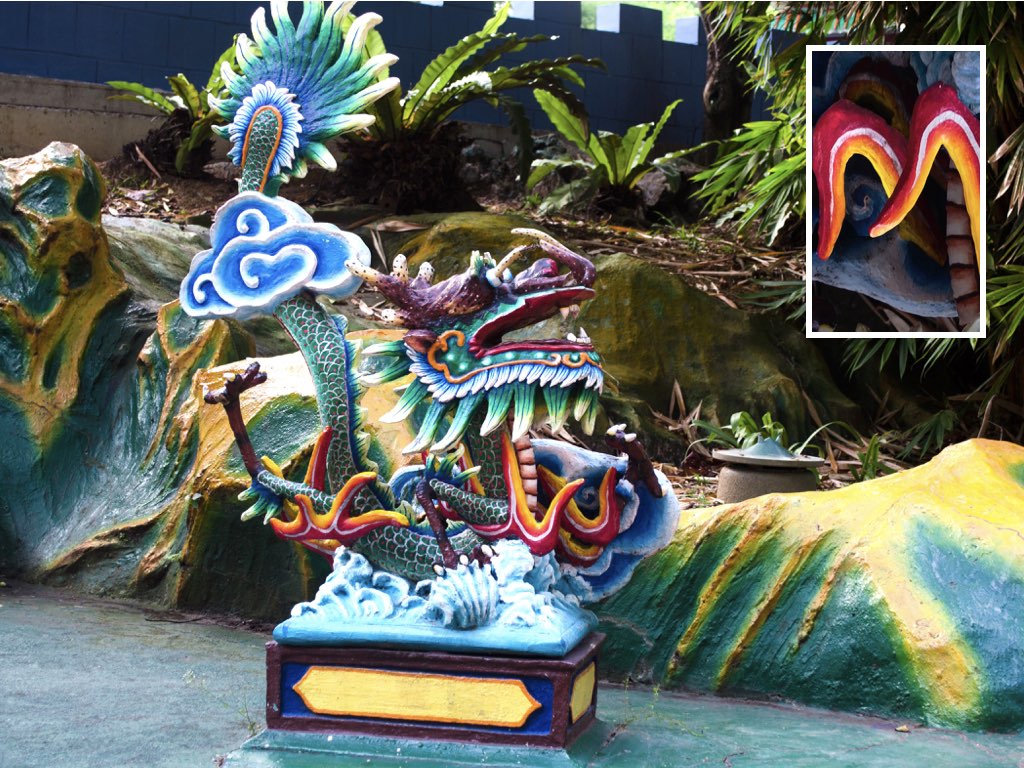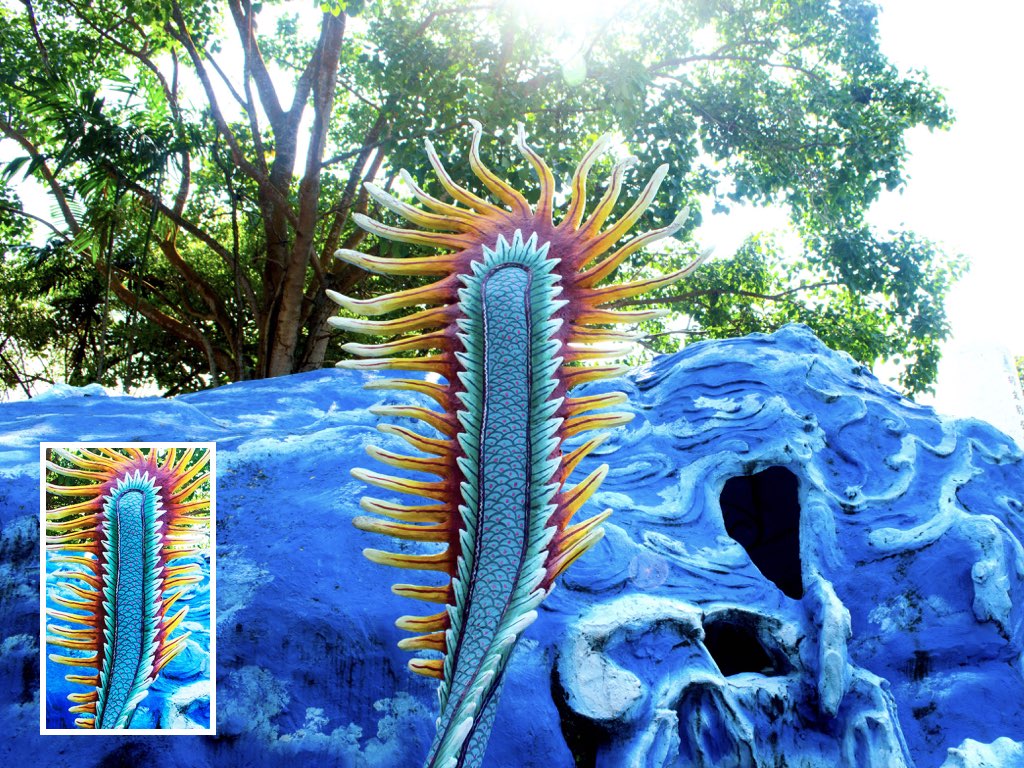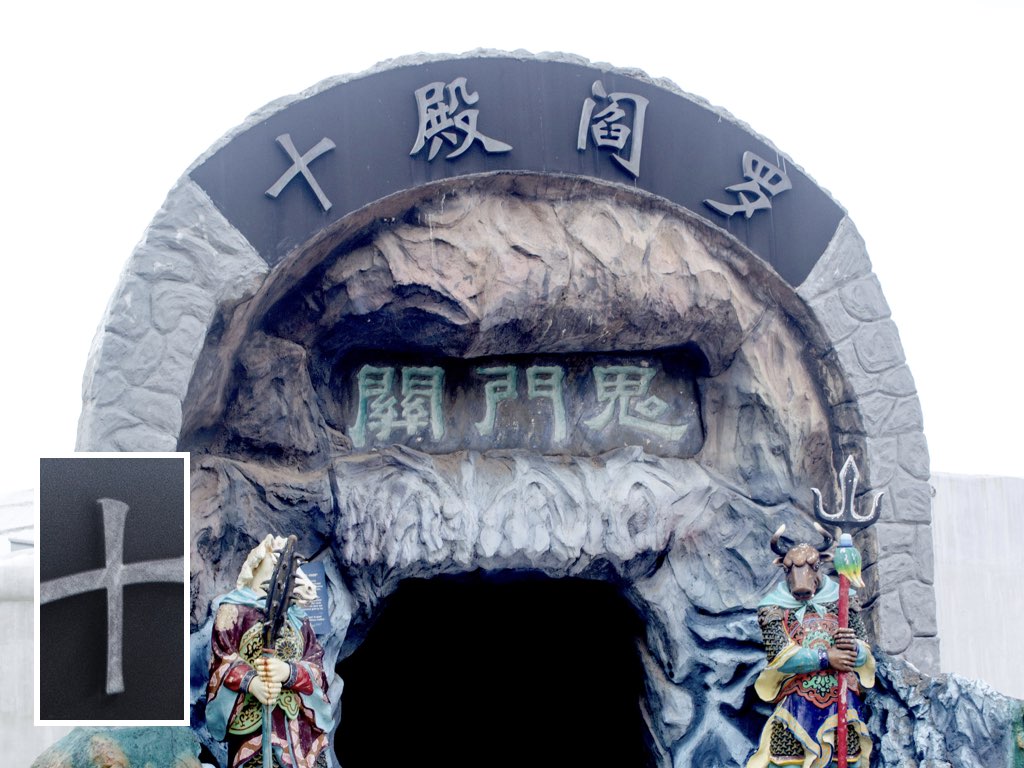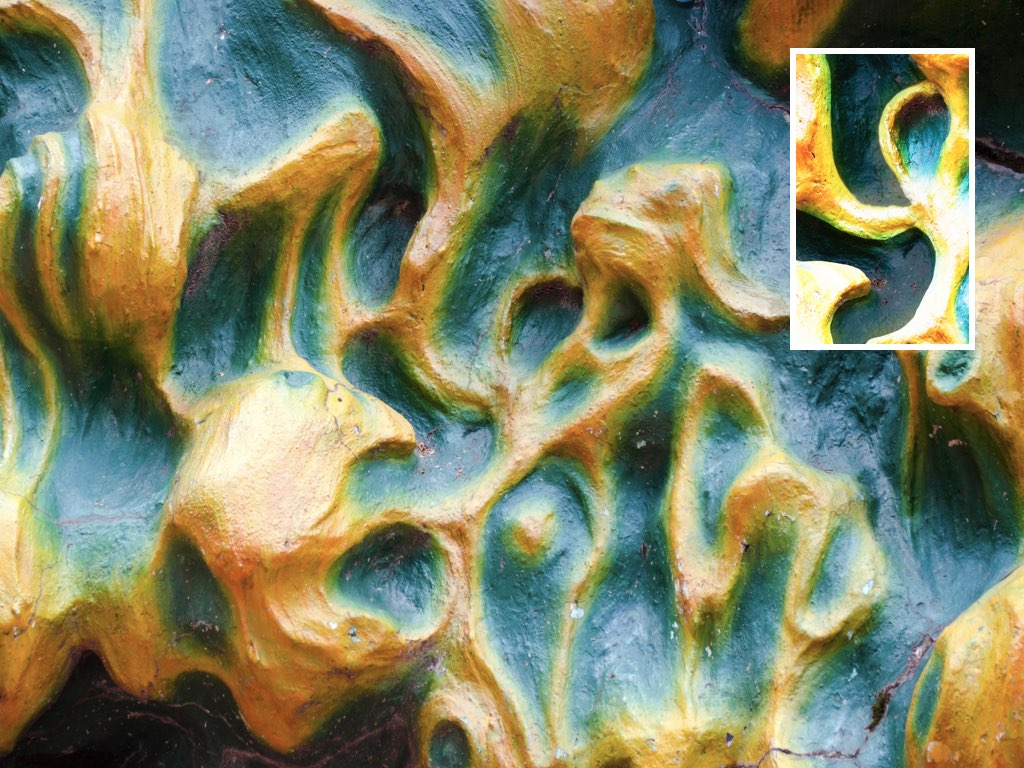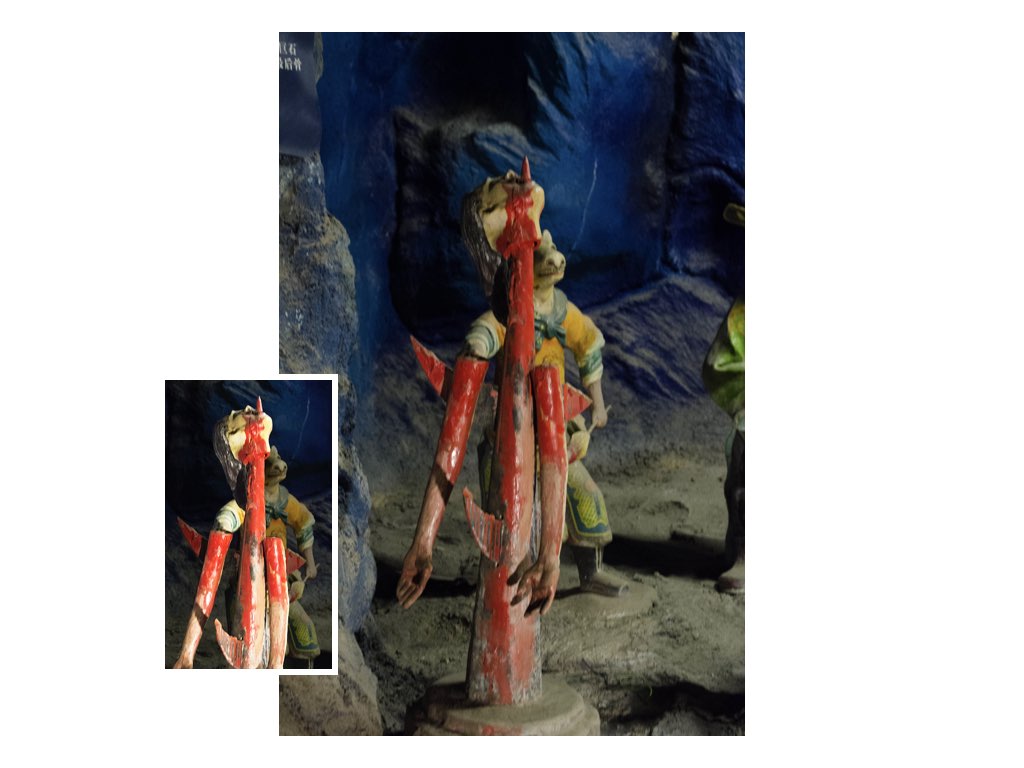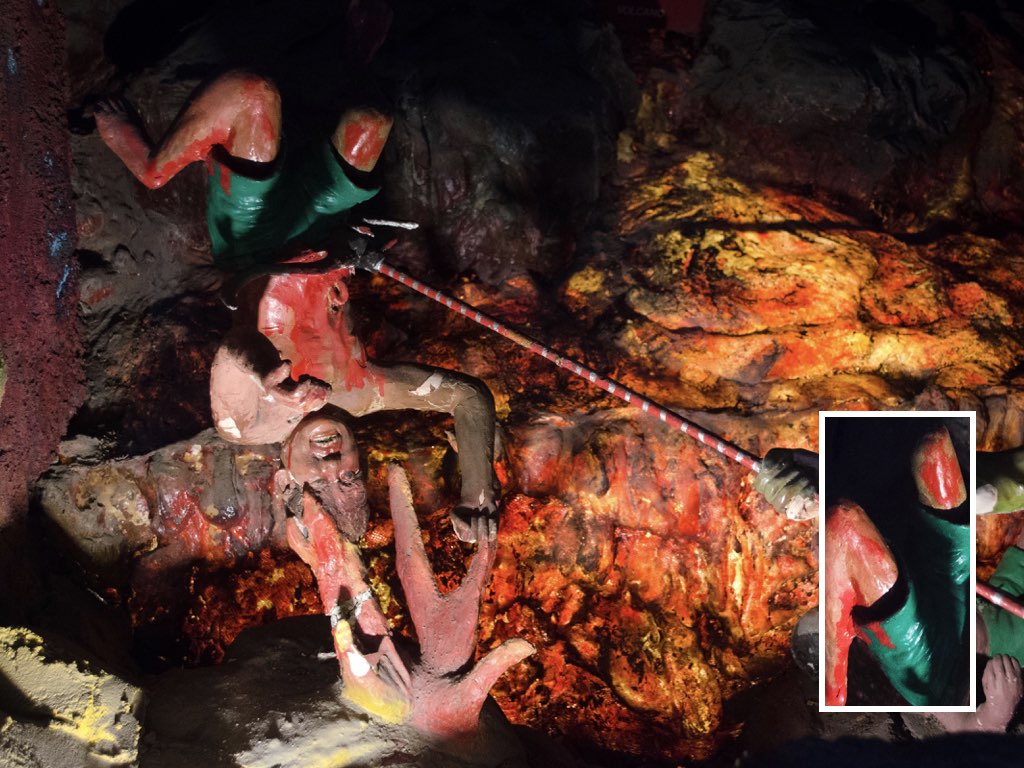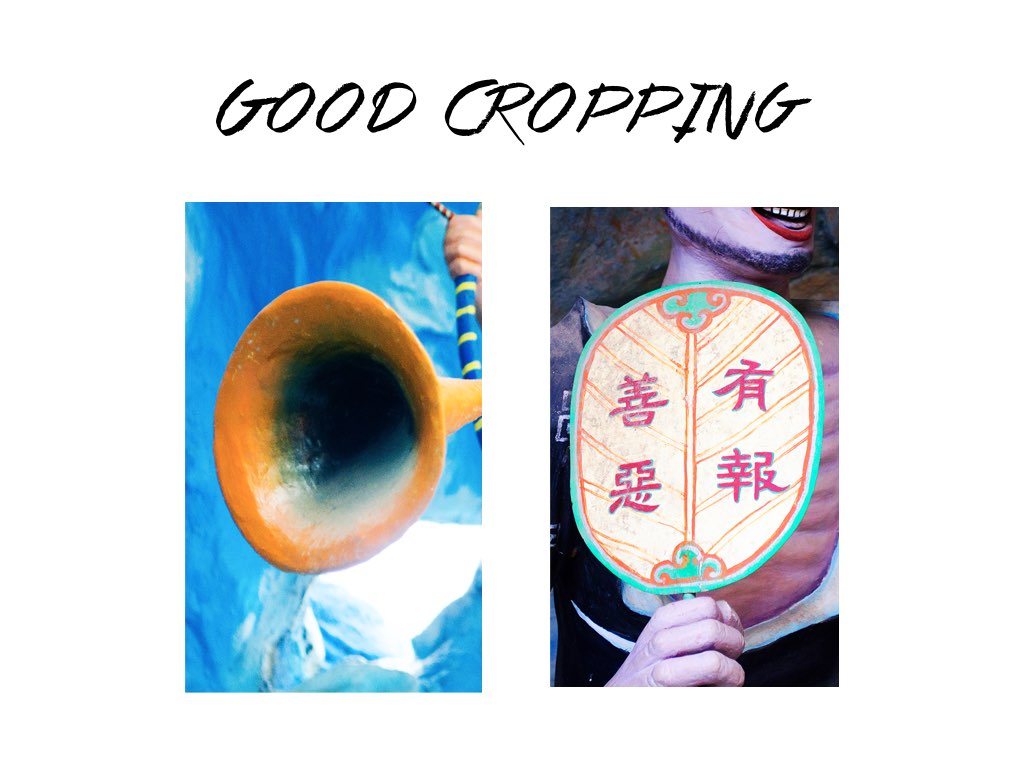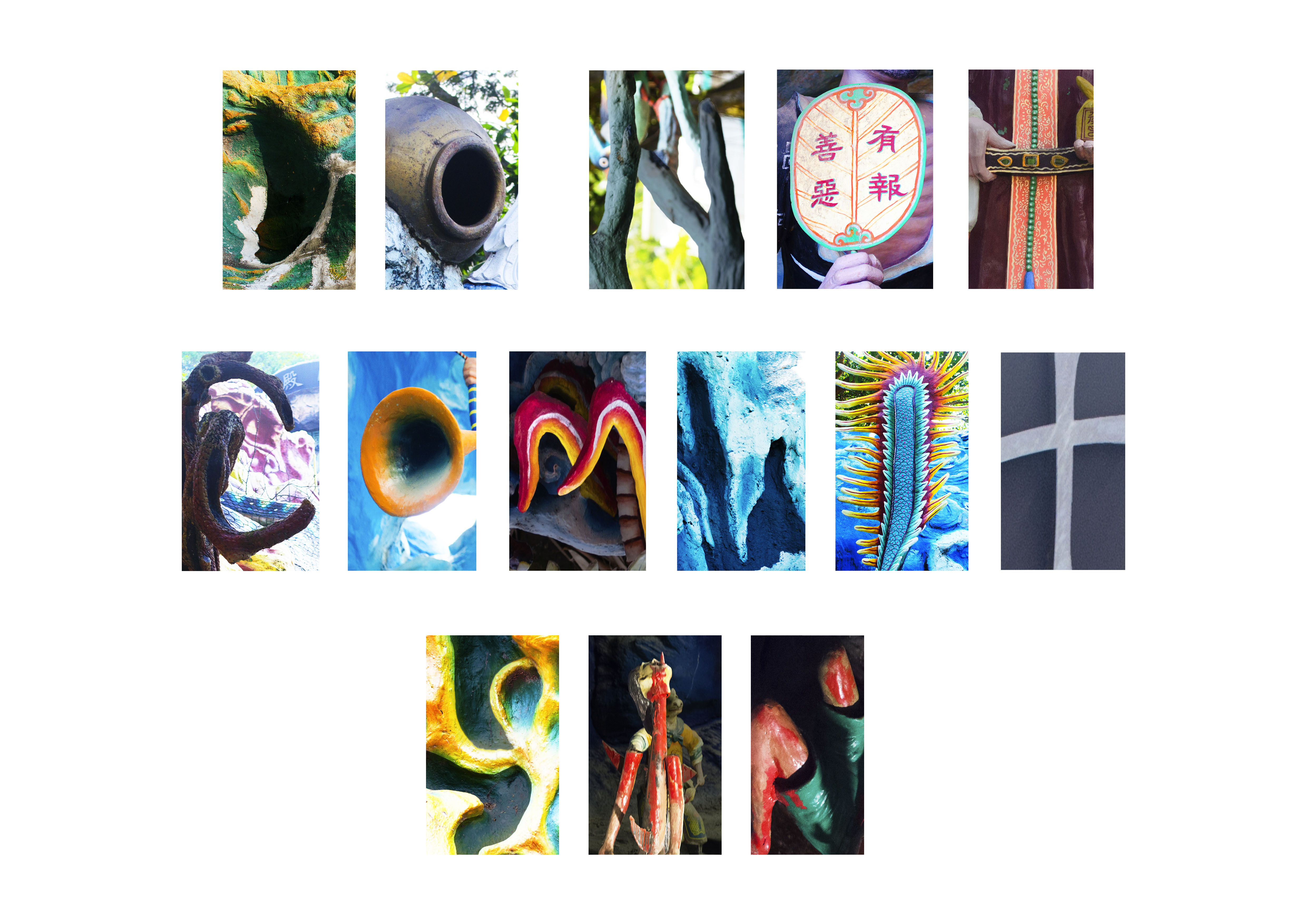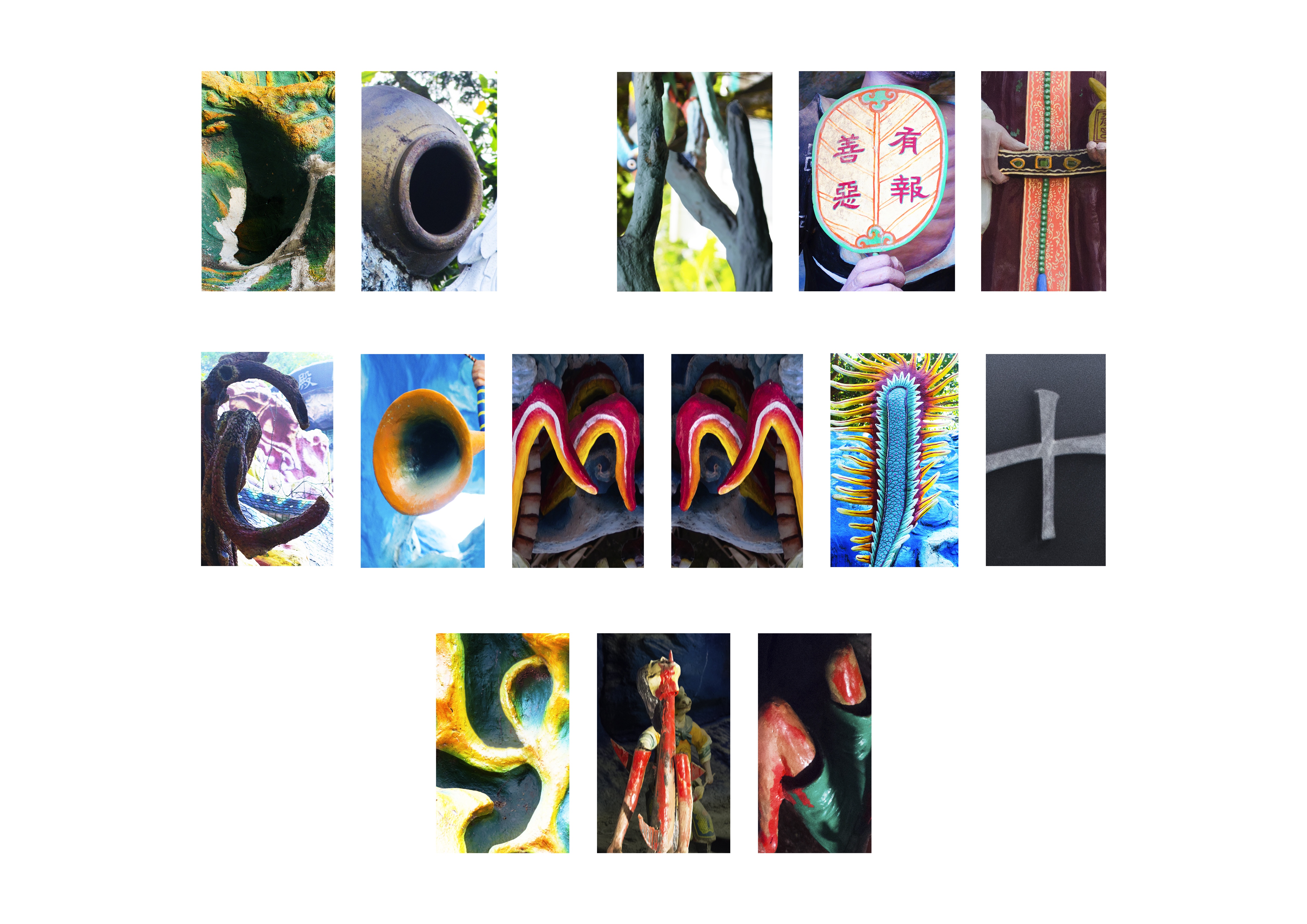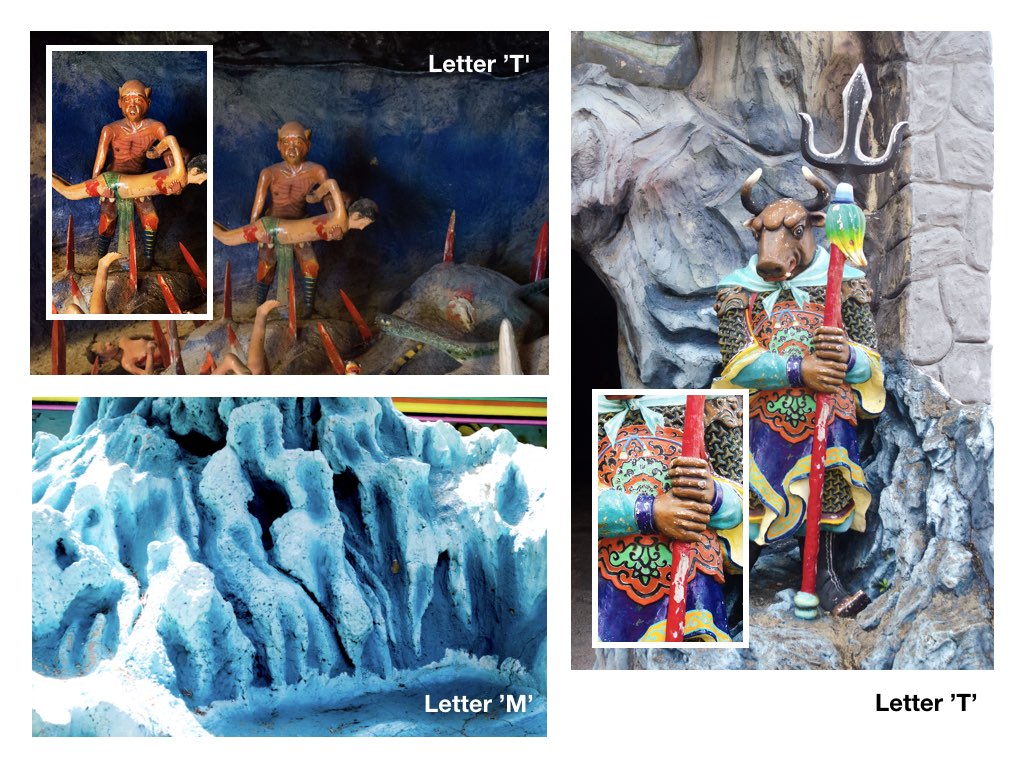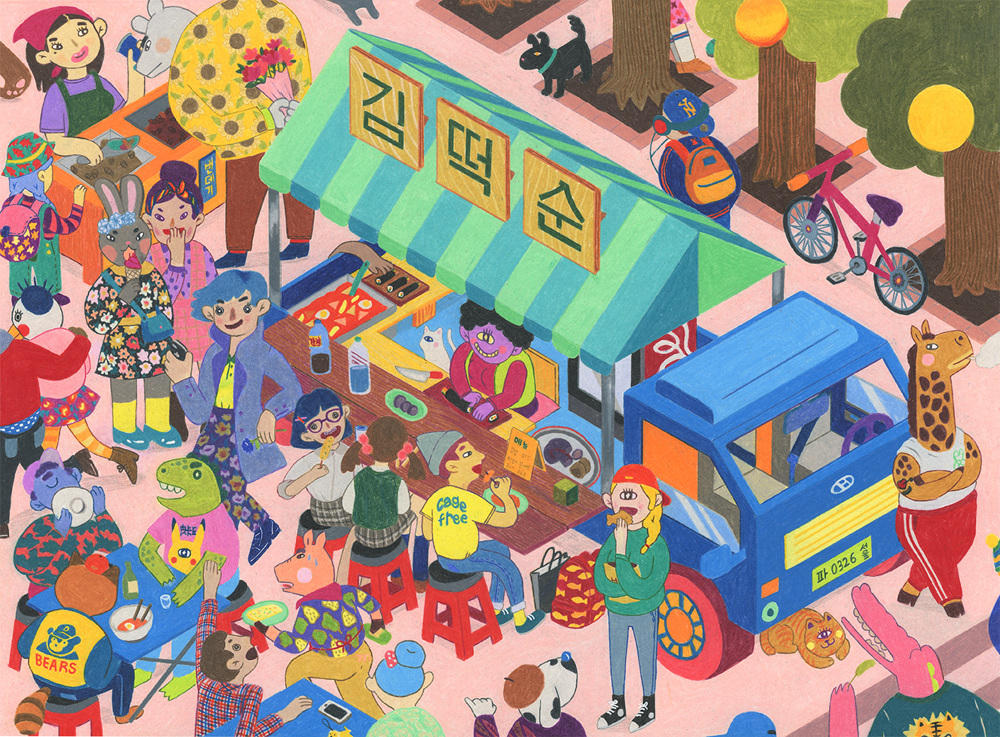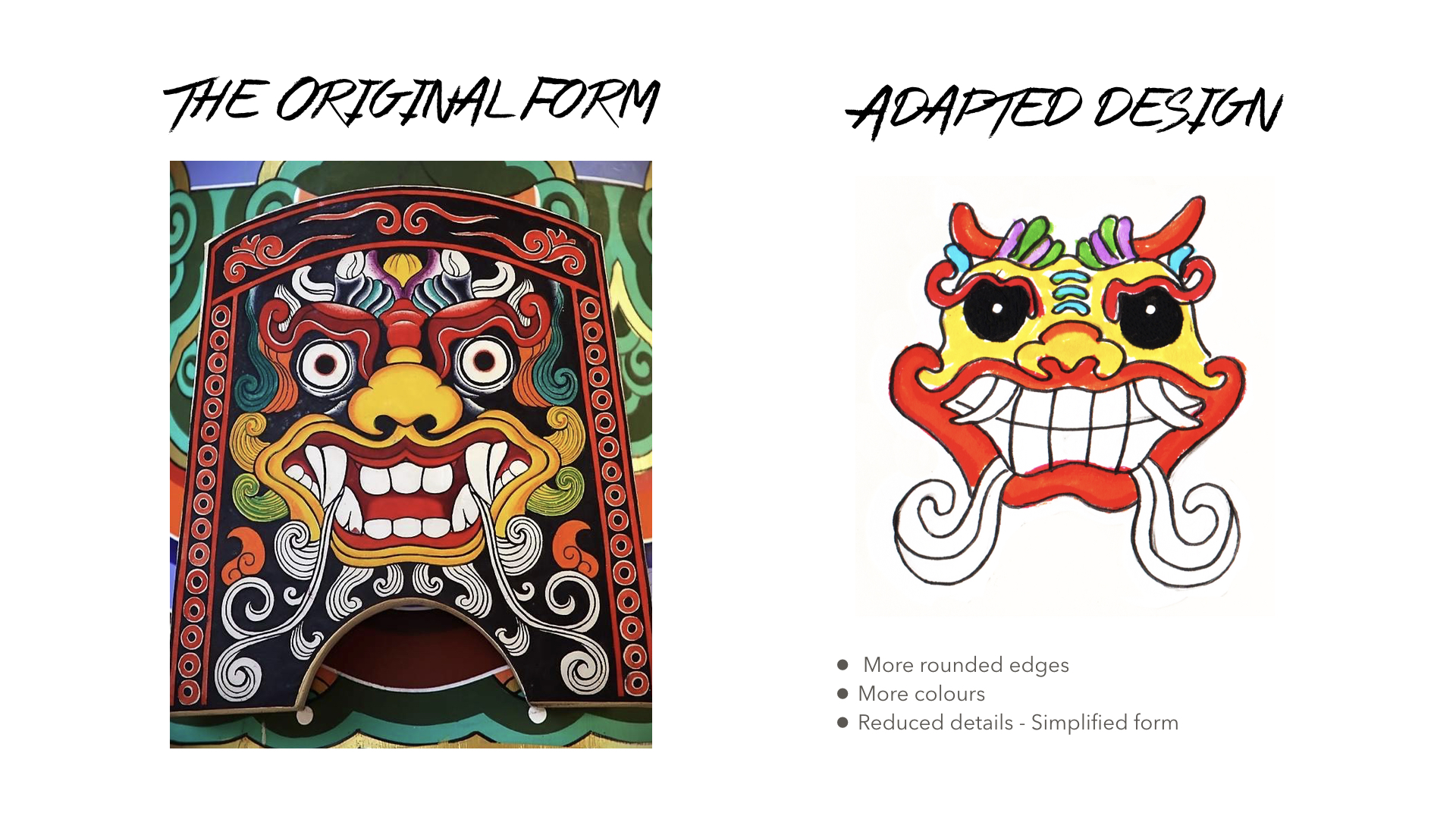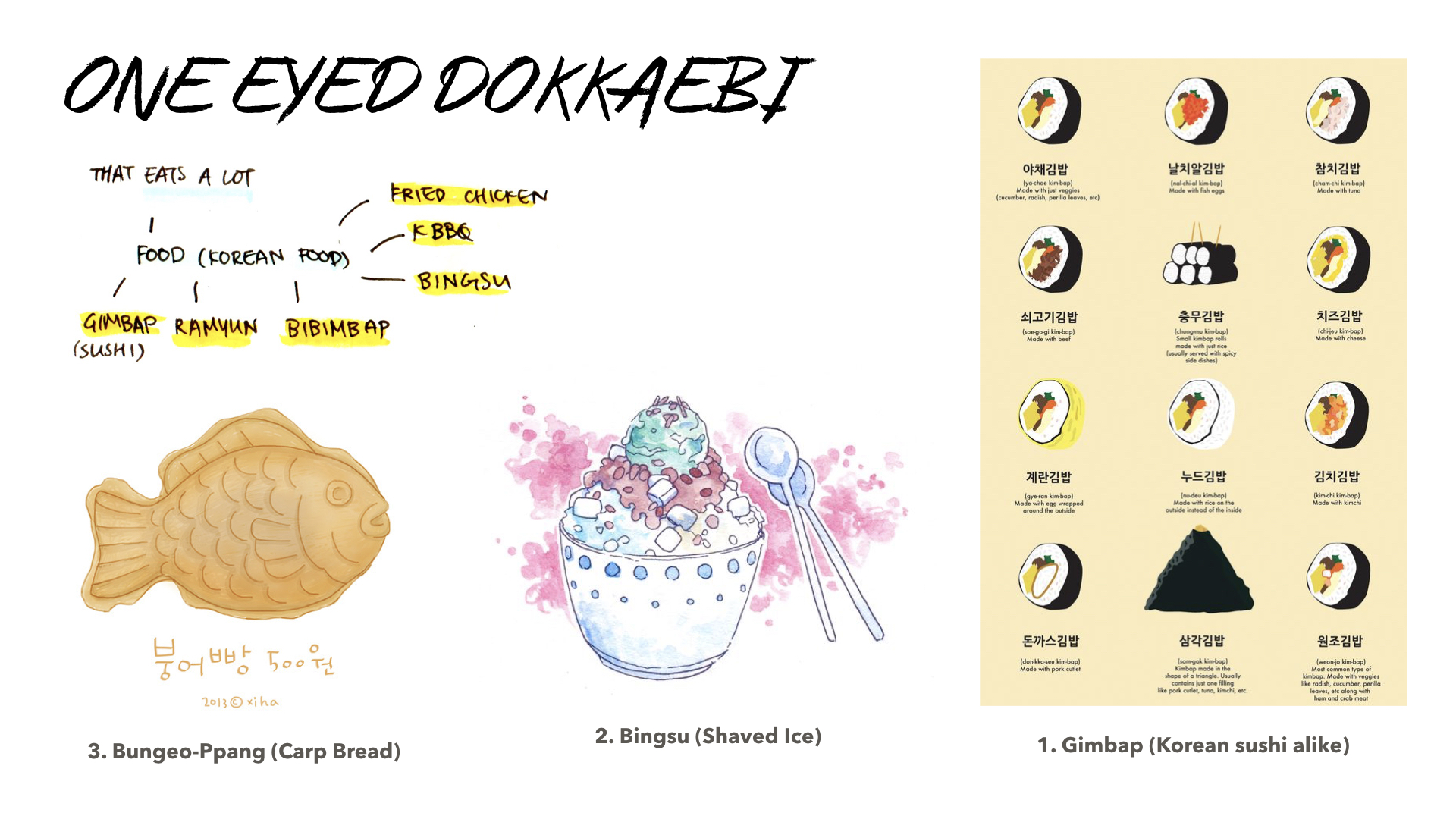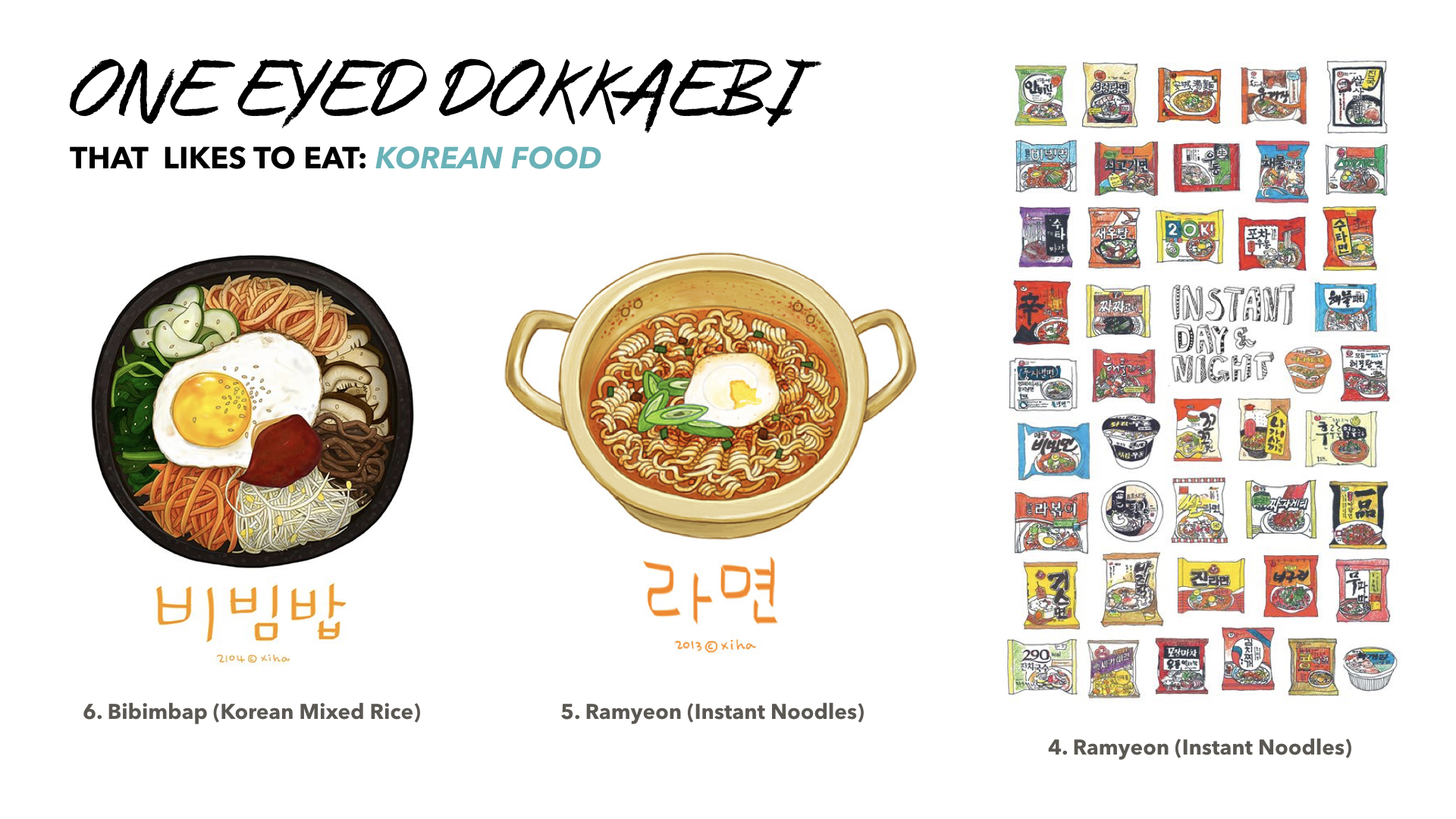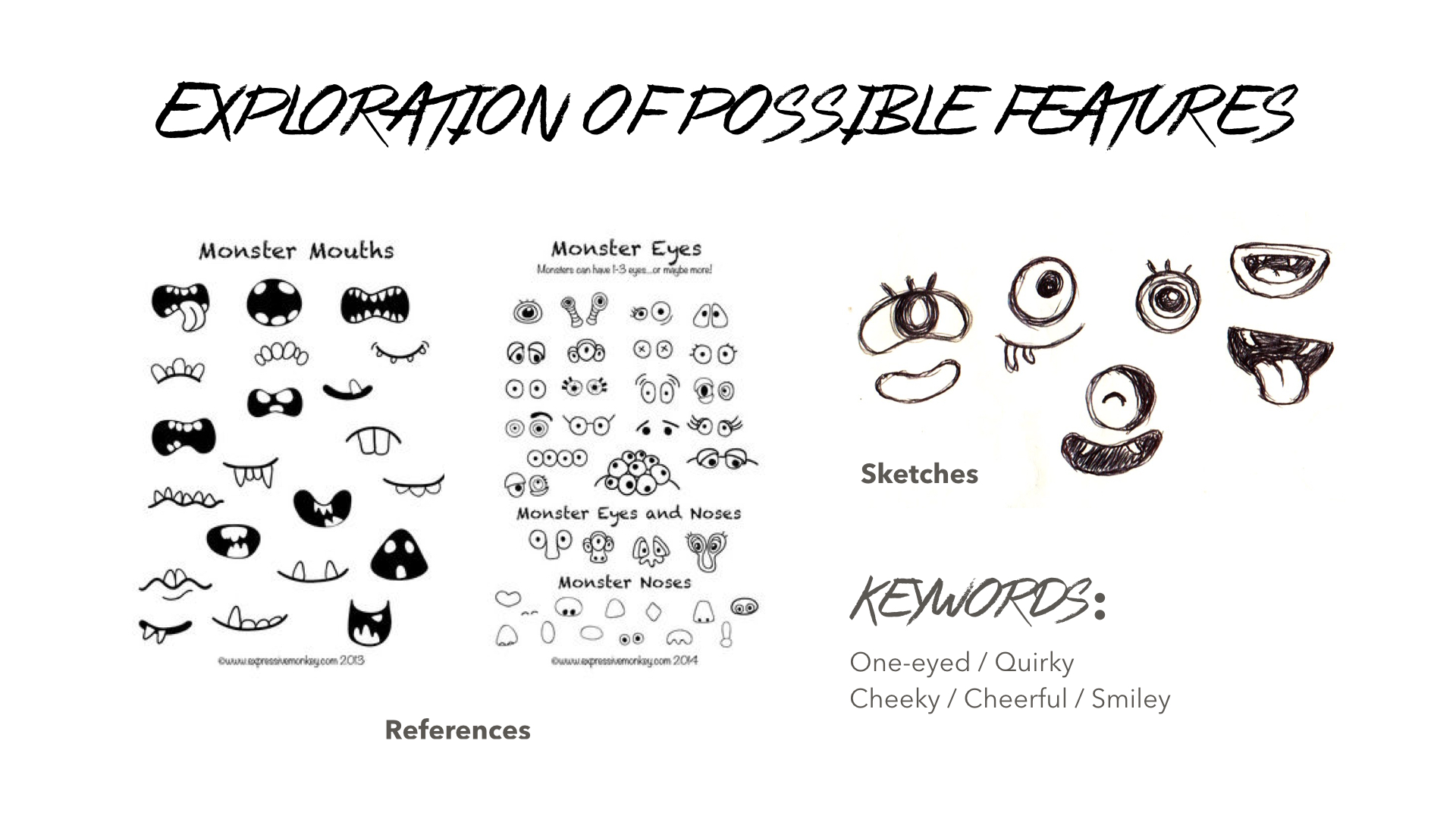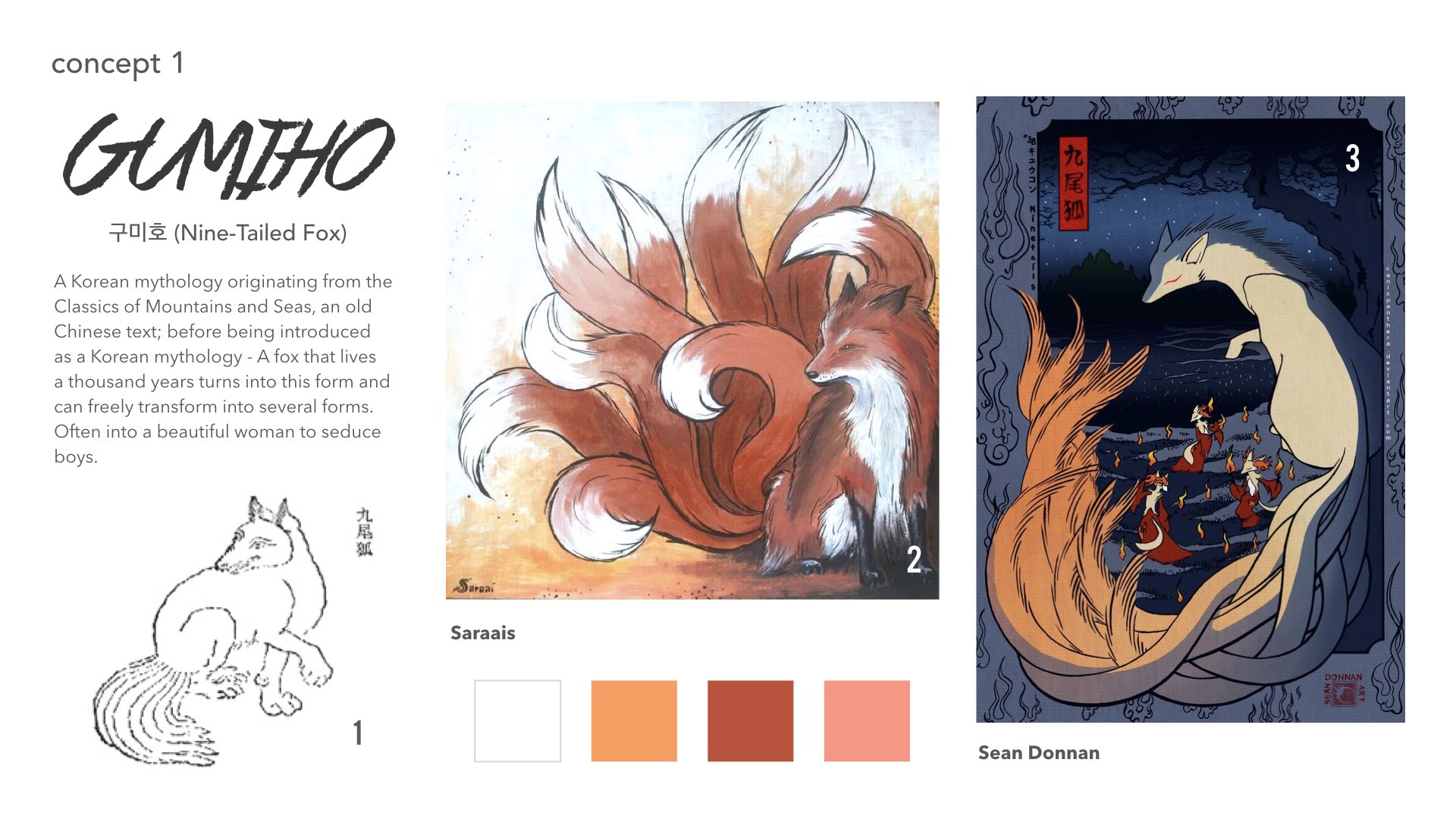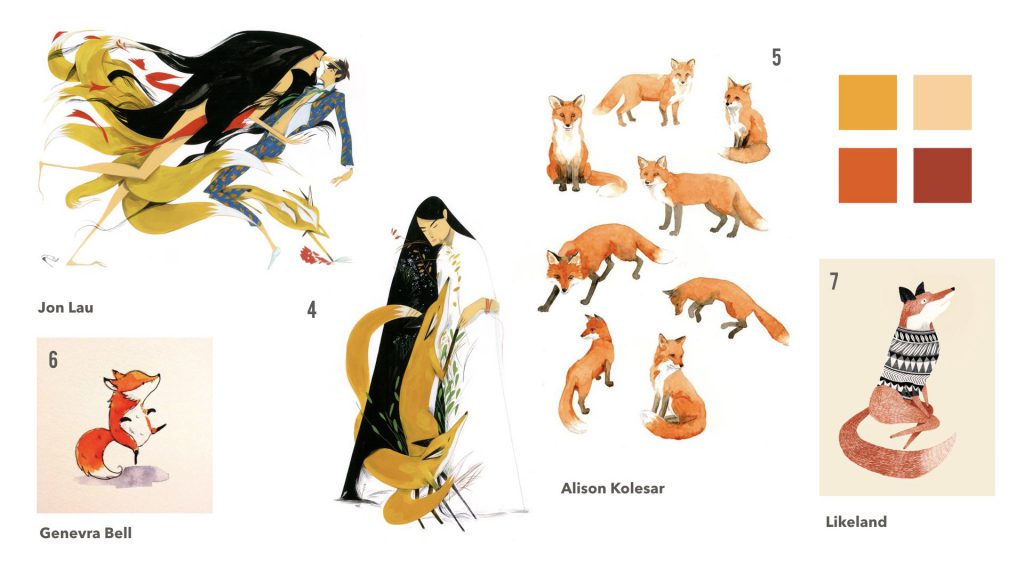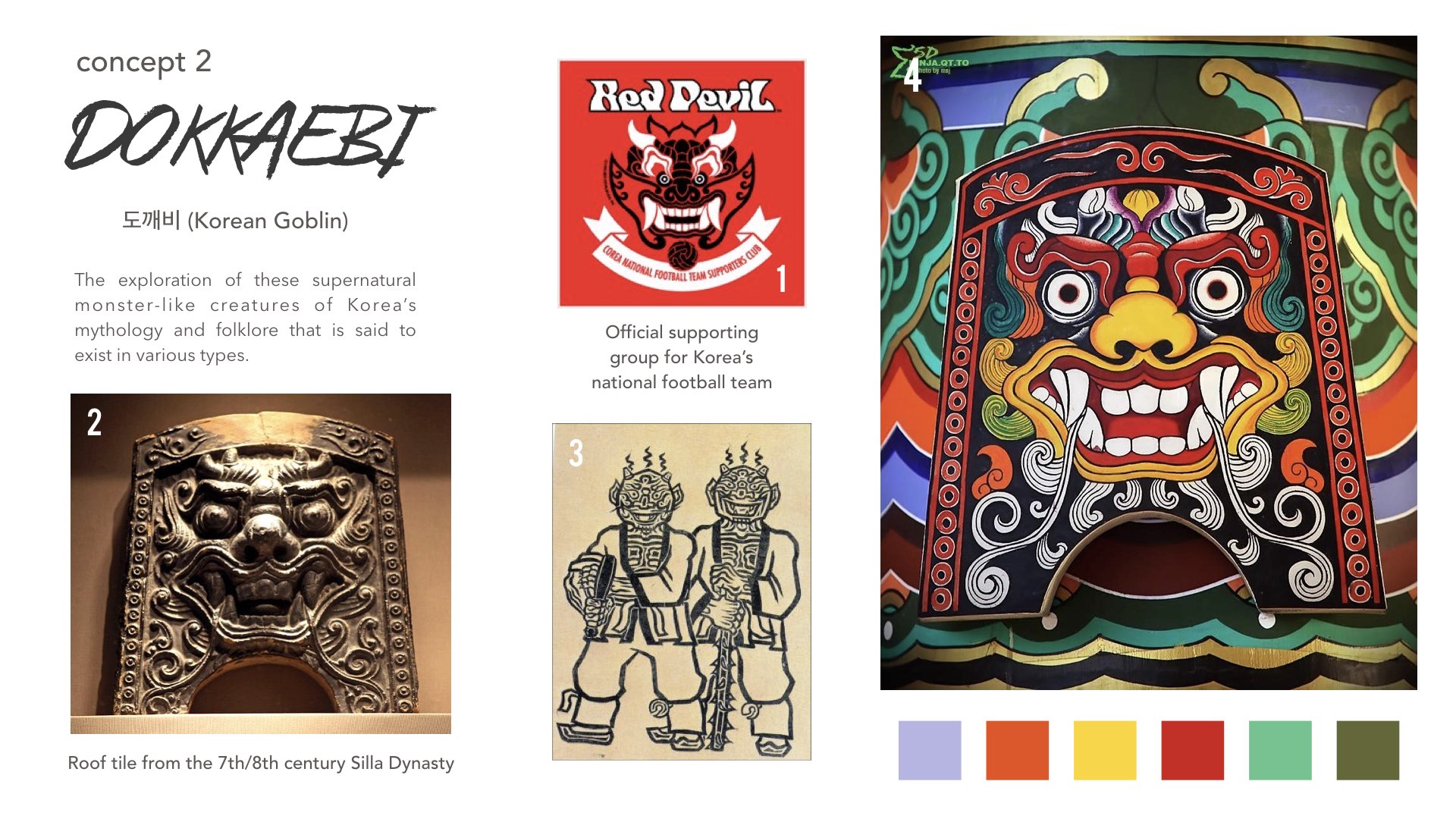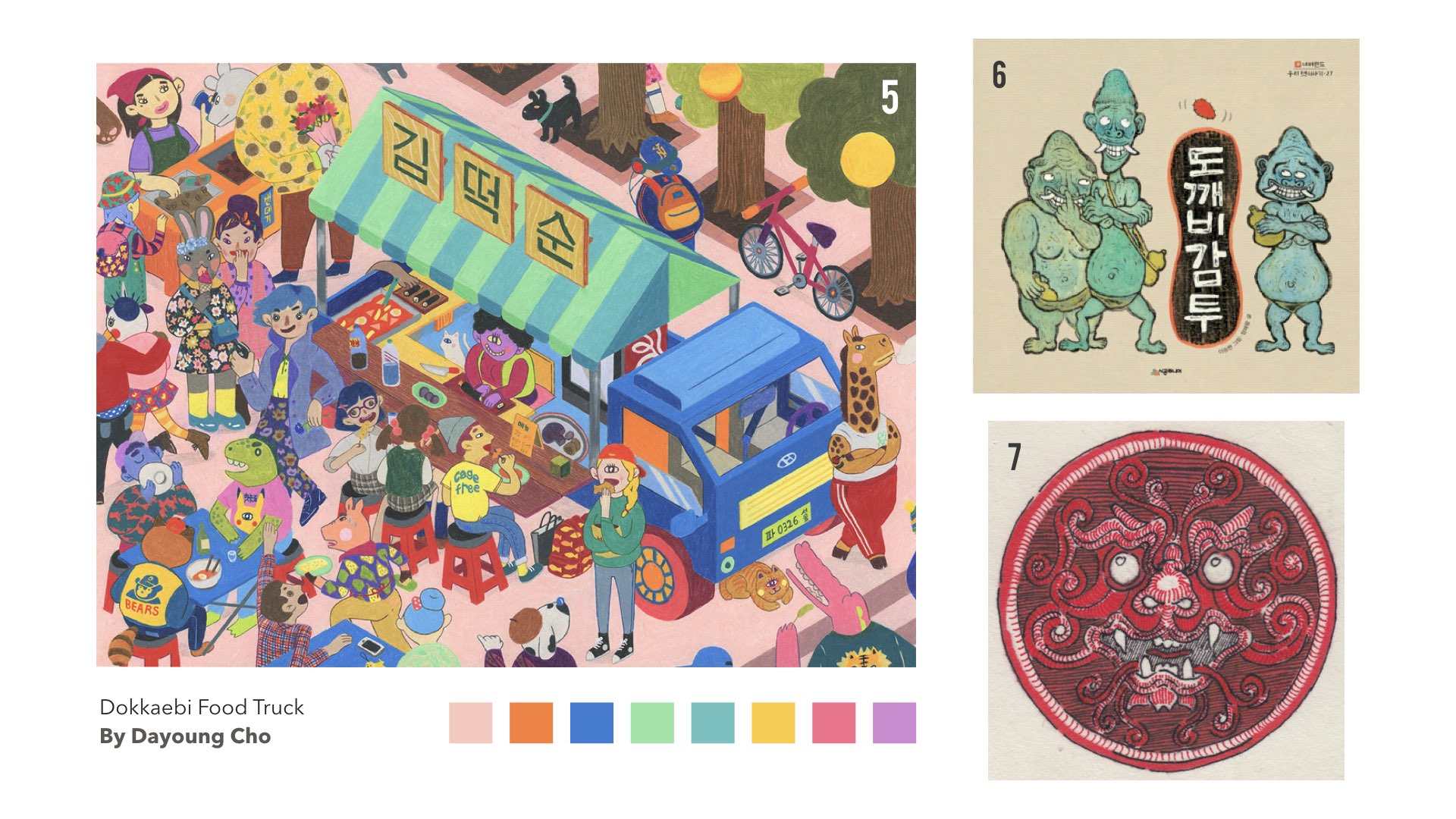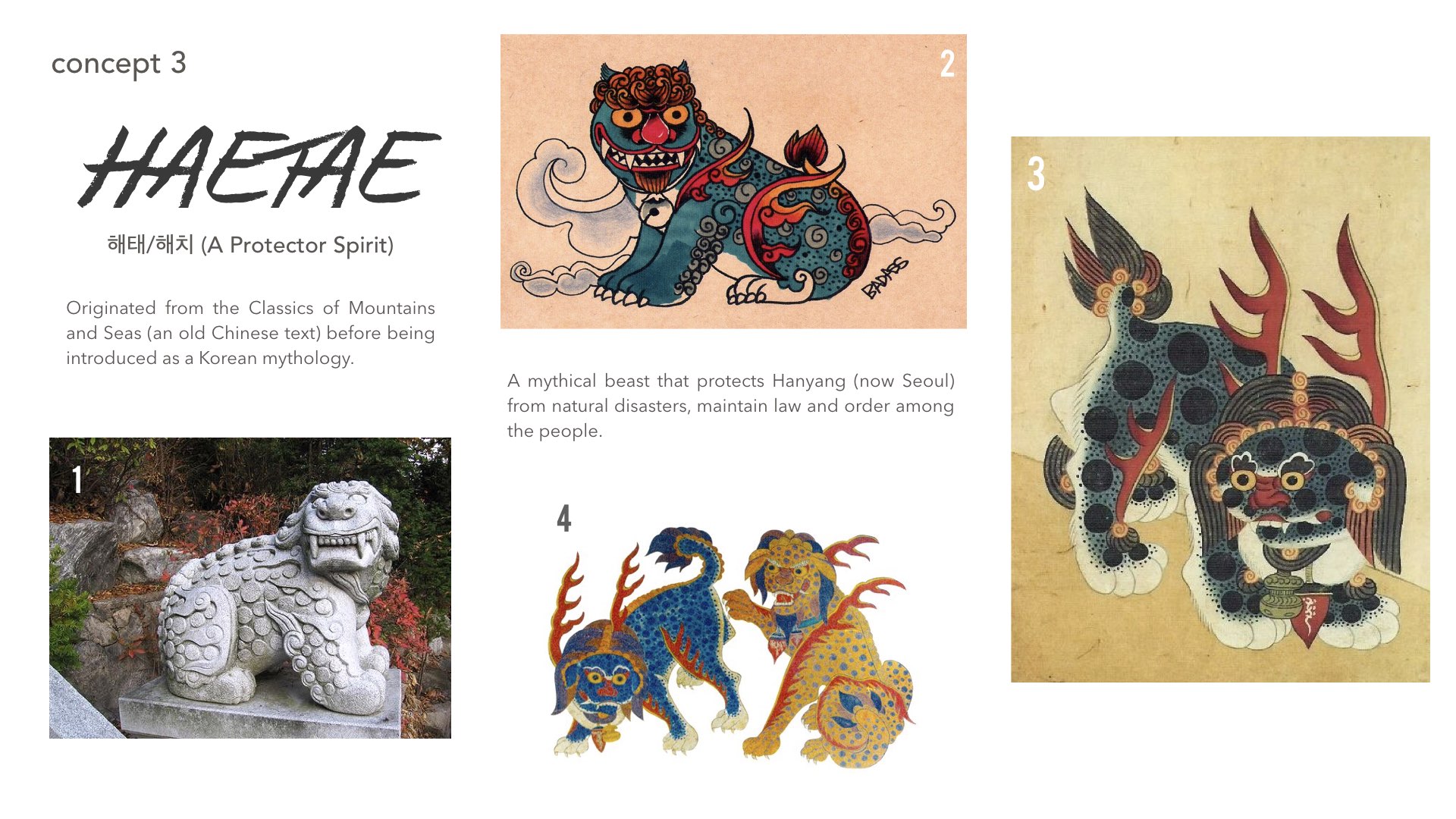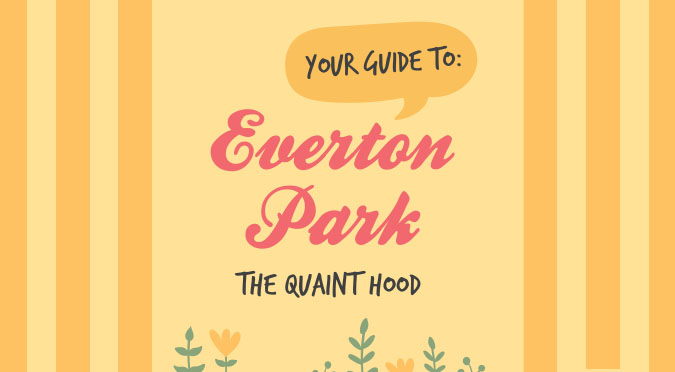Concept: An informative guide to bring out the best of Everton park, its quaint charm and how it boasts a mix of old and new businesses. The purpose of the guide is to entice people to come visit Everton Park, showing readers what they can check out there, do there and also some facts about the place so that they will have a better understanding of the place as well.
Art direction: Overall I took on a consistent pastel colour scheme for the zine and the original colours were inspired by the architecture colours of Everton Park. However, the original colours of the architecture seemed a little too bright and a bit of mismatch as a publication look thus I took to playing around with the intensity and colour harmonies and went for a more pastel and warm colour scheme eventually. (see image below)

Apart from the use of a consistent colour scheme throughout the zine, you will notice later on that I have also used speech bubbles on most of the pages and spreads for some of the headers and subheaders to bring out the personal touch even further.
Content – I felt that the mix of old and new businesses in this quaint neighbourhood, Everton Park was definitely one of it’s unique charm and I wanted to feature it in my zine so I brainstormed a little and listed down a few things that could be worth including in the zine prior:
- Ji Xiang Ang Ku Kueh Confectionery
- The various cafes
- Unique stores
- Anecdotes from the residents (for that personal touch)
Curation – I decided to go from broad to narrow after consults and finalising the content I wanted to have in the zine. As for imagery to complement the content, I decided to go for a mix of digital photographs to retain the textures of the food features and used illustrations for the rest.
Typeface – For the typefaces used, I was going for those that were more nostalgic/handwritten to complement the warm colour scheme of the zine.
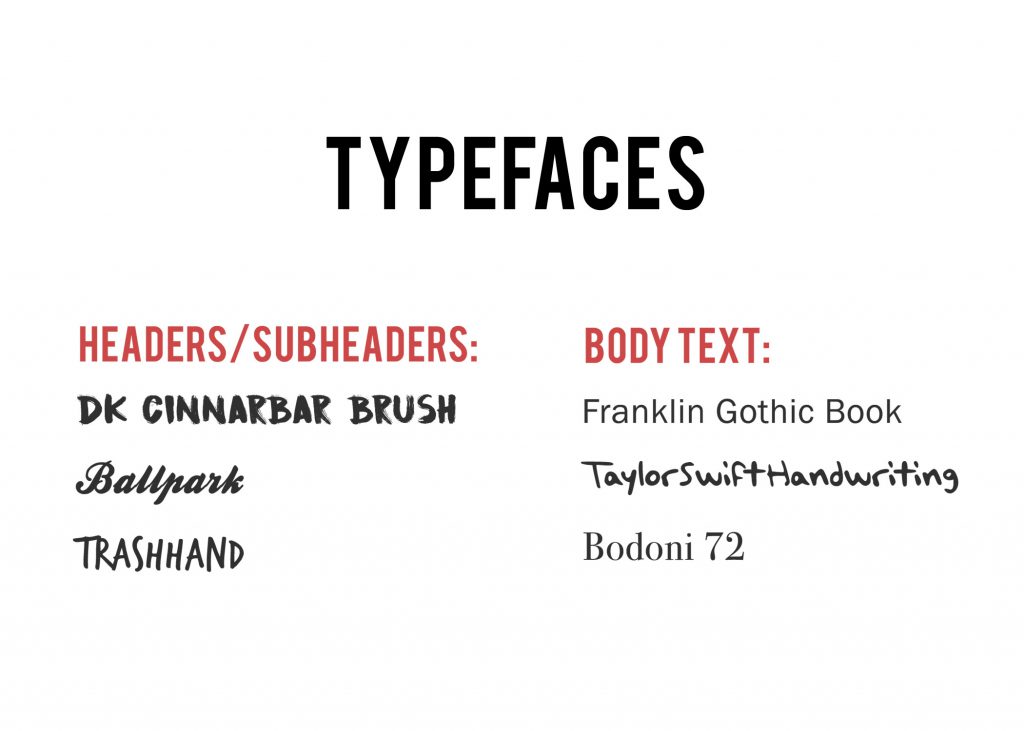
Inspiration (aka Moodboard)
These were some of the inspirations i got from pinterest to help with the designing of my covers and design layout of the pages and spreads:
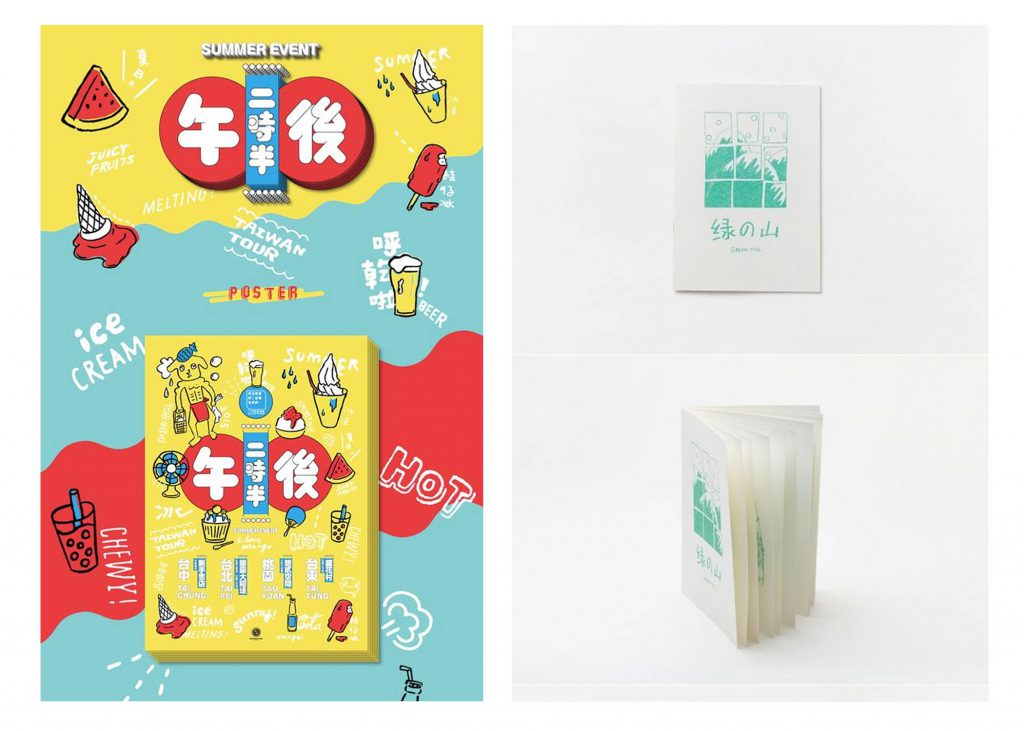
The above are some examples of illustration styles I wanted to try out in my zine and the image on the right was an early inspiration I had for the cover design – something simple and minimalistic. Riding on that idea, I came up with a cover design as seen later on in the next section.
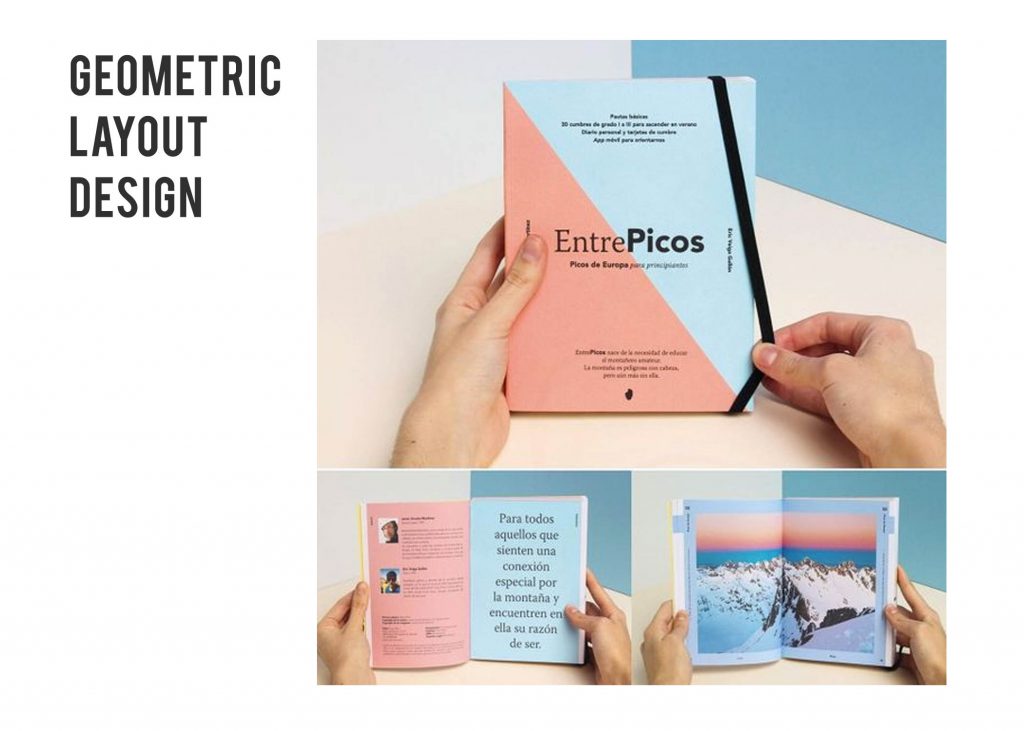
As for the above inspiration, it was for the layout design in particular the background. Since I was going for a illustrative look I felt that the background should be left simple and I happened to chance upon this inspiration – geometric looking borders and dual-colour background fills which you can see appearing in my zine later on.
 Some more inspirations for the colour and design. I initially wanted to go for a risograph feel you can see but after hearing how it costs a bomb, maybe not. But I really like the neon colours and the very comic/sketchy feel of it. Next section will be the digital look of my zine.
Some more inspirations for the colour and design. I initially wanted to go for a risograph feel you can see but after hearing how it costs a bomb, maybe not. But I really like the neon colours and the very comic/sketchy feel of it. Next section will be the digital look of my zine.
Flow of Zine (What each page/spread features)
- The Front Cover (right) and Back Cover (left)
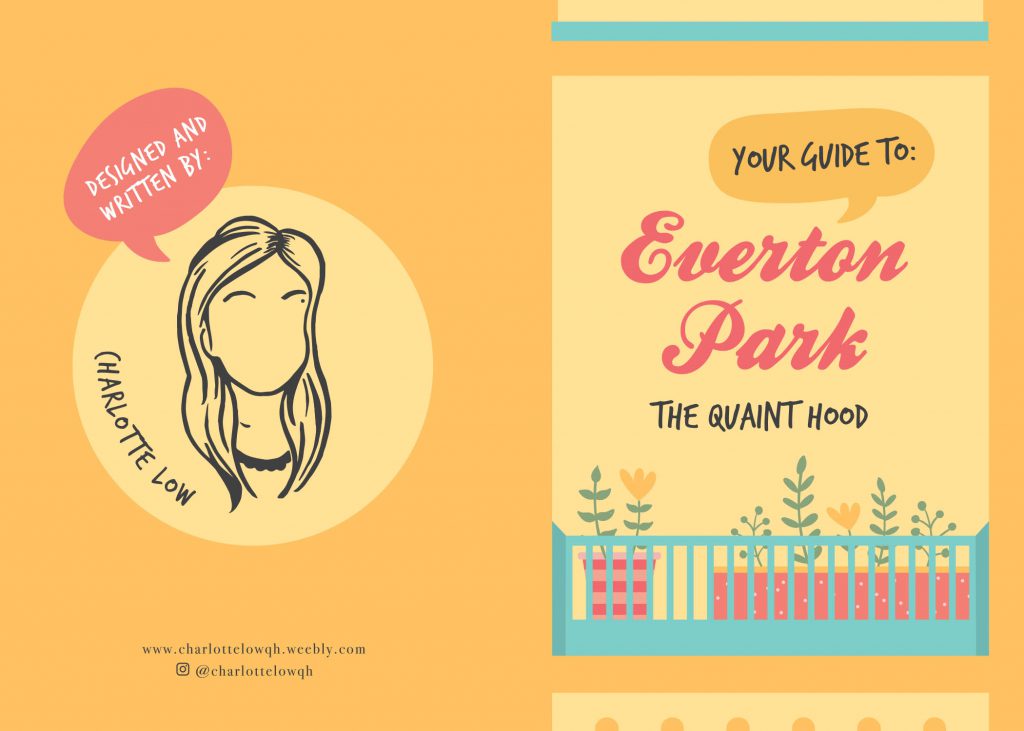
For the front and back cover design I initially intended to have it look like a cropped/framed view of one of the HDB block floor in the front with the hint of potted plants and all with the back cover a back view of the block like what you would see – the hanging of laundry, balcony etc. but eventually felt that by having such a design the architecture thing would be too overwhelming as you can tell that on the subsequent pages there’ll be hints of the HDB block again. Plus, doing up the details would’ve been too time consuming and having too many objects to look at takes away the main focus on the covers – the credits and title of the zine.
Thus I only kept the idea same for the front cover, suggesting more levels of the HDB block in the design instead of going with my original look which made the design look more like a frame/border surrounding the potted plants. As for the back cover, I decided to go with just a simple look, the credits: my social media handles and something like a logo design? (i’m not sure what that looks like but i’m very sure i’ve been excessively using that silhouette of mine since last semester’s final project for 2d; i think it’s becoming like an identity of sorts hahaha).
- Now diving into the contents of the zine. When you flip the cover, the first 2 pages you see forms a spread layout with the contents presented as an infographic.

Going with the idea of having the content flow from broad to narrow, the first spread featured an overview of Everton Park, what the place has to offer in a quirky fun infographic form using phrases, quotes and numbers and making use of the box grids from the architecture silhouette of the HDB block. You would have probably realised that this is an expansion of my earlier infographic for Part 1 of this project (visit the link at the bottom of the post to read more). In addition There’s also a small part which provides readers with directions on how to get to the place by MRT and what they should look out for in order to find the place after.
- The next spread. Instead of having a second spread, I decided to make them as pages. Continuing the flow of content, from an overview I started narrowing down firstly to a brief history of Everton Park for the page on the left and Ang Ku Kueh for the page on the right.

For the left page, I felt it would be pretty nice to start off with a brief history of Everton Park as with all other publications or anything whenever there’s a subject involved, there would be background information about it in the beginning. As the year it was established and how old the HDB estate was was pretty much all the historical information I could gather online about the place, I decided to pair it up with some anecdotes from the residents who have lived there, store owners and those who are living there to make it more personal and a little nostalgic. One of the interviewees I managed to get an anecdote from was Mr Yip Yew Chong, the local artist whom I have constantly mentioned throughout my past few posts because of the 2 wall murals he has painted just round Everton Park – They look super gorgeous!!
Whereas for the right page, I decided to do a feature solely on Ang Ku Kueh. Why Ang Ku Kueh you may ask, it is because of an observation I gathered. I realised when mentioning Everton Park to others, first thing they would mention about the place would be that it is home to the famous Ang Ku Kueh confectionery, Ji Xiang Confectionery that has been around for close to 30 years to date (since 1988). And rather than having a full boring page of information just dedicated to the store like an interview feature of quotes by the store owners, reviews and what flavours they have to offer etc. I thought it would be more fun to have it as a thematic feature page with Ang Ku Kueh as the theme. So I started with a brief description of the confectionery followed by fun facts and Ang Ku Kueh related content after. How I came up with the fun fact idea was from online research I chanced upon on Ang Ku Kueh. Turns out the Ang Ku Kuehs that you receive at a baby’s full month comes in different shapes and it is determined by the newborn’s gender! For baby boys, the Ang Ku Kuehs you get are in a simple pointed shape whereas for the baby girls, the couple will give out the normal round ones with the intricate mould design that you will usually see when you buy the confectionery. Thought it would be an interesting fun fact to know! I personally was fascinated by it! For the remaining space, I featured some Ang Ku Kueh themed merchandises like keychains, totes, plushies from local designers and their brands like Ang Ku Kueh Girl, wheniwasfour etc.
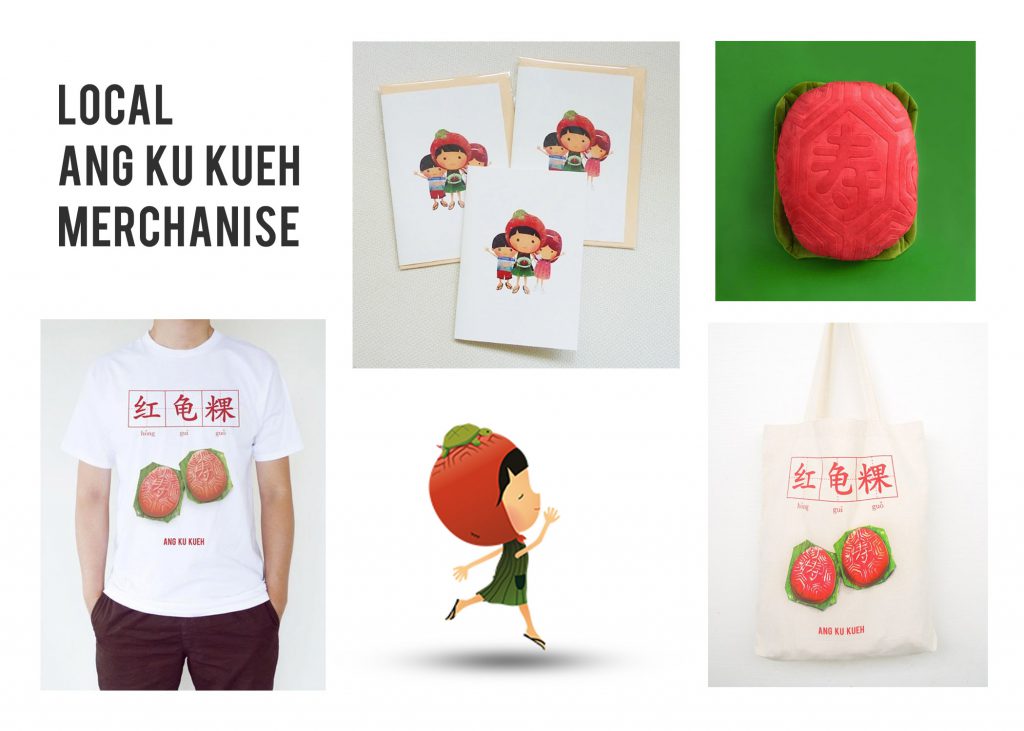
- The final spread and the last content for the whole zine features 5 cafes to check out at Everton Park. As simple as it looks, it is really just a quick food guide to follow up on the previous page’s theme of food.
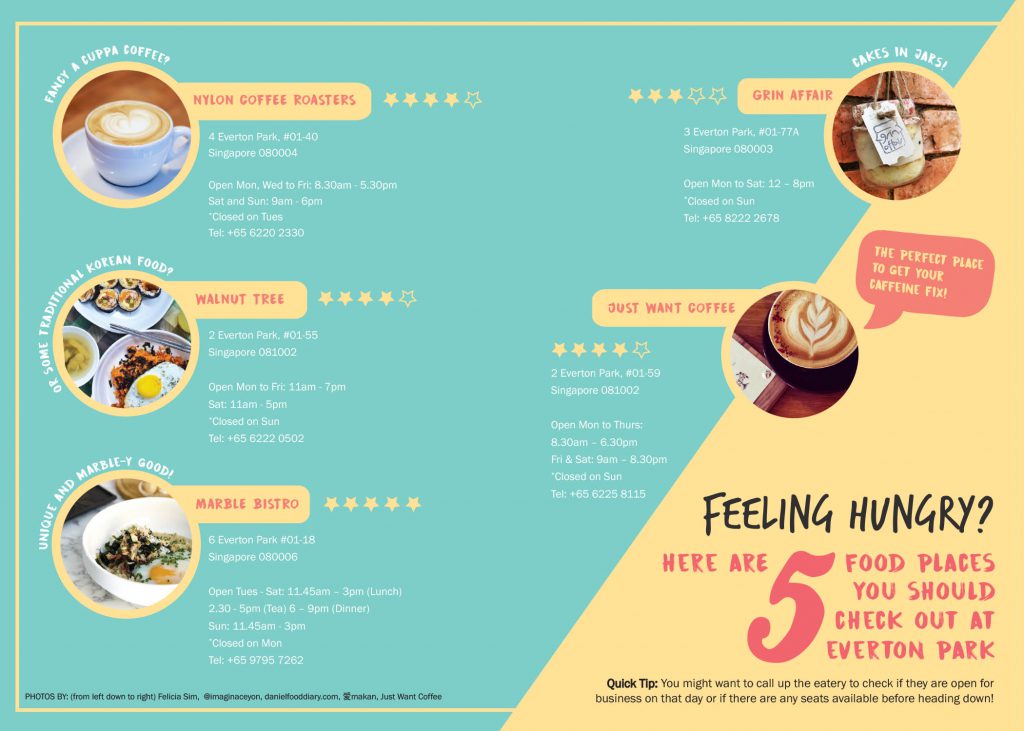
Curation of the content on this page wise is really just the address of the place, its opening hours, and ratings shown through the commonly used stars symbol. I had intended to add descriptions of what each cafe has to offer but to prevent the page from looking too wordy and making the information hard to digest, I settled for simple and short phrases to describe the food place and it surrounds the circle-cropped image for each cafe. As to how I decided on these 5 cafes to feature: Uniqueness (e.g. different country’s cuisine how they prepare their food) and of course, the ratings! This definitely required some researching… and ah, spot the speech bubble that I mentioned early on under art direction too!
Change(s) in idea/execution
Actually there weren’t much changes in ideas and execution along the way. Overall it was more of change in the order of content (going for a old to new/broad to specific), which content goes onto which page and also playing around with the design layout.

If there were any major changes it would be for this page as during group consults, most of my classmates and Joy brought up the issue of not knowing where to look (the visual hierarchy was missing). The “Did You Know” seemed like the header for both the fun-fact and the “Ang Ku Kueh Companion” bit. Eventually I went ahead with a classmates’ suggestion of colour blocking since I had this consistent geometric background thing going on as my background and it worked! Thanks Yi Ling 🙂
Challenges
One of the challenges faced was definitely printing the zine. Having printed a publication before in polytechnic, I thought printing wouldn’t be a problem at all. As mentioned during the inDesign workshop, some printing shops are able to help you settle printing just by saving in pages but some you had to save in spreads and with spreads came proper visualisation of the pagination like which page match would match with which.
A visual aid for better visualisation – Basically what you see in inDesign vs the layout you’re supposed to have when you export as spreads to achieve the correct pagination:
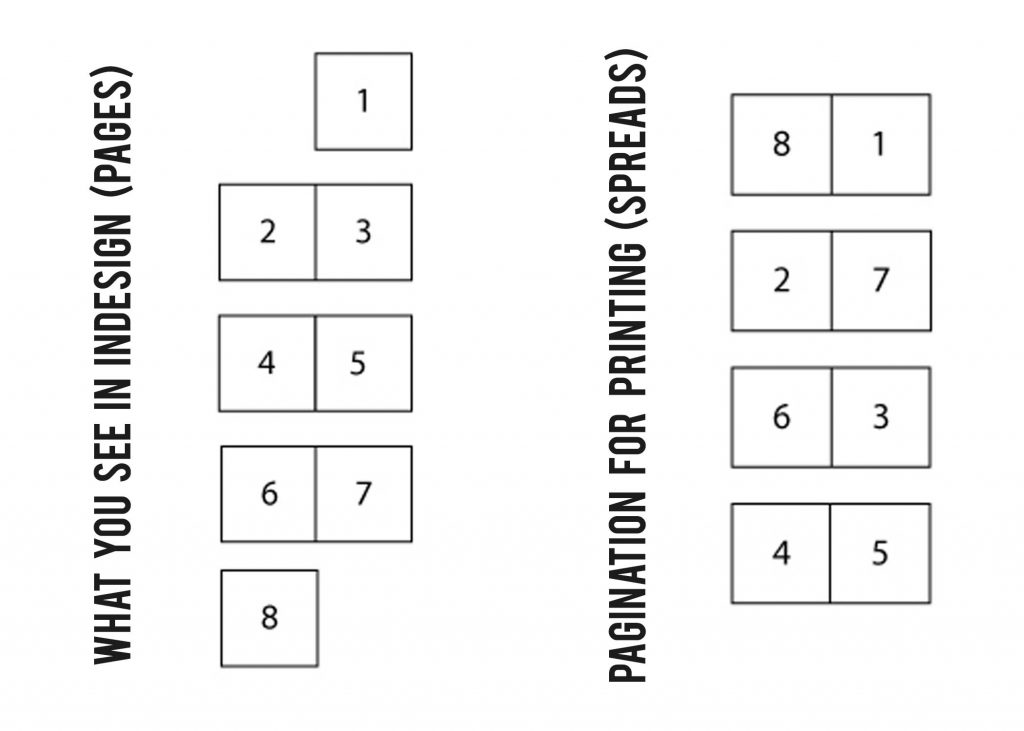
A HUGE HUGE PITY: Firstly, I think I’ve wasted quite a bit of money as I couldn’t get the printing right in terms of alignment (the bulk of it) and pagination (initially) and because of these continuous errors, I eventually got so focused on getting them right that I overlooked if all my content was printed out properly. Only till presentation day and after the silent round-table peer critique did I realise that an image on my first spread got cut off after reading my classmates comments AHHH. Internal panic but I guess I had to acknowledge that, if not the zine would’ve been perfect. The printing shop was super nice to actually help manually align the pages for me so that when printing on double sides, the alignment wouldn’t be off. Lesson learnt!
Enjoyable moments, etc.
Pretty sure that majority would’ve found this particular part of the zine project rather dreadful but as much as inDesign was a “pain” I believe to many, I really enjoyed the process! And especially when you print the zine, that feeling when you see your own fruit of labour… :”) Personally I really enjoy designing, editorial design so this project felt like my way to destress except since we were given a tight deadline it felt rather pressing at times when you get art blocks.
All in all, I really enjoyed 2d so much, those sweet post-it messages of feedback my classmates for every critique session, and being under Joy for the past 2 semesters have been so fruitful. I’ve learnt so much. Thank you Joy for being so encouraging and nice!!
I’m bummed, my utmost favourite foundation module is officially over 🙁
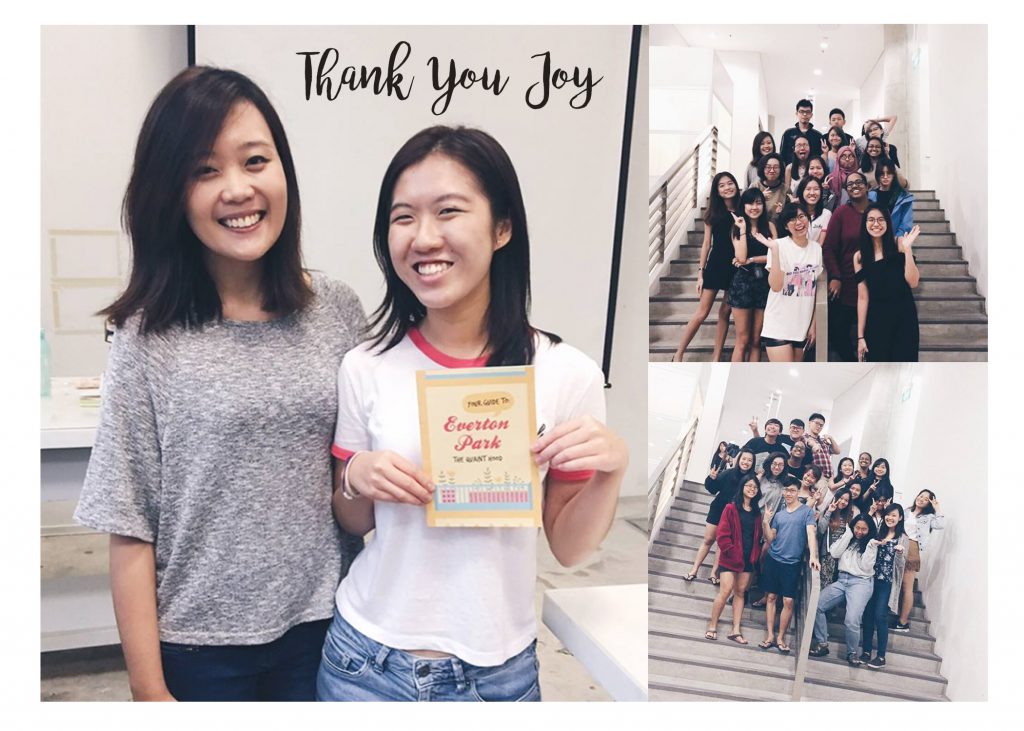
And finally, here you go! The links to Part 1 my of Zine: Neighbourhood Explorer (Infographic):
Research: https://oss.adm.ntu.edu.sg/char0066/neighbourhood-explorer-zine-research/
Final: https://oss.adm.ntu.edu.sg/char0066/neighbourhood-explorer-infographic/
